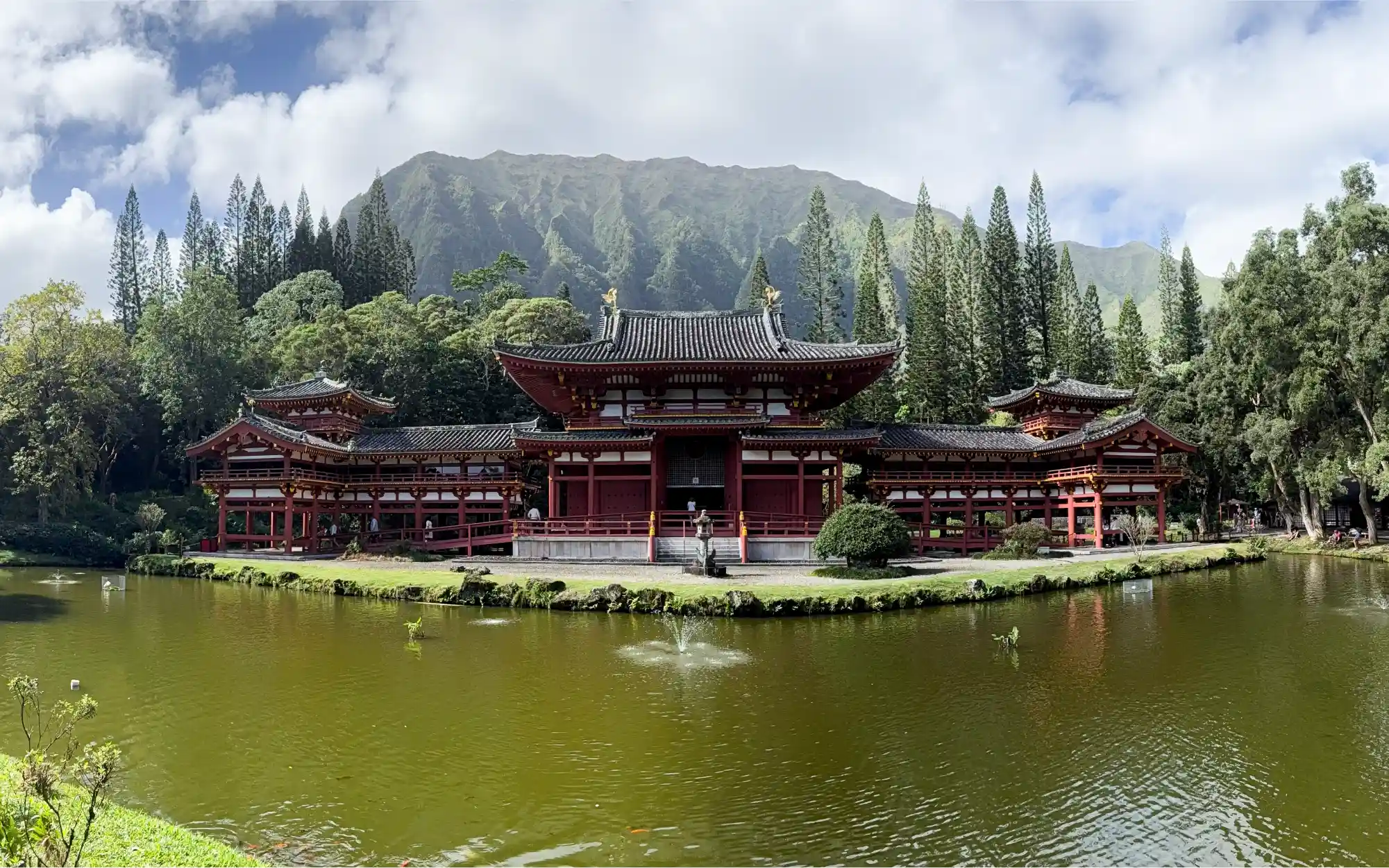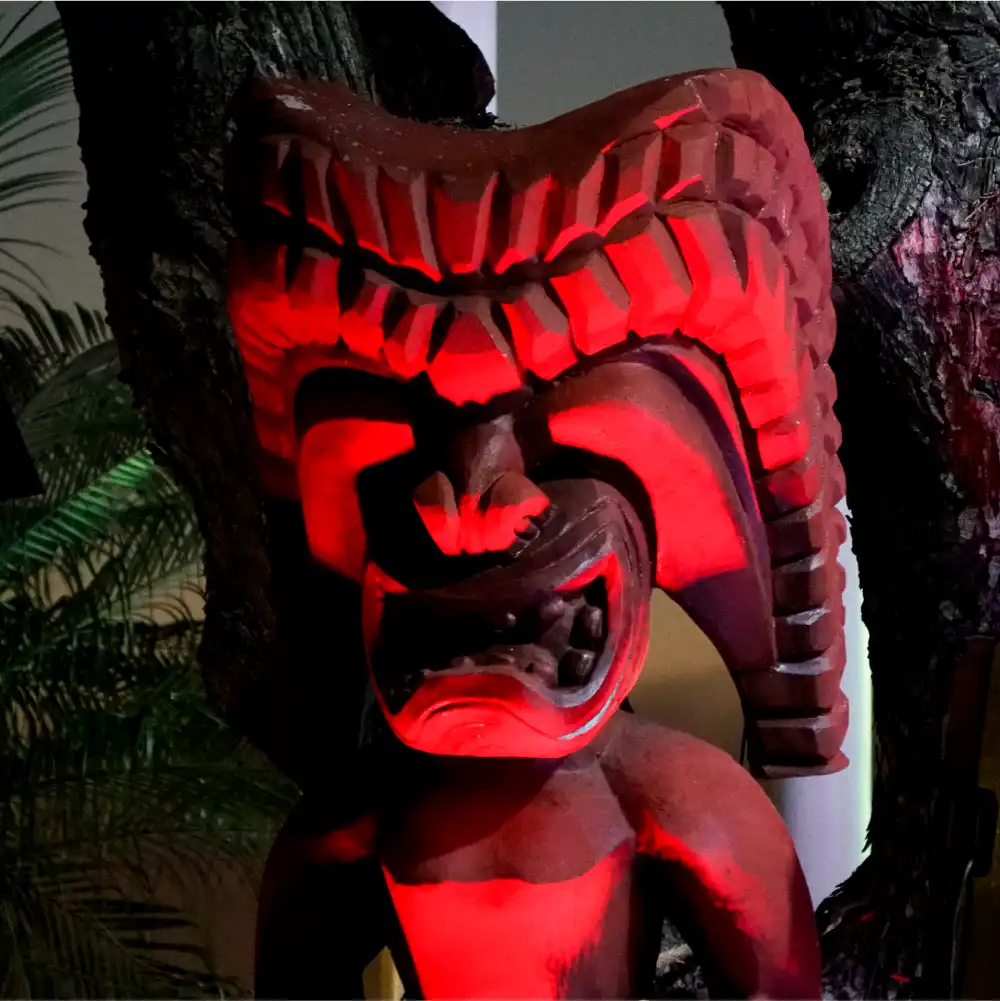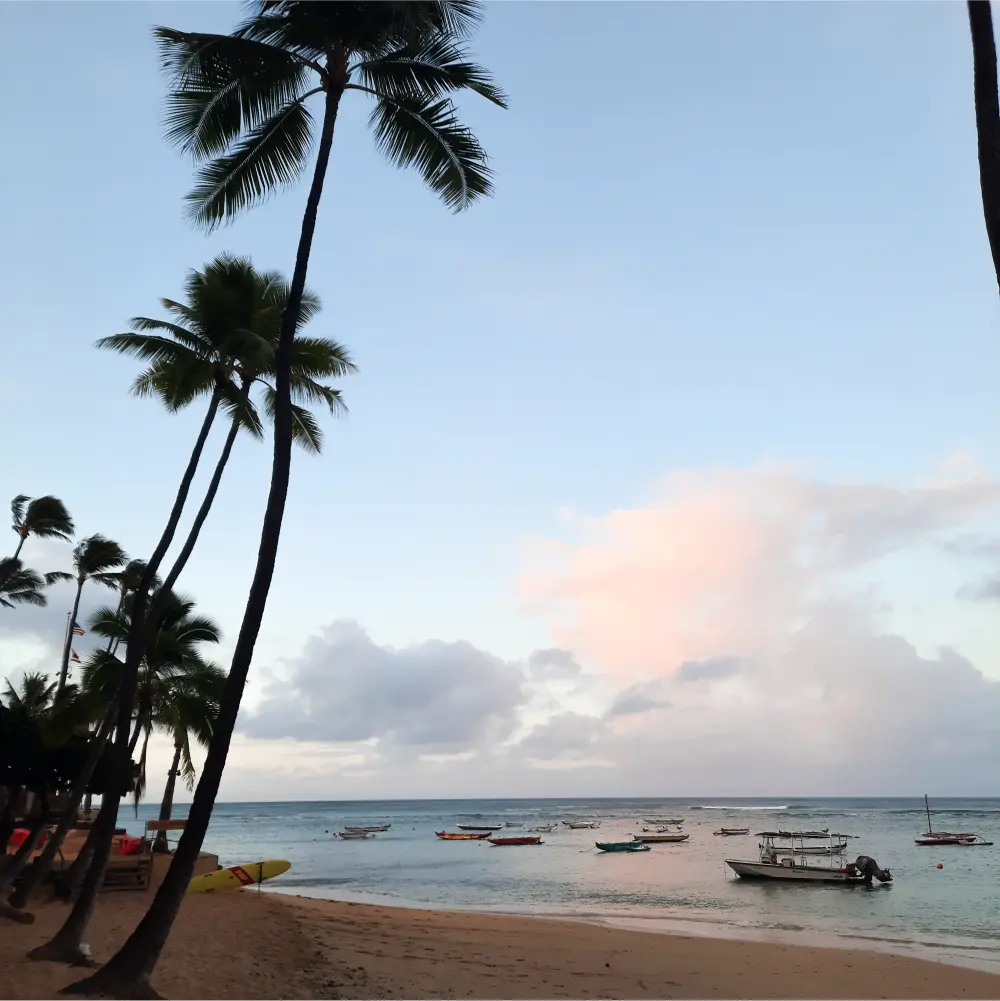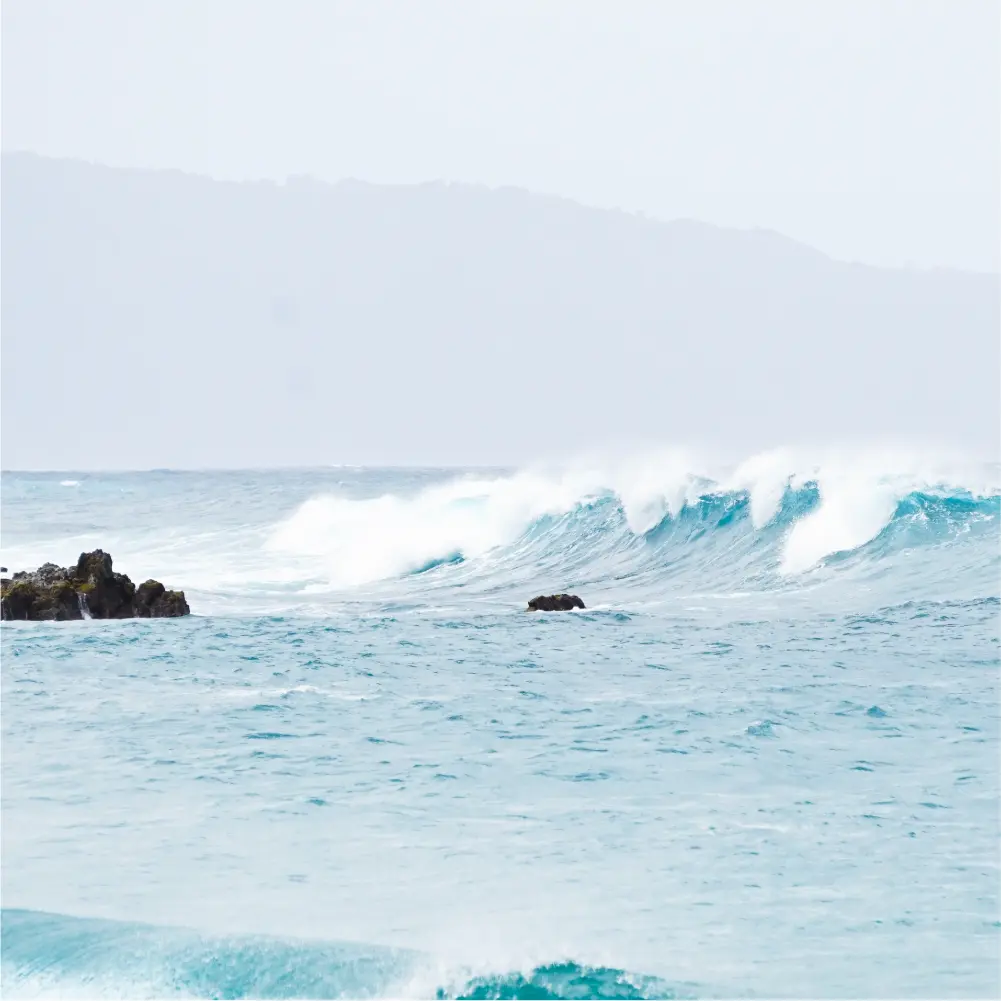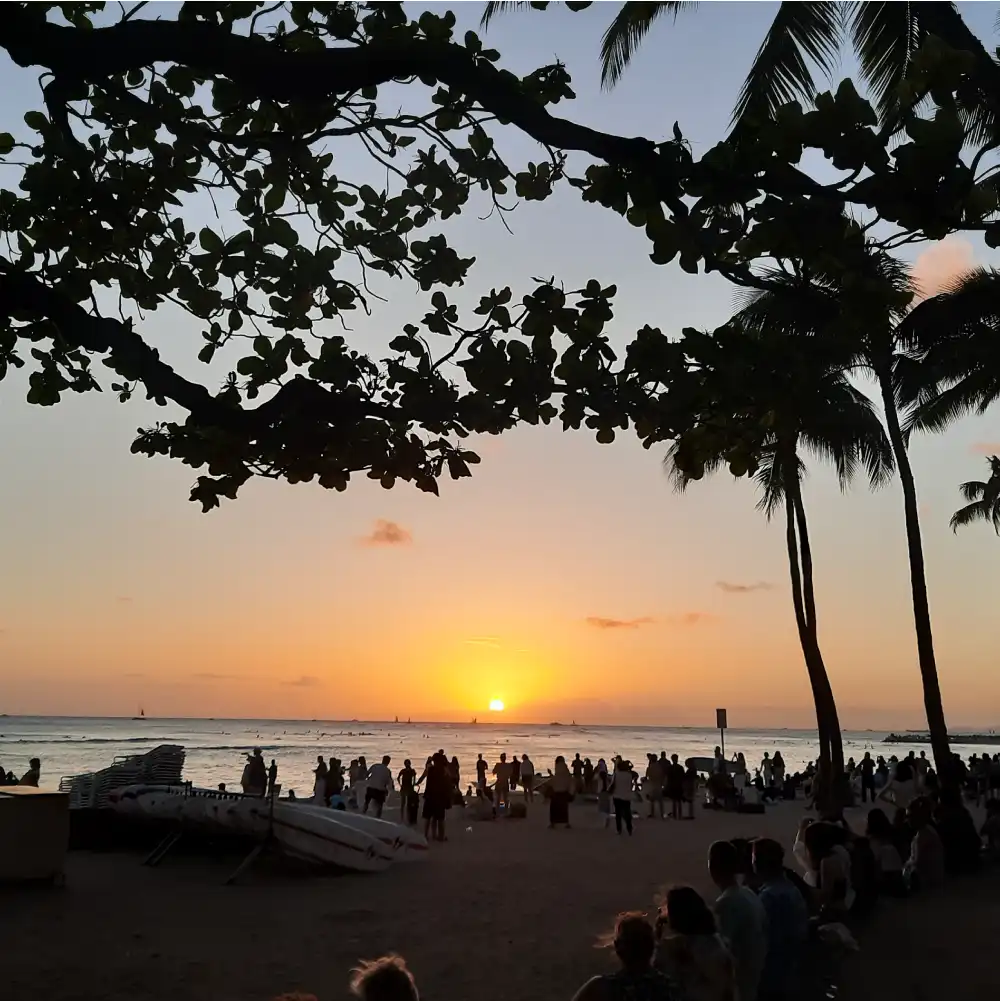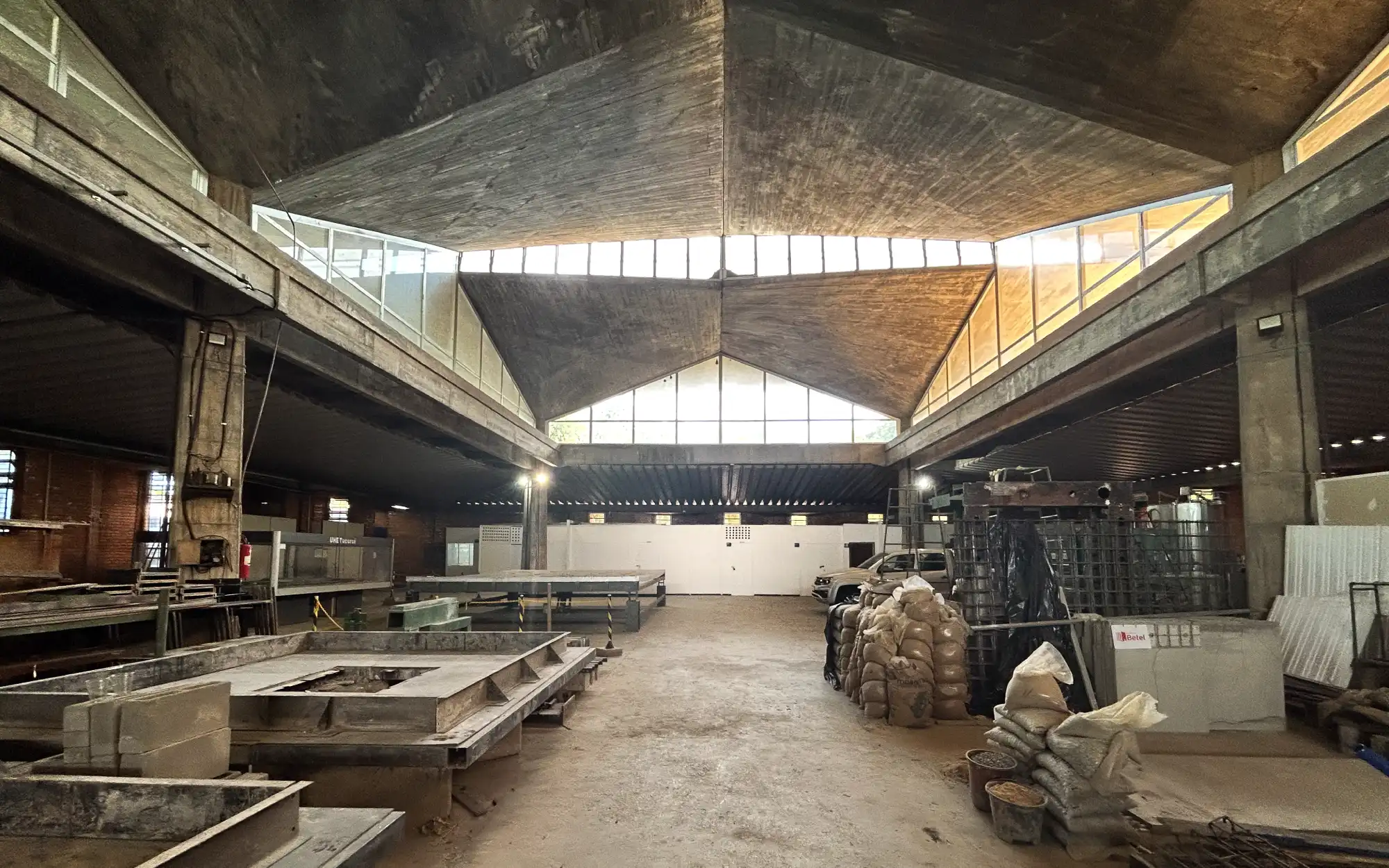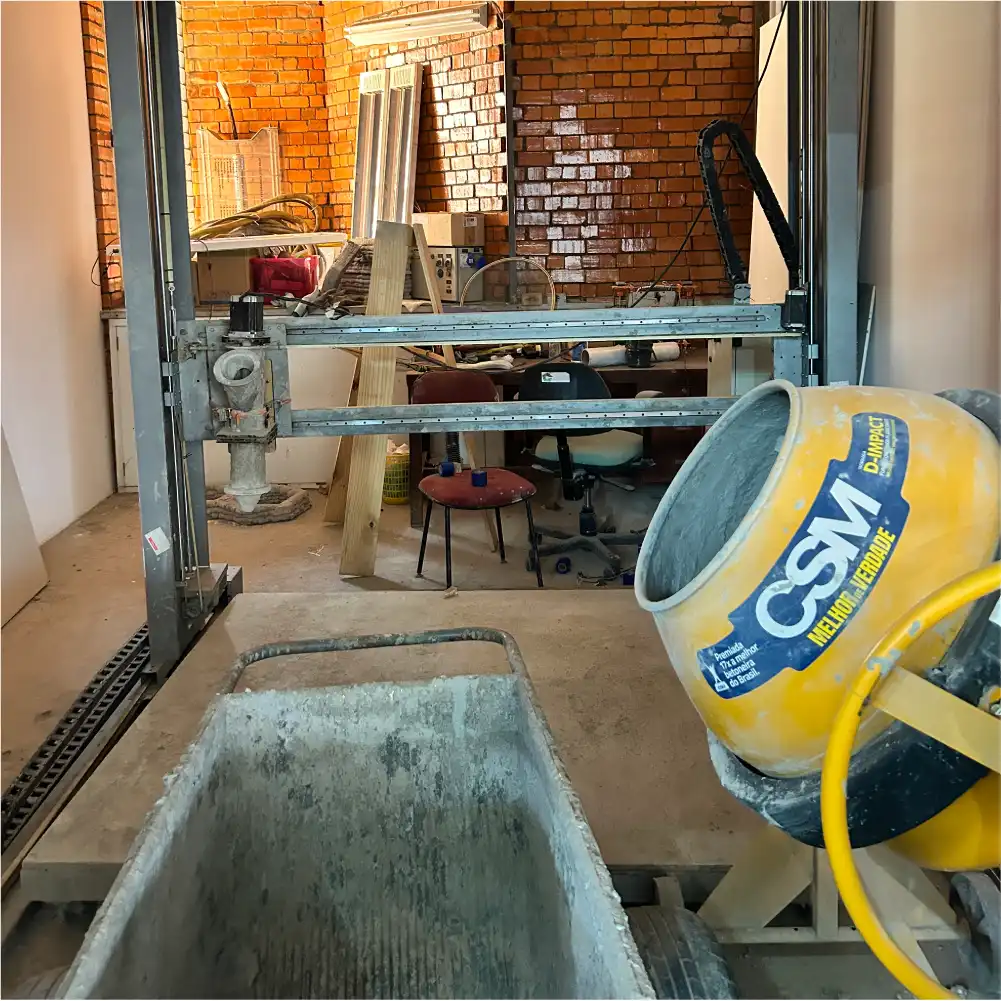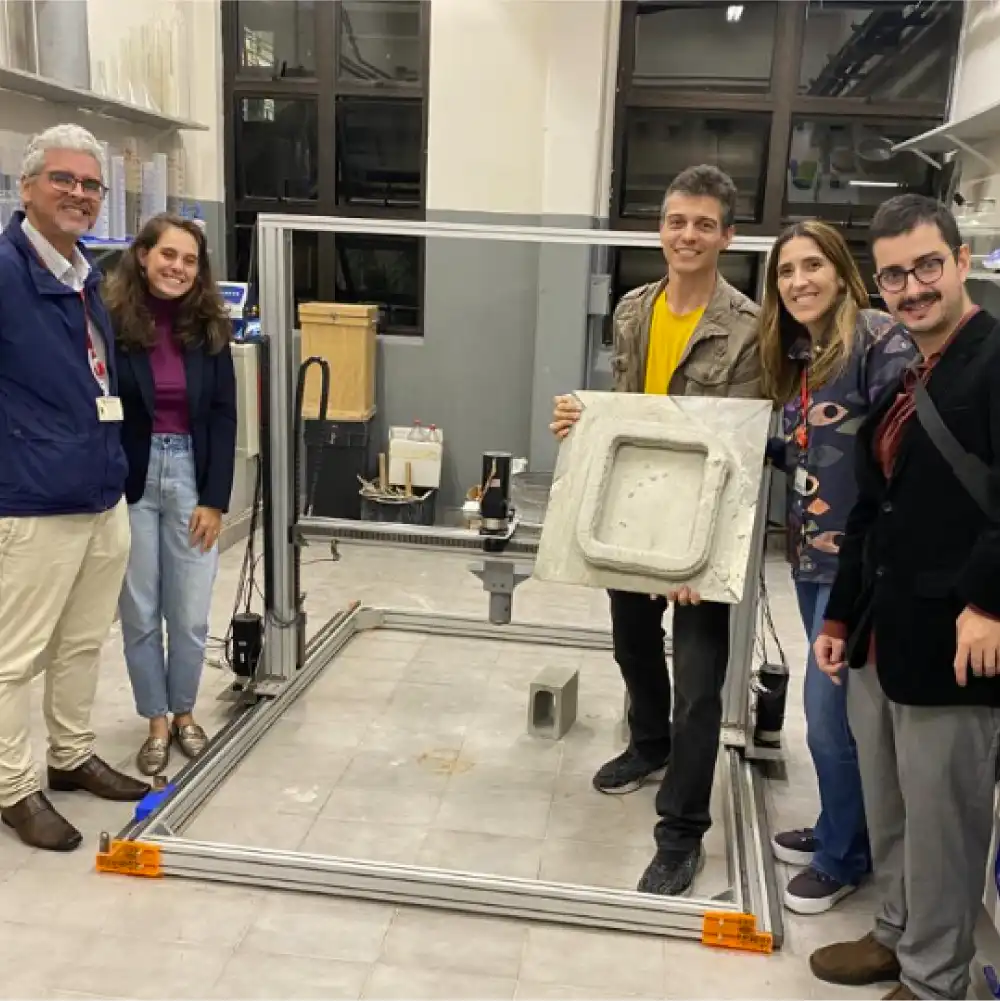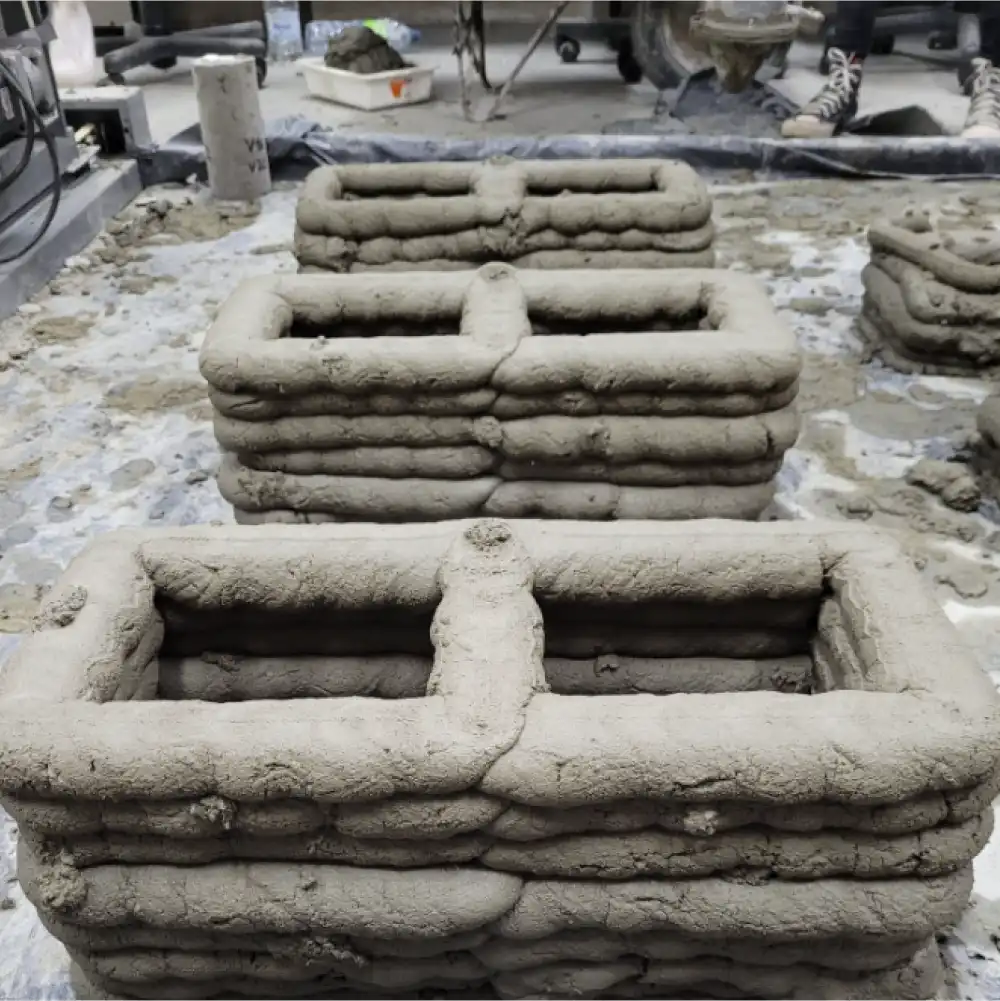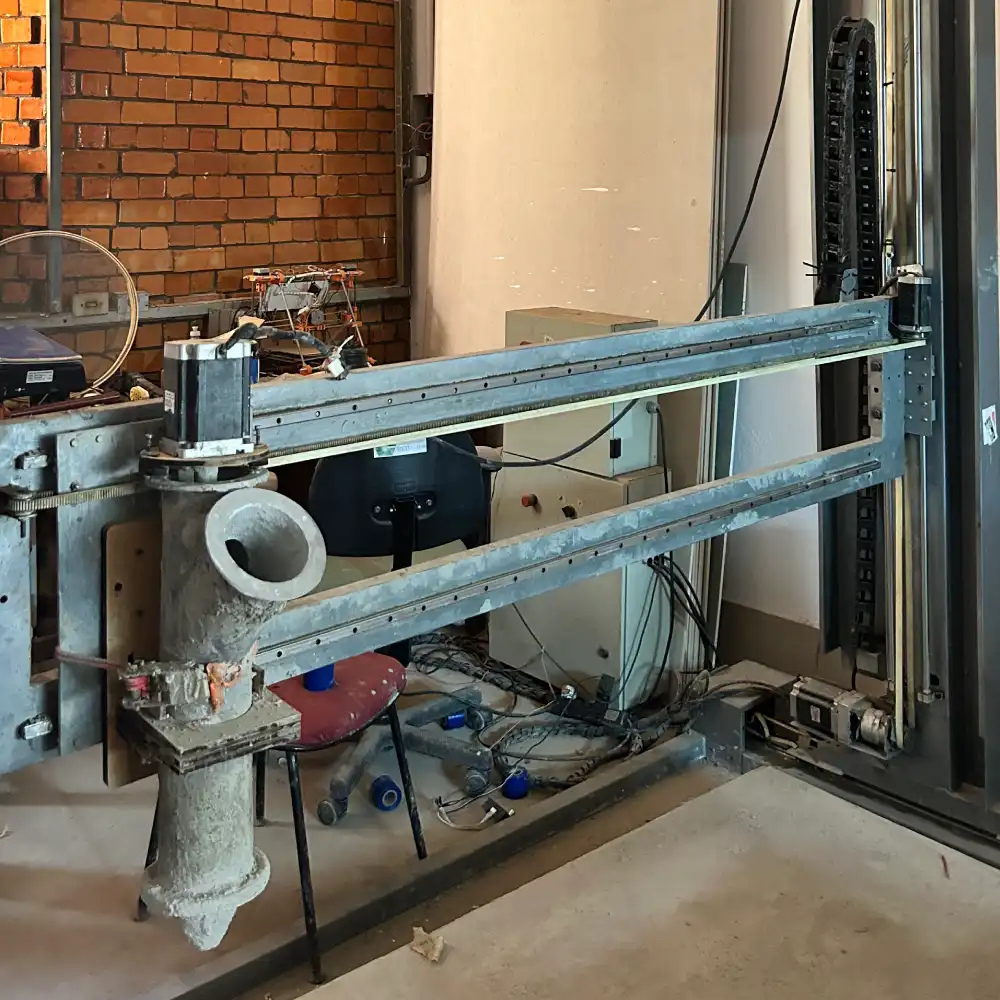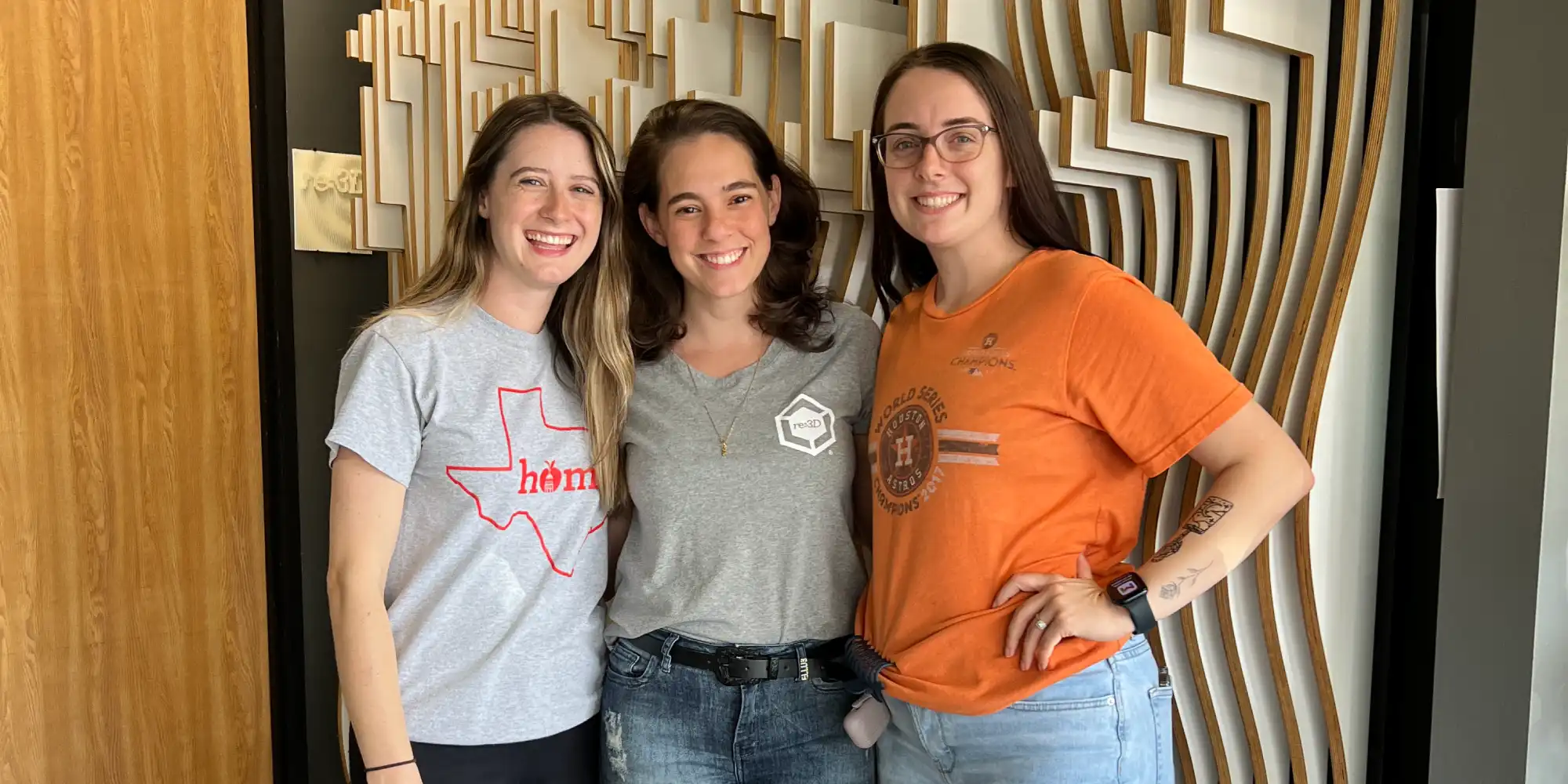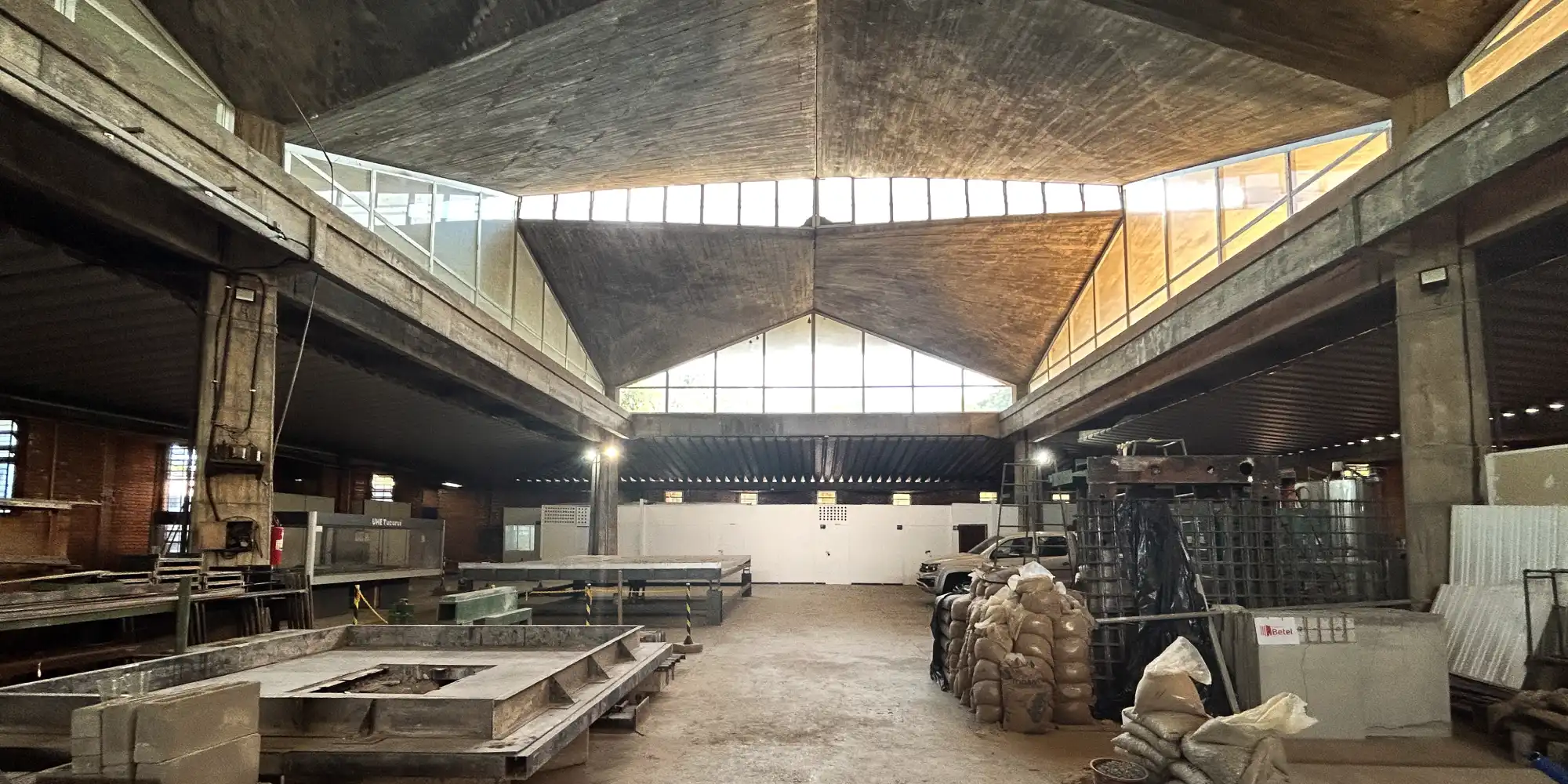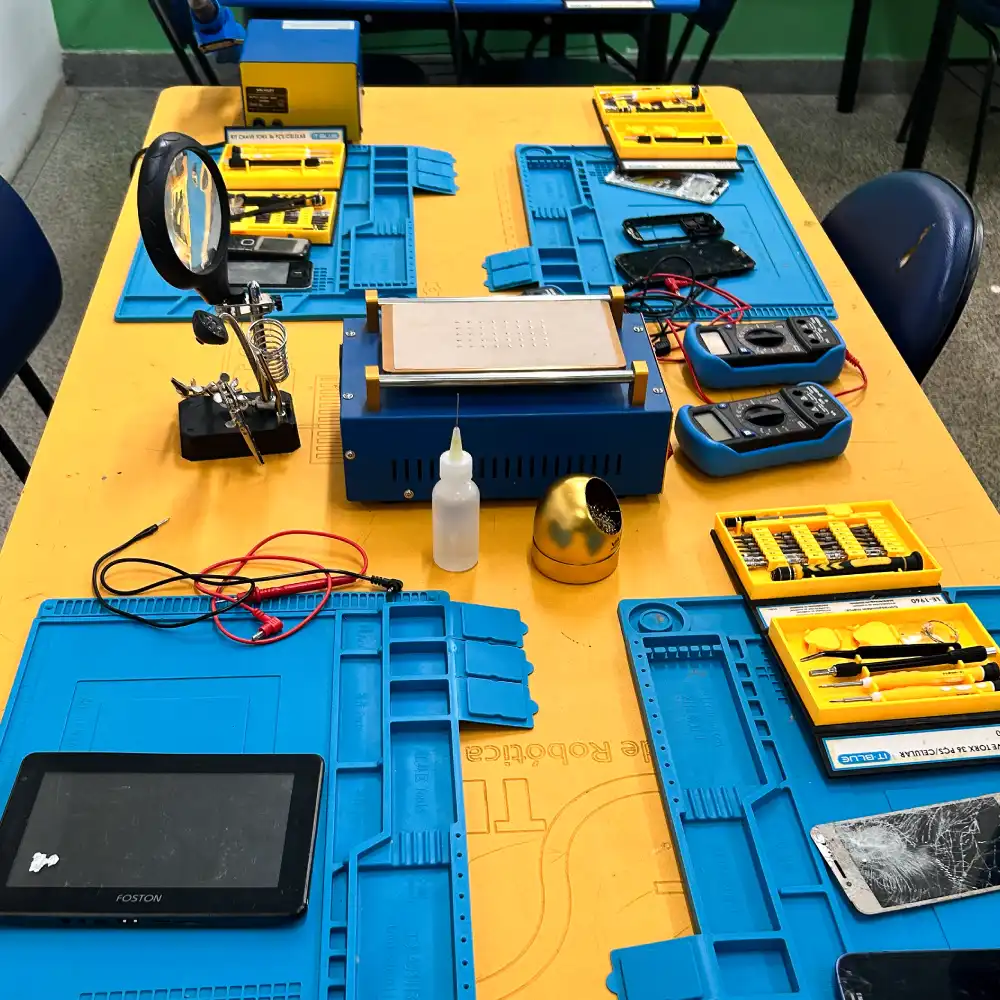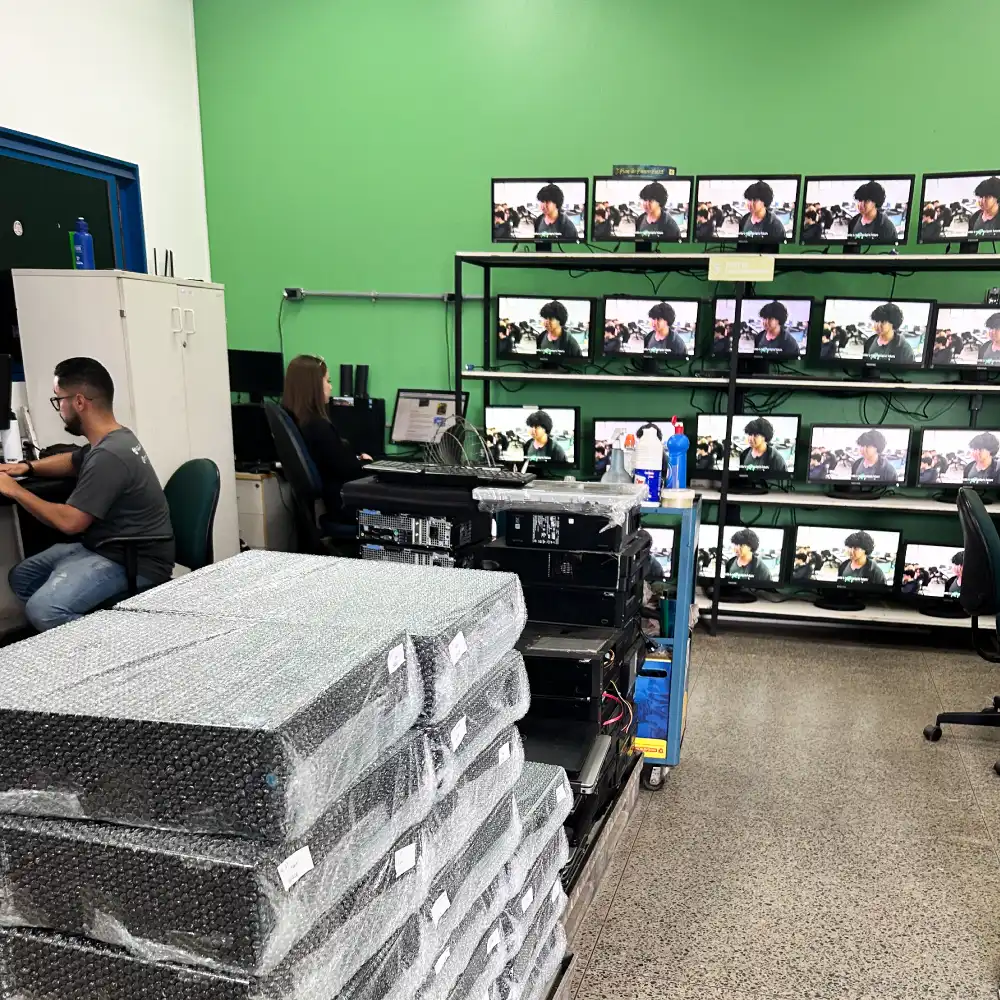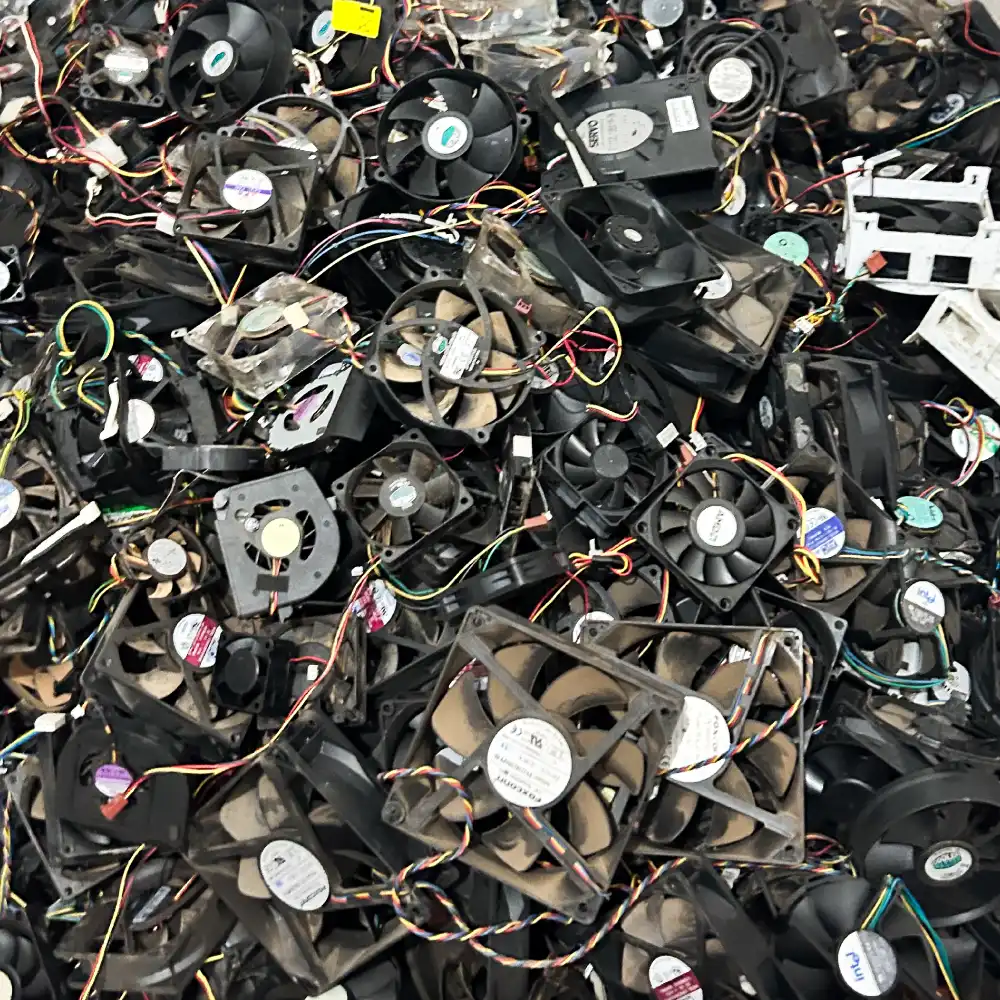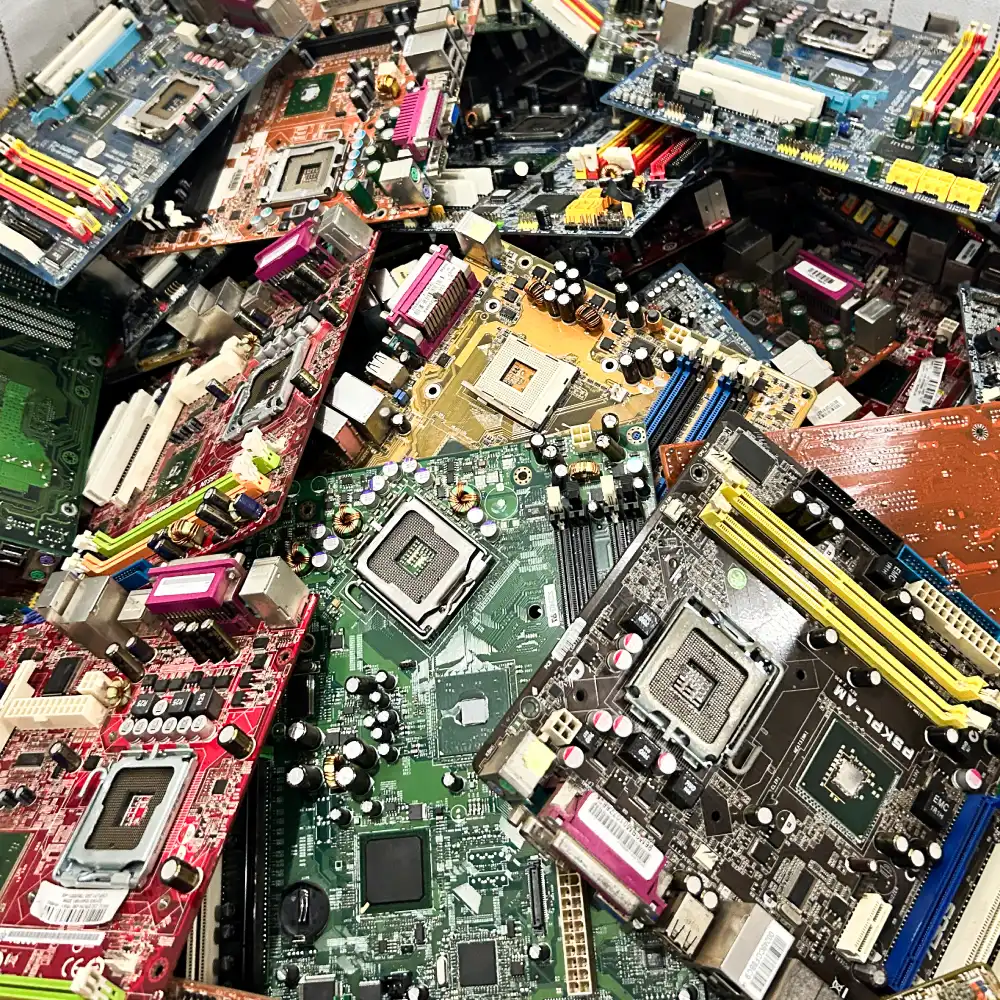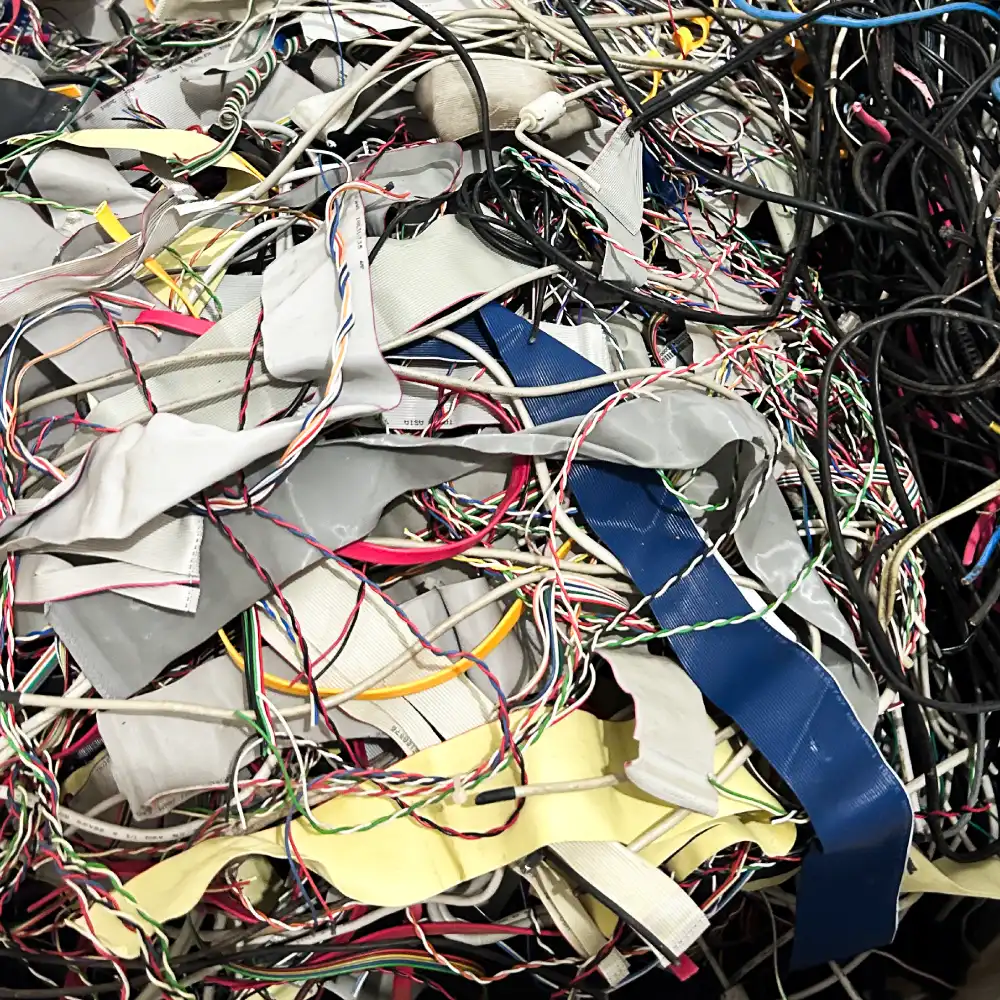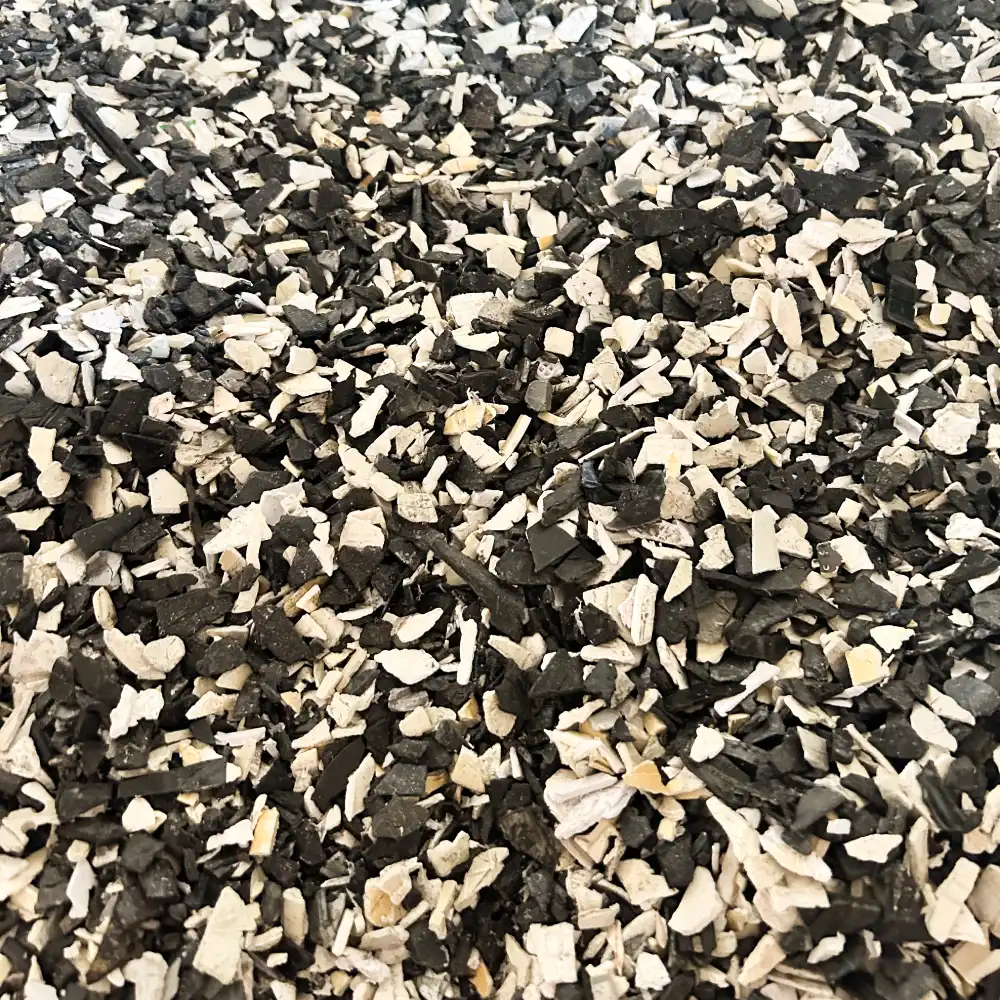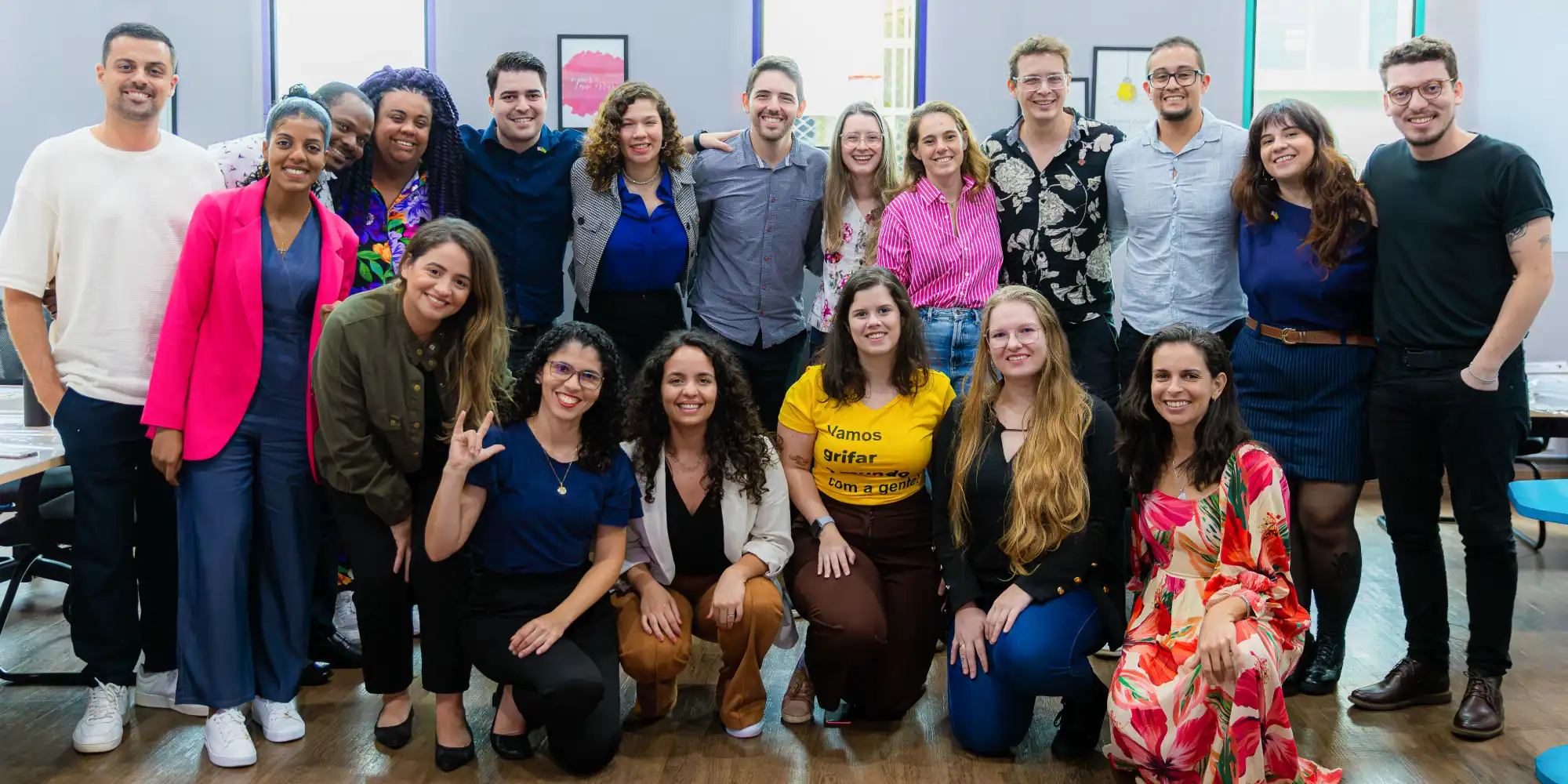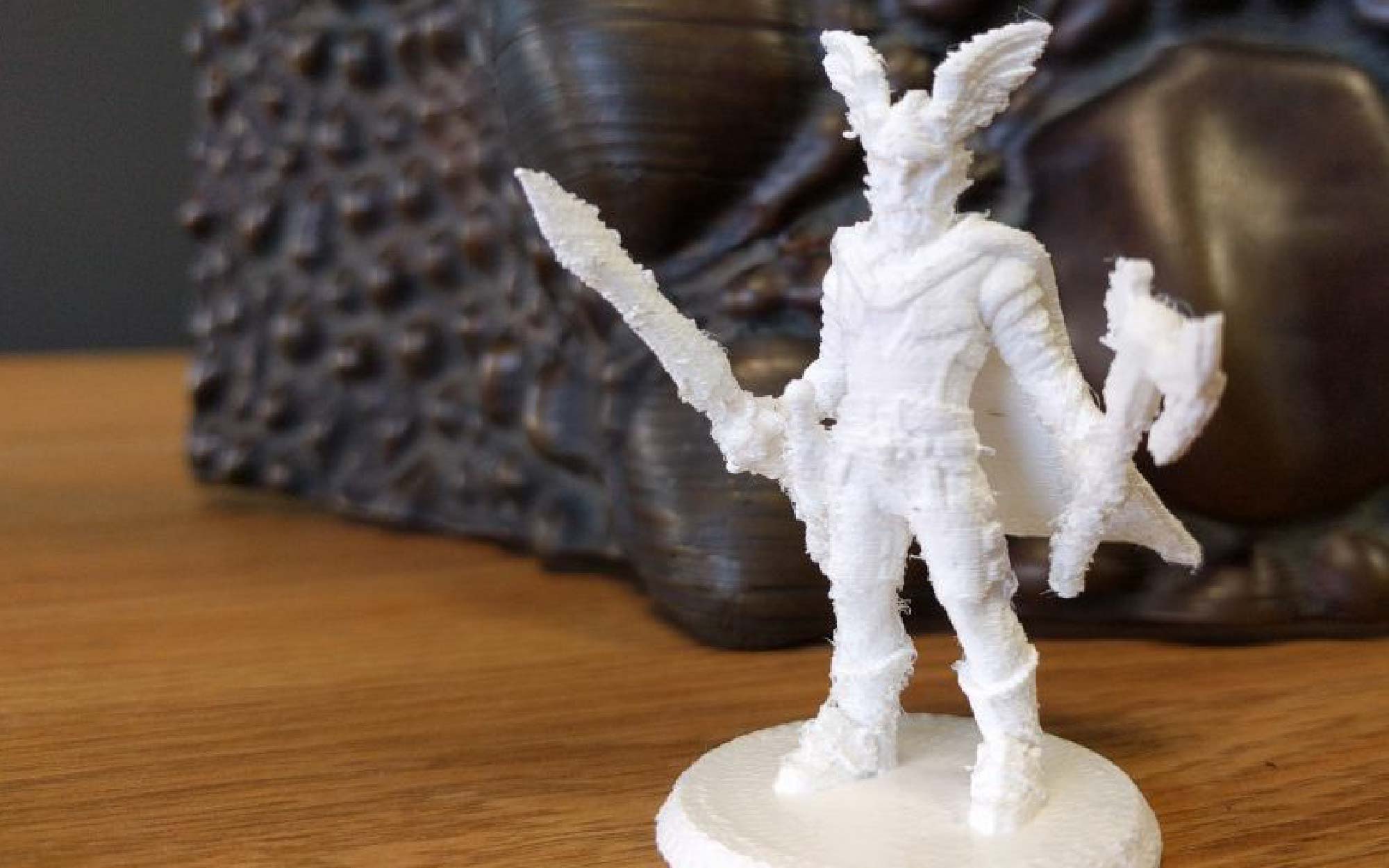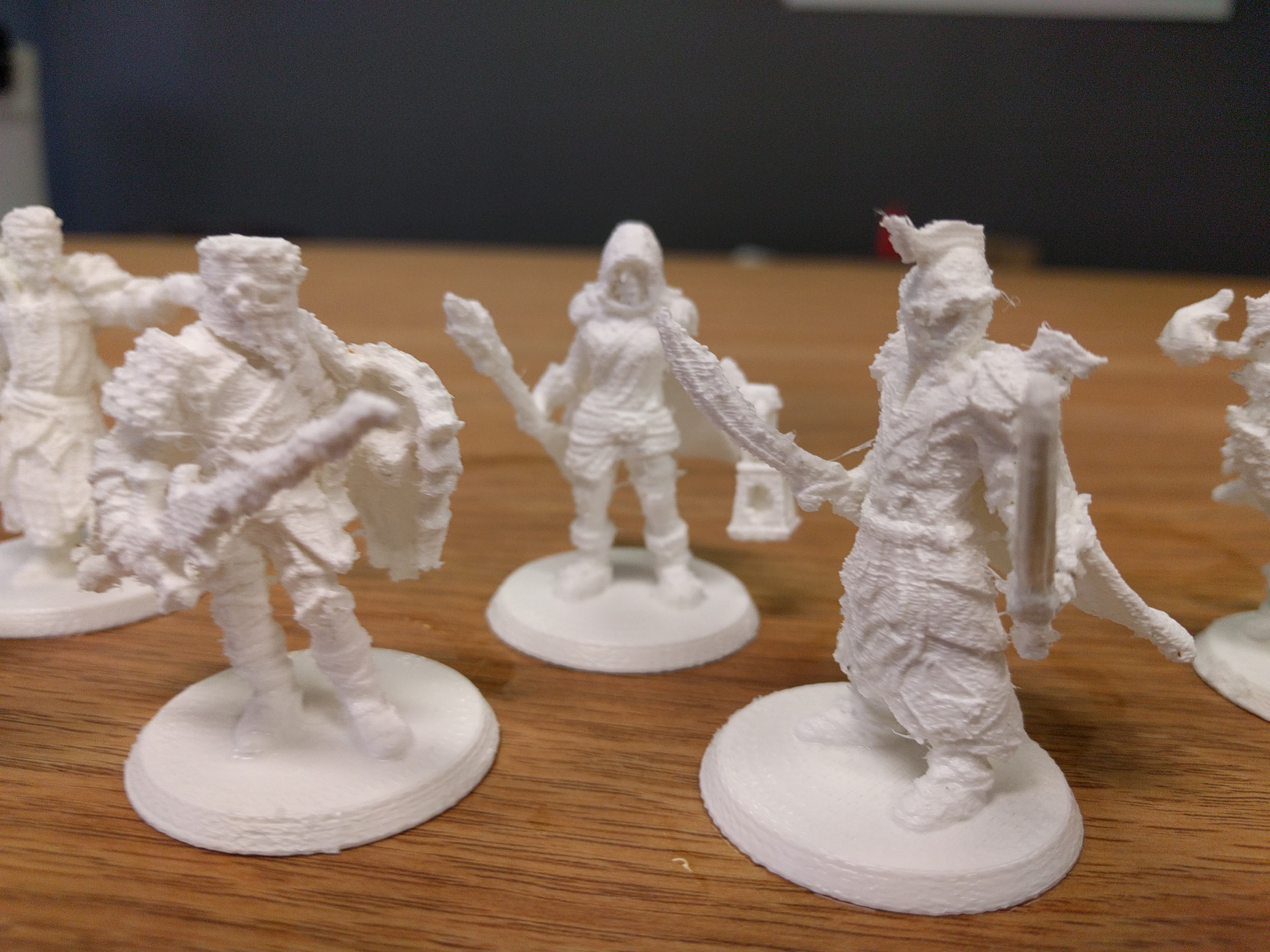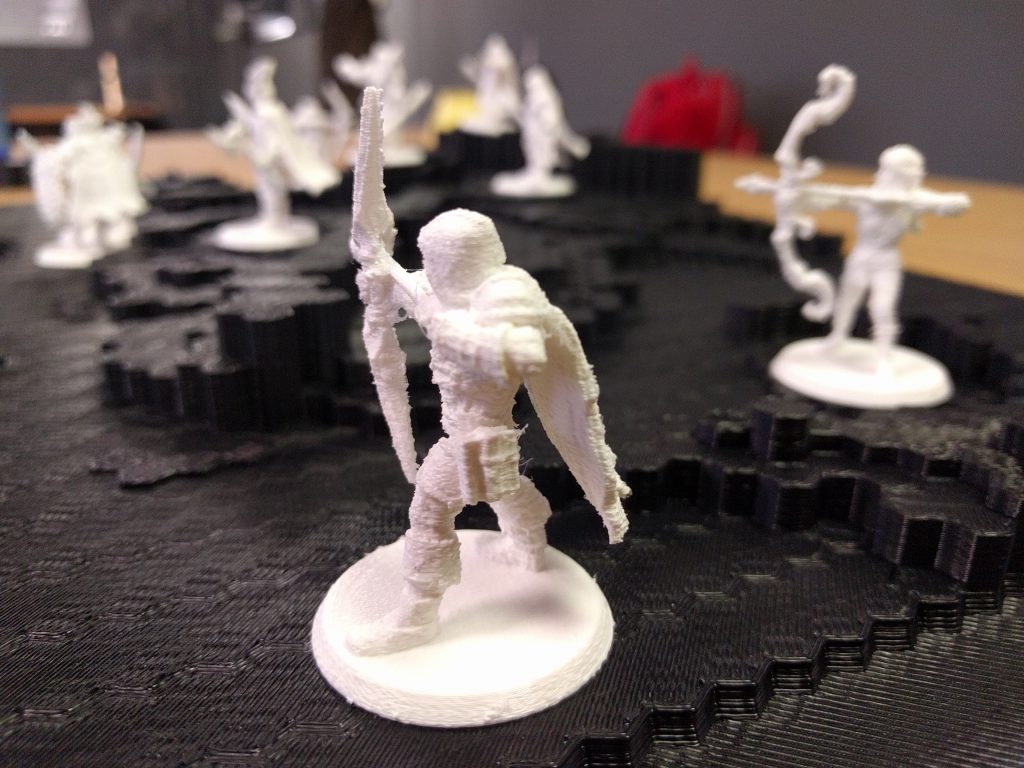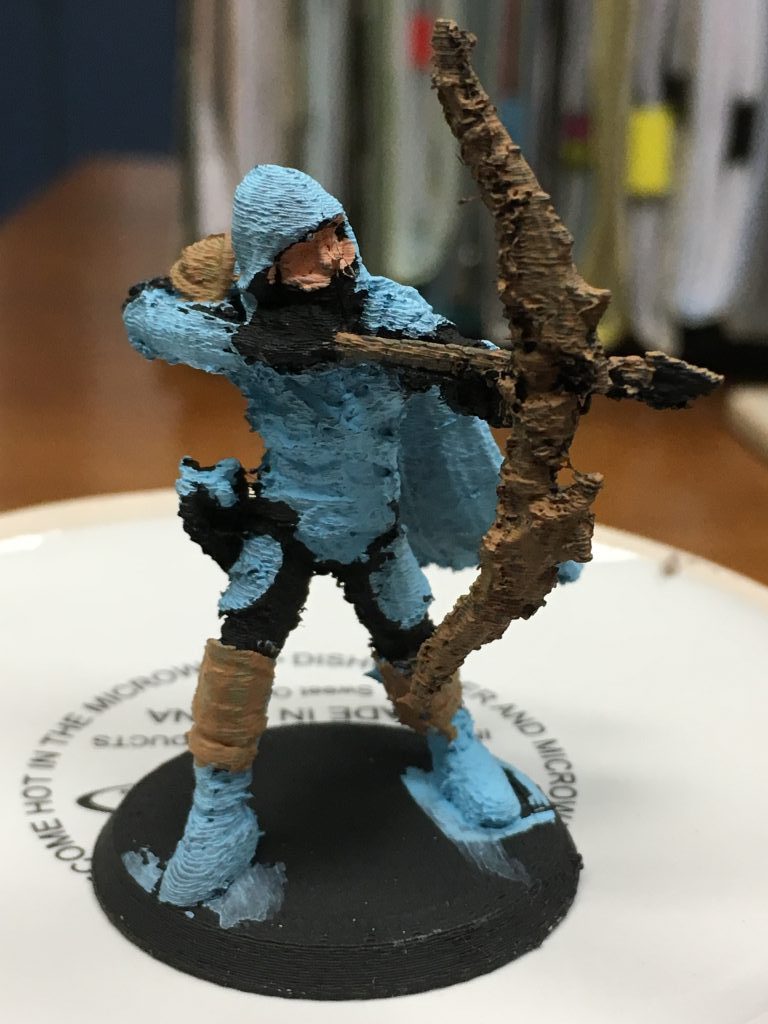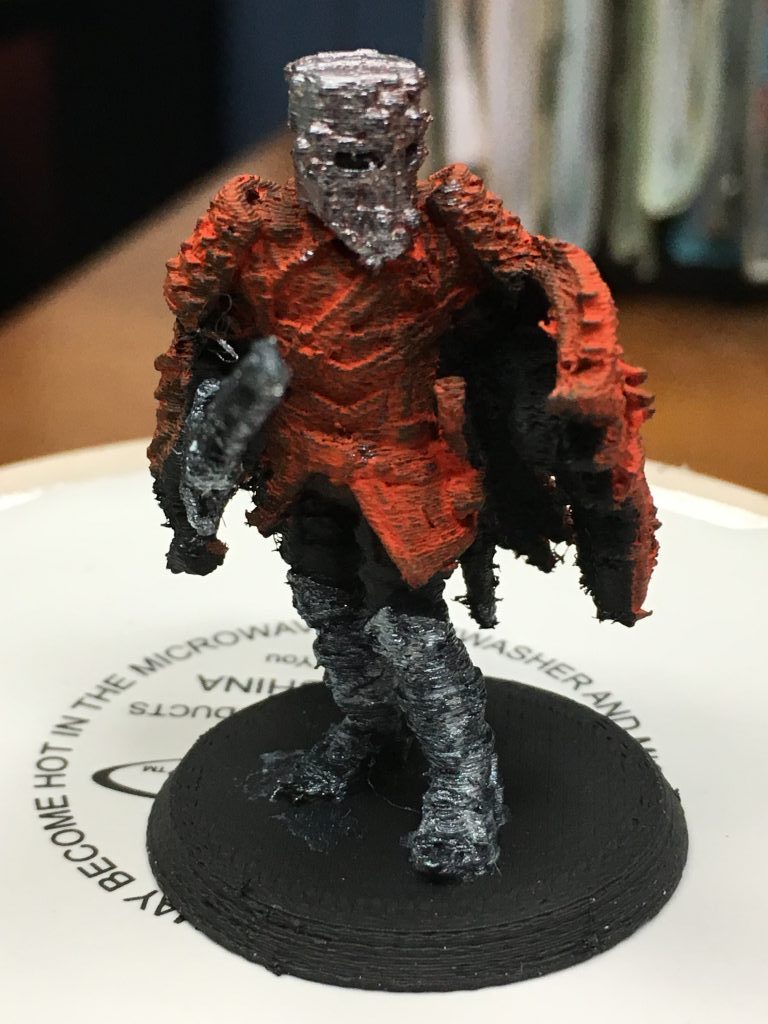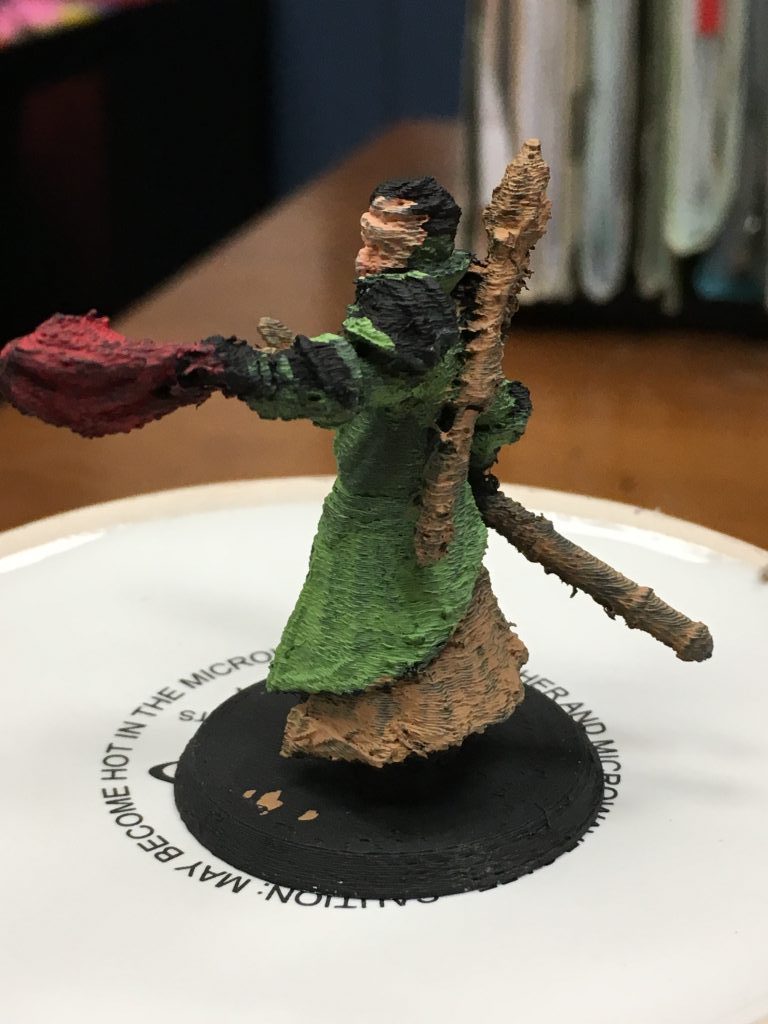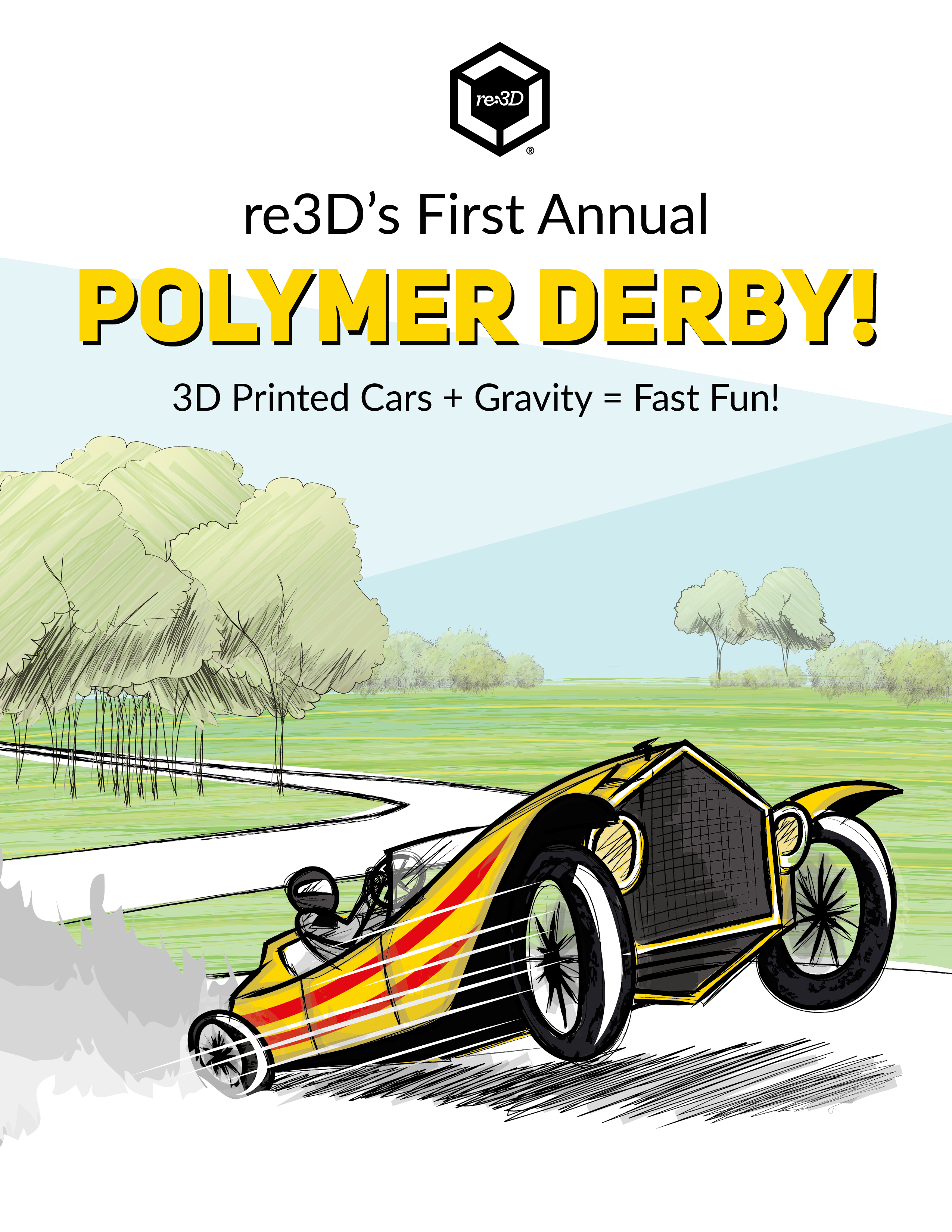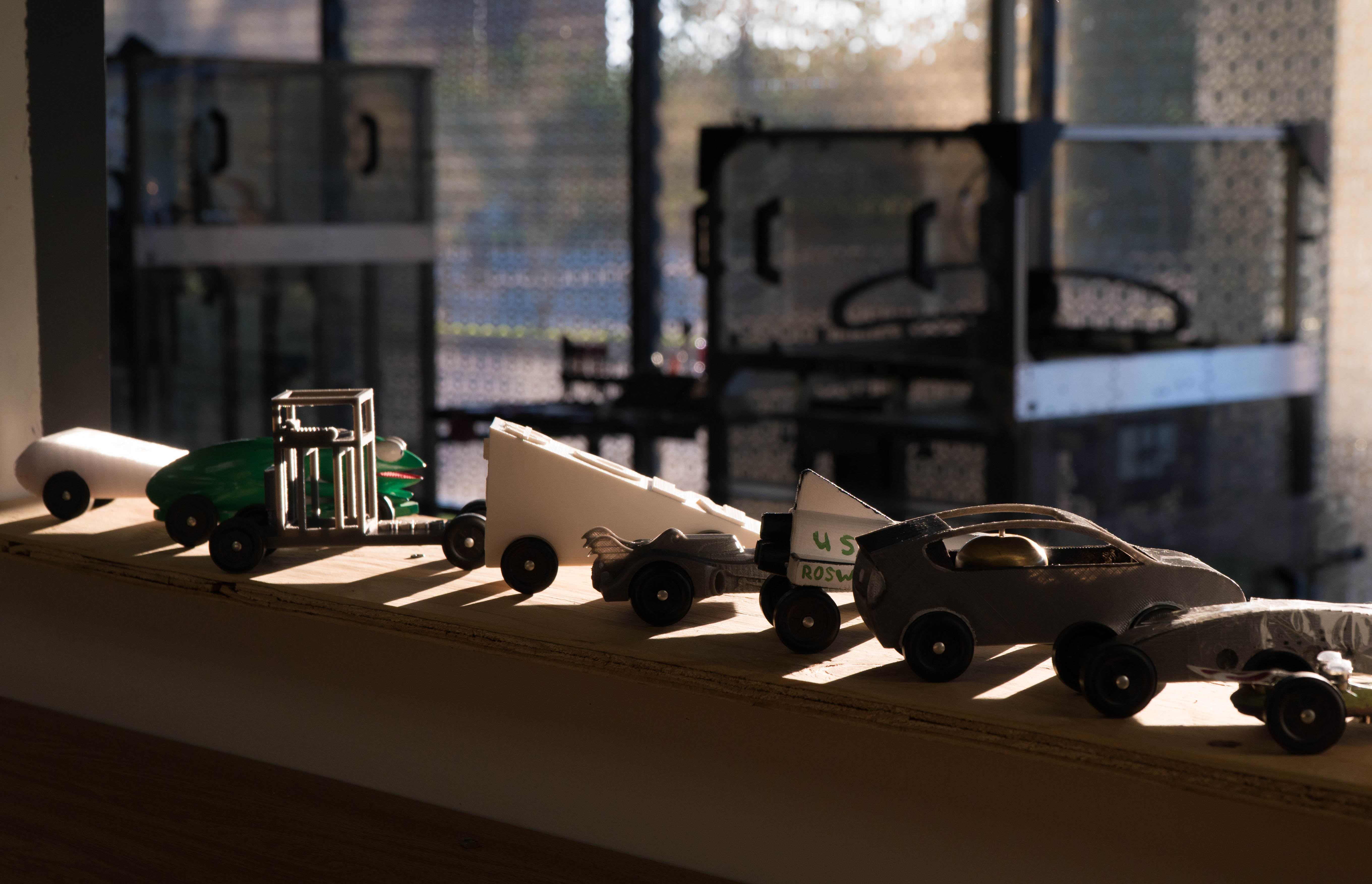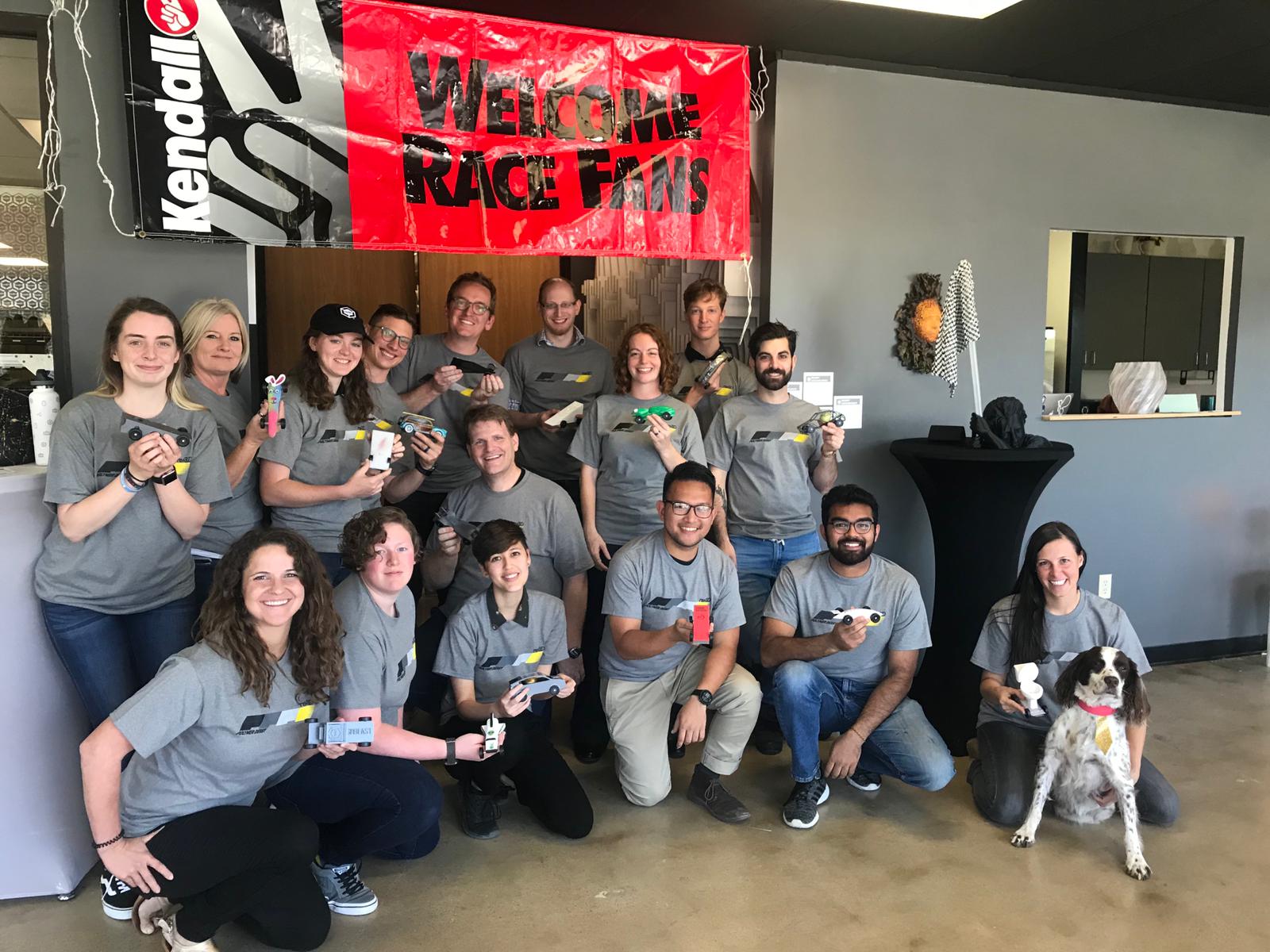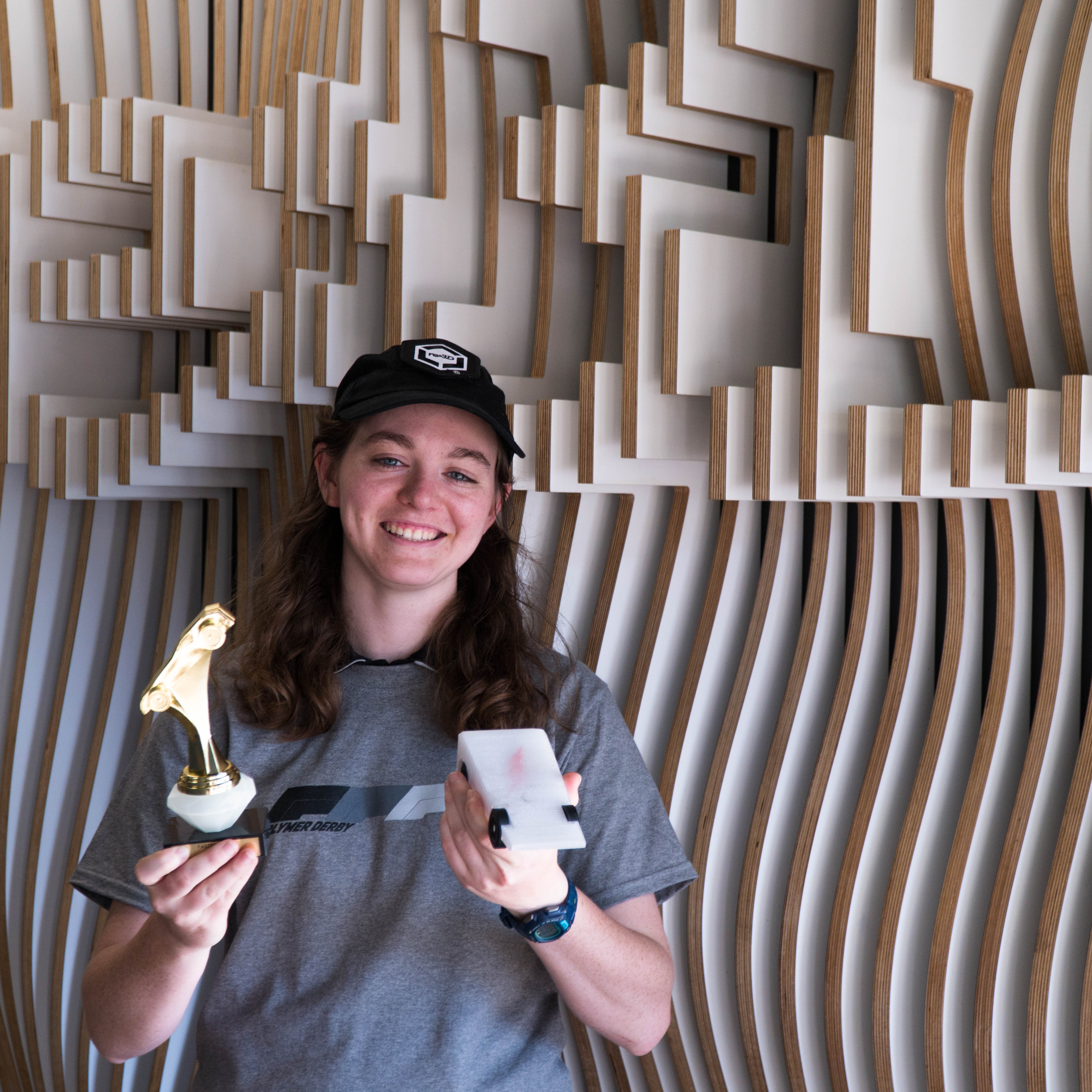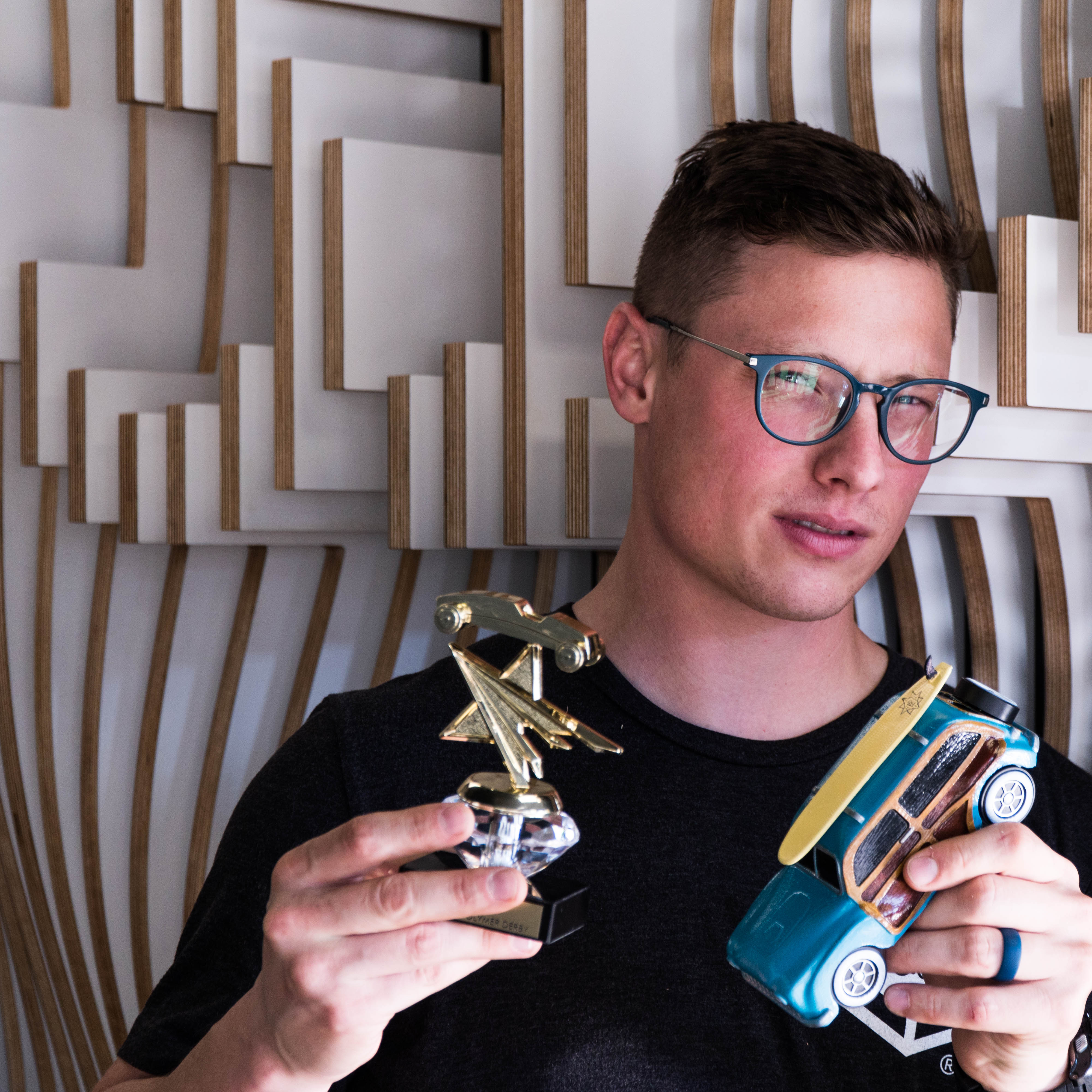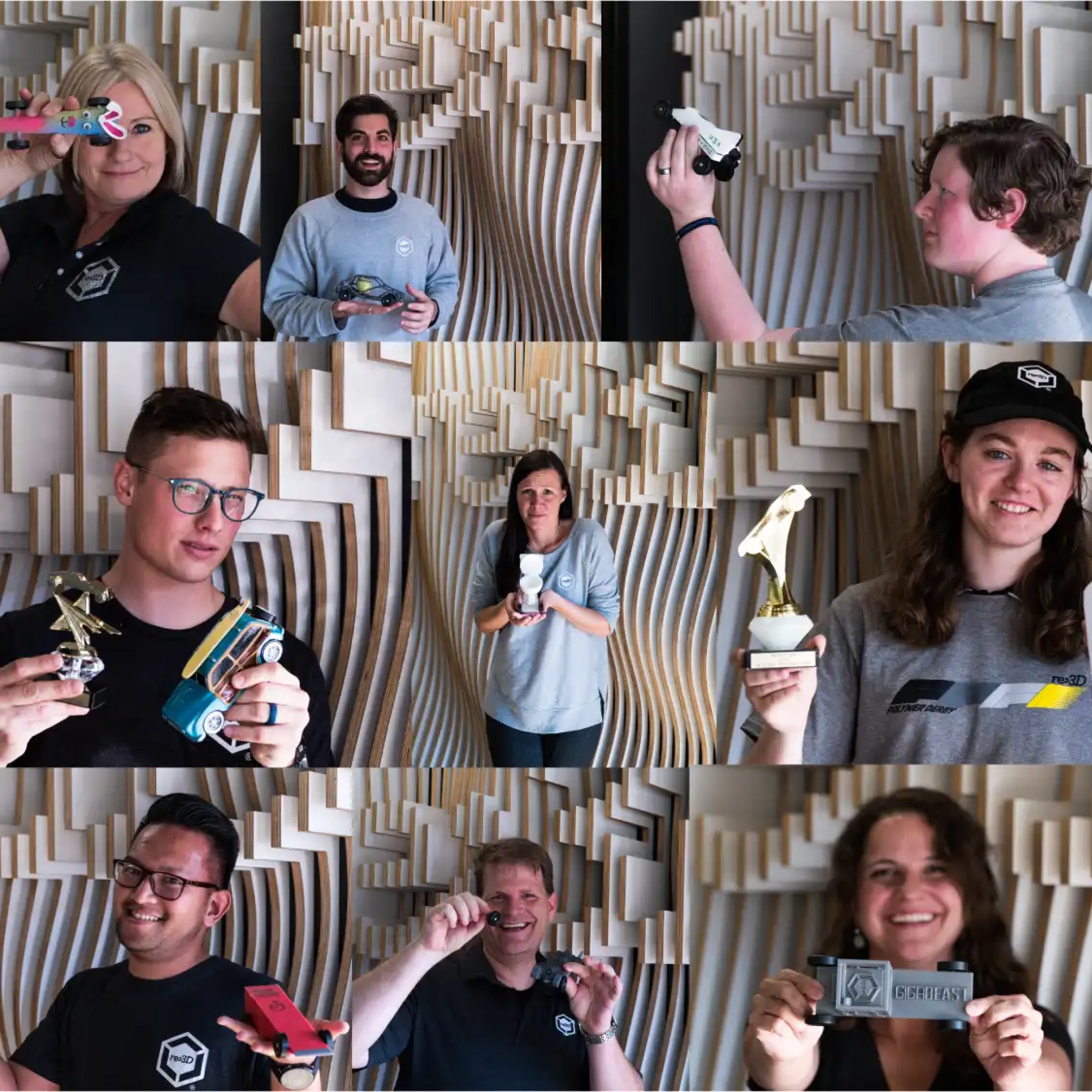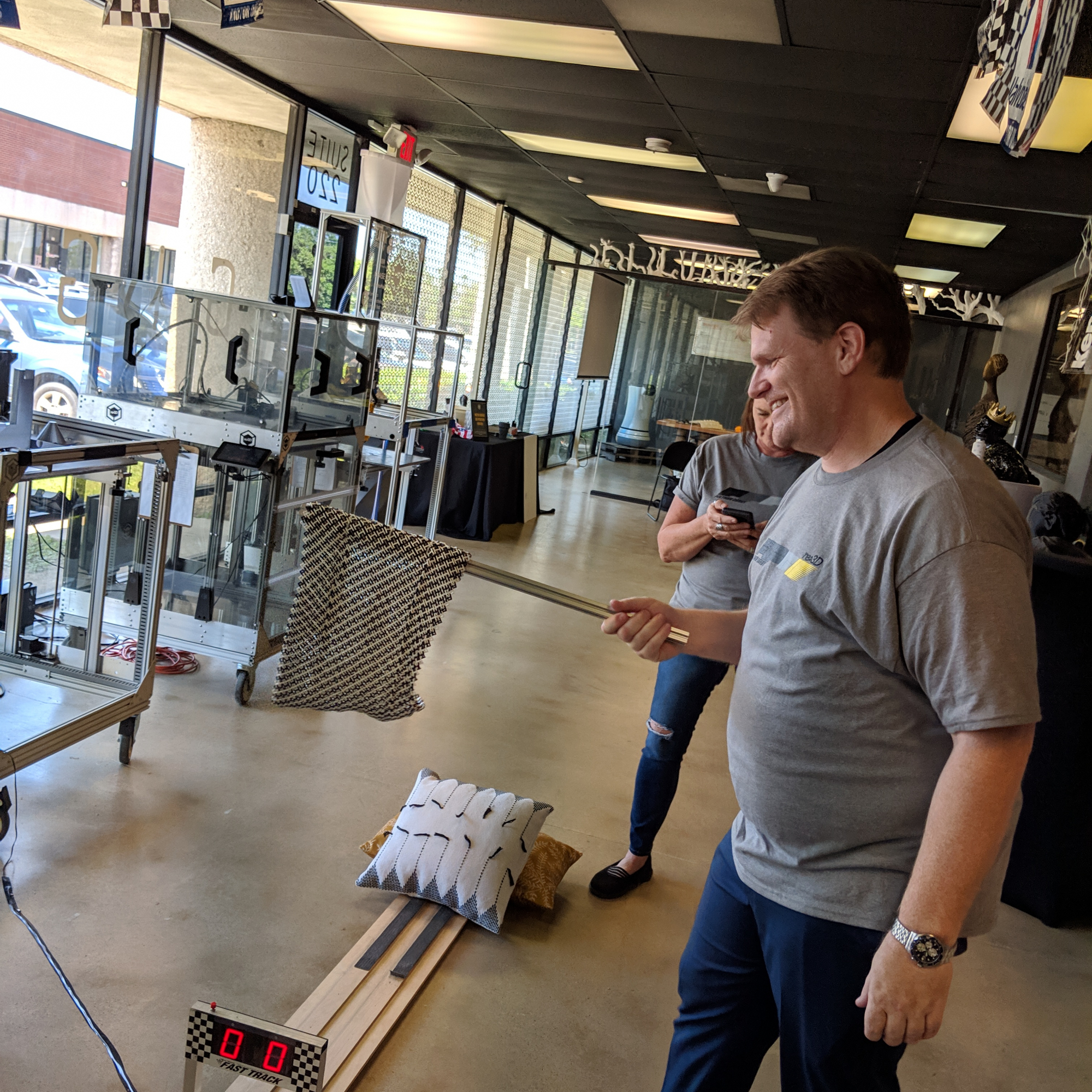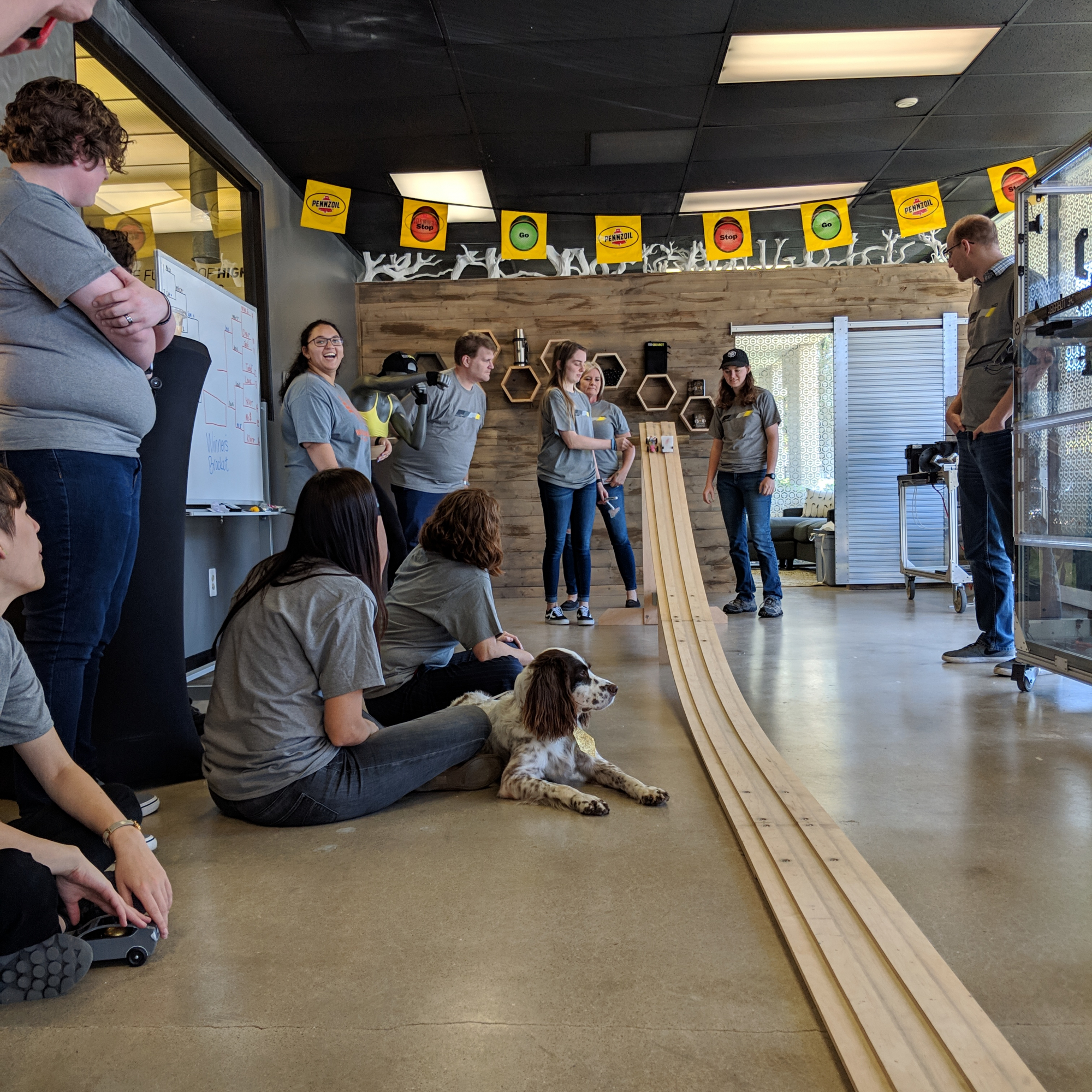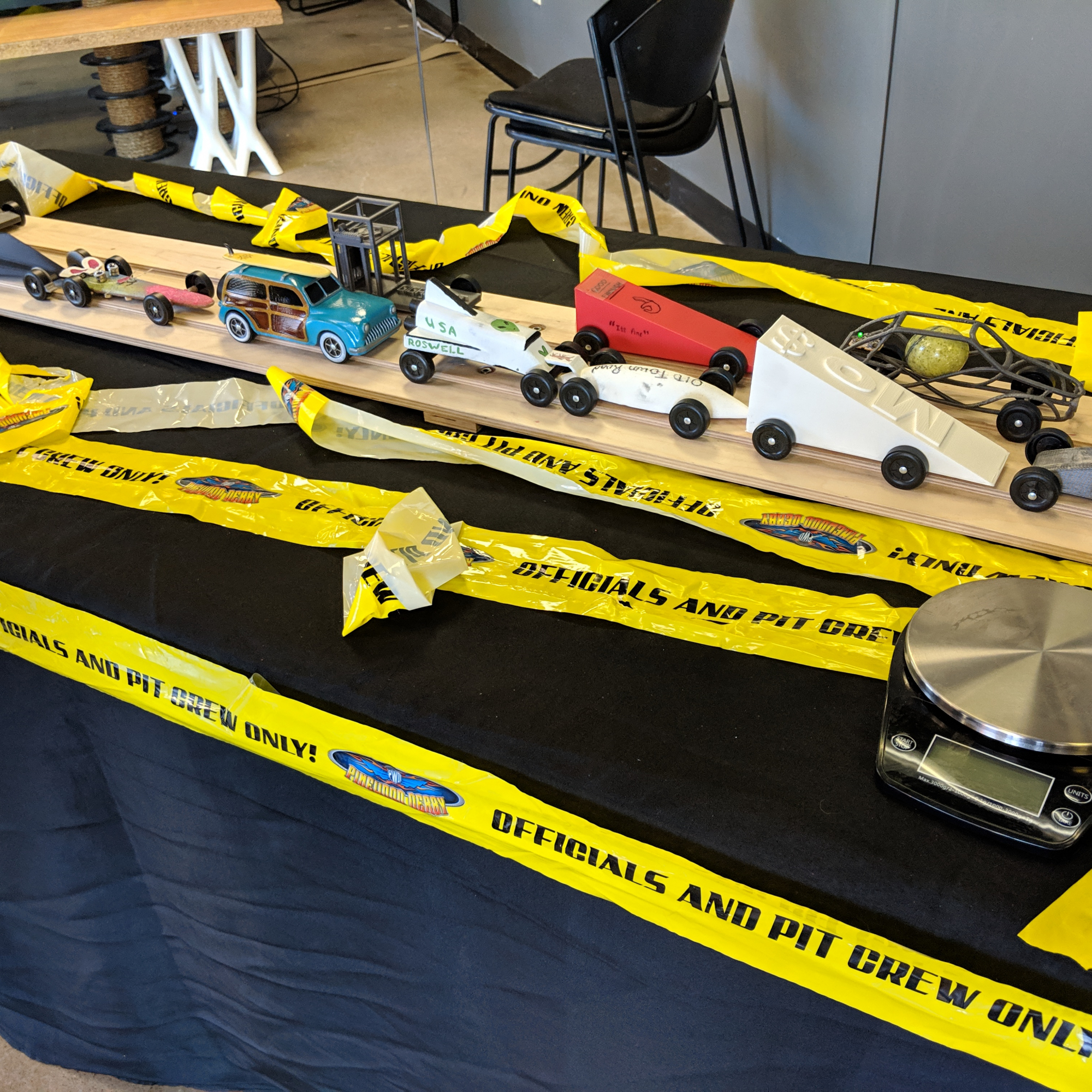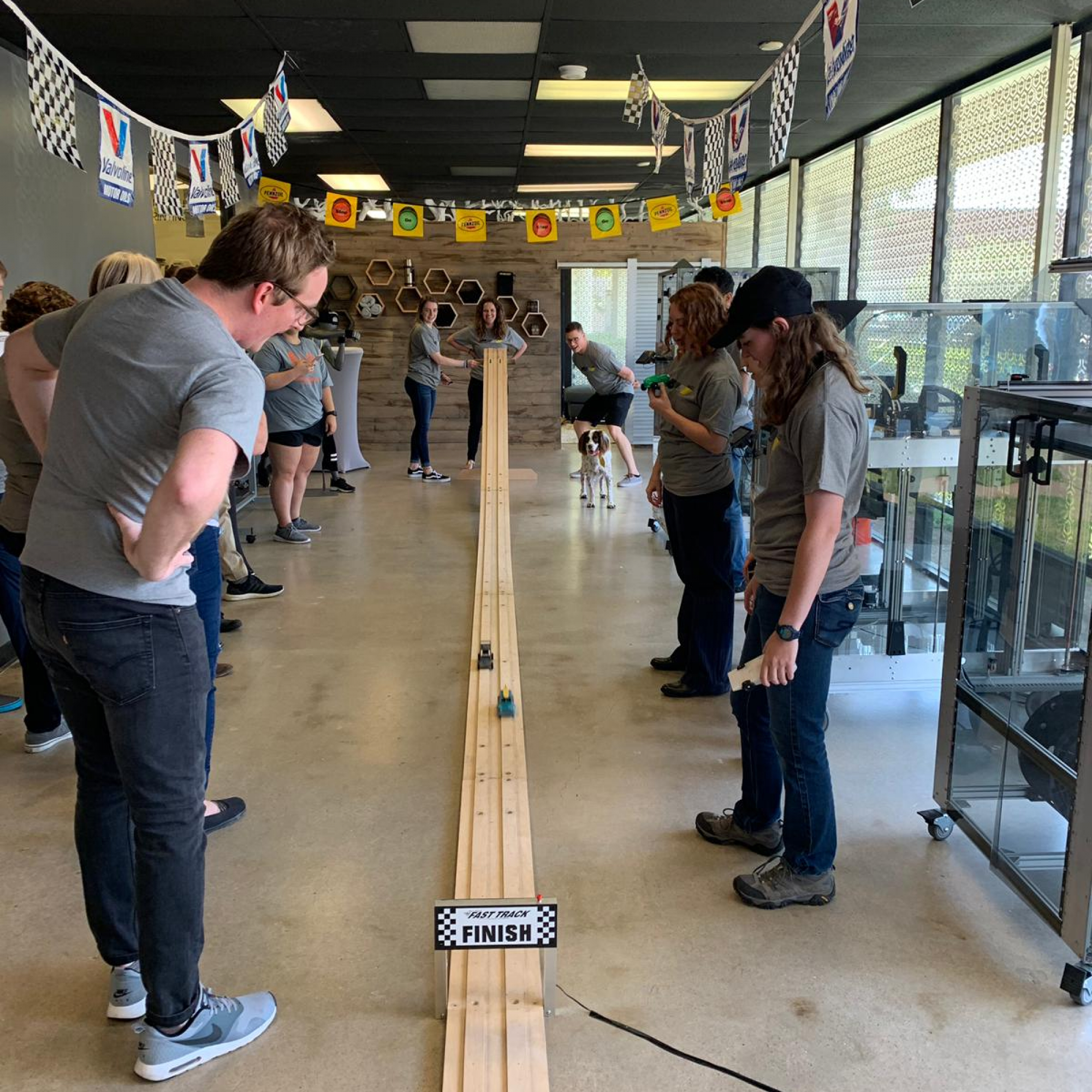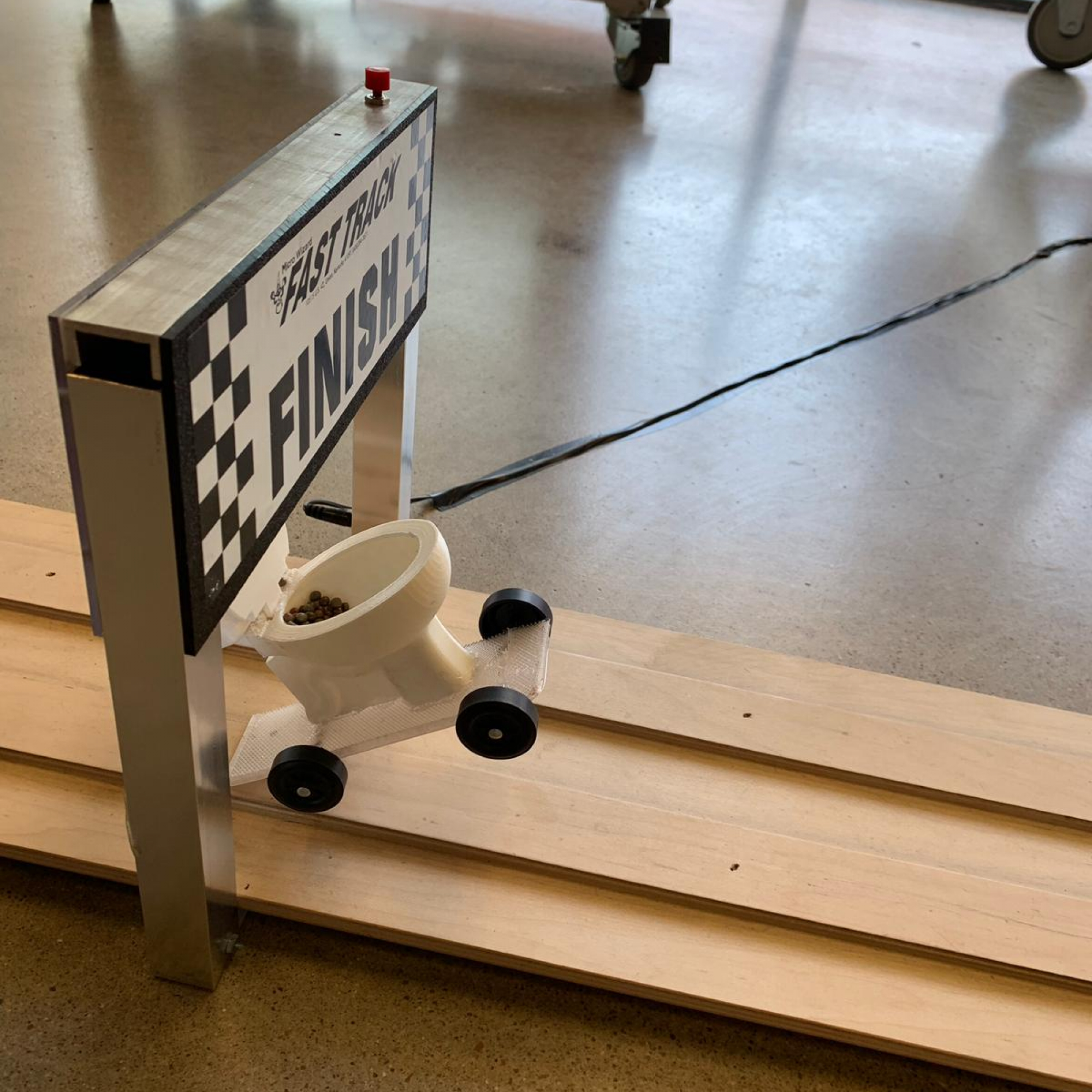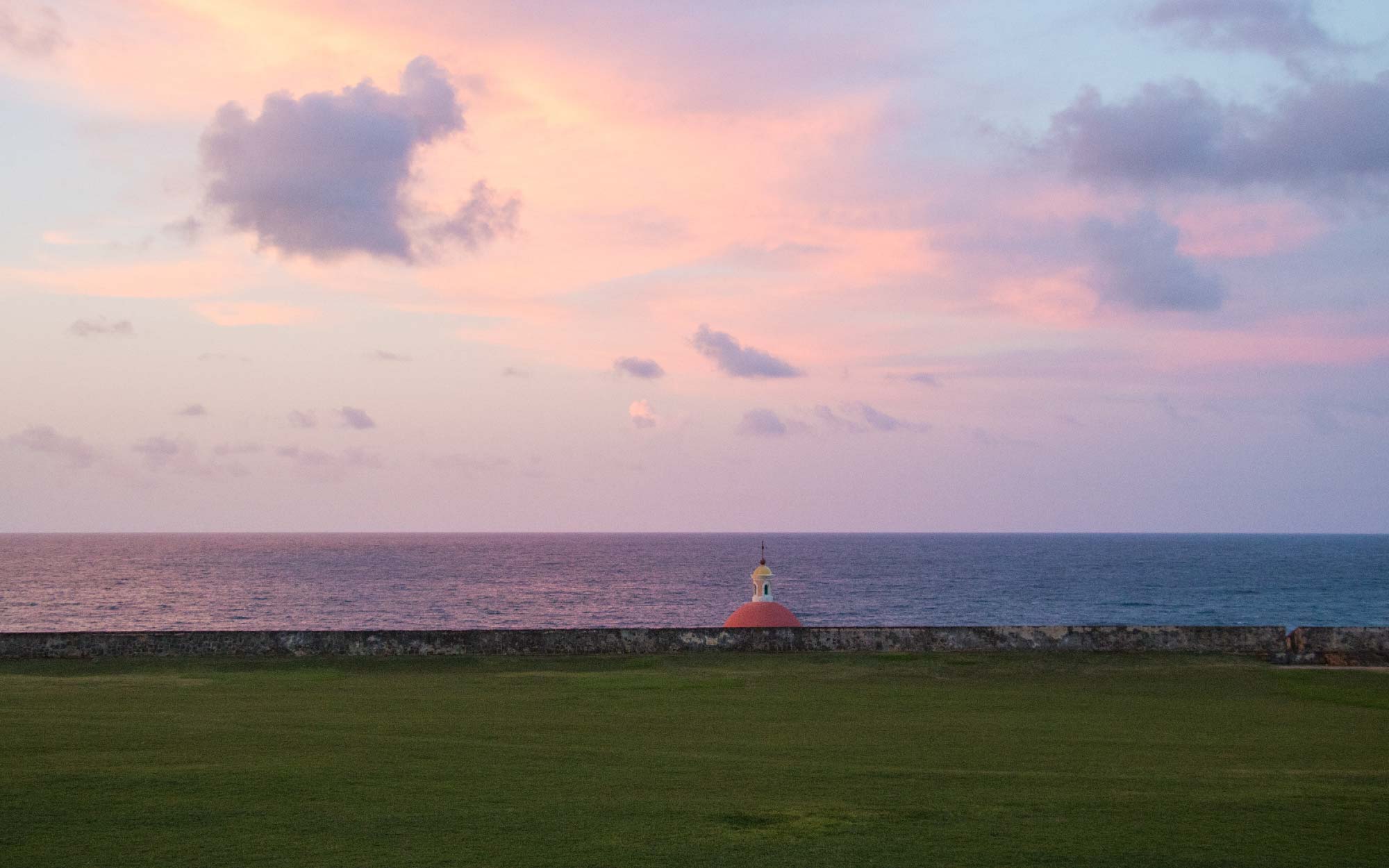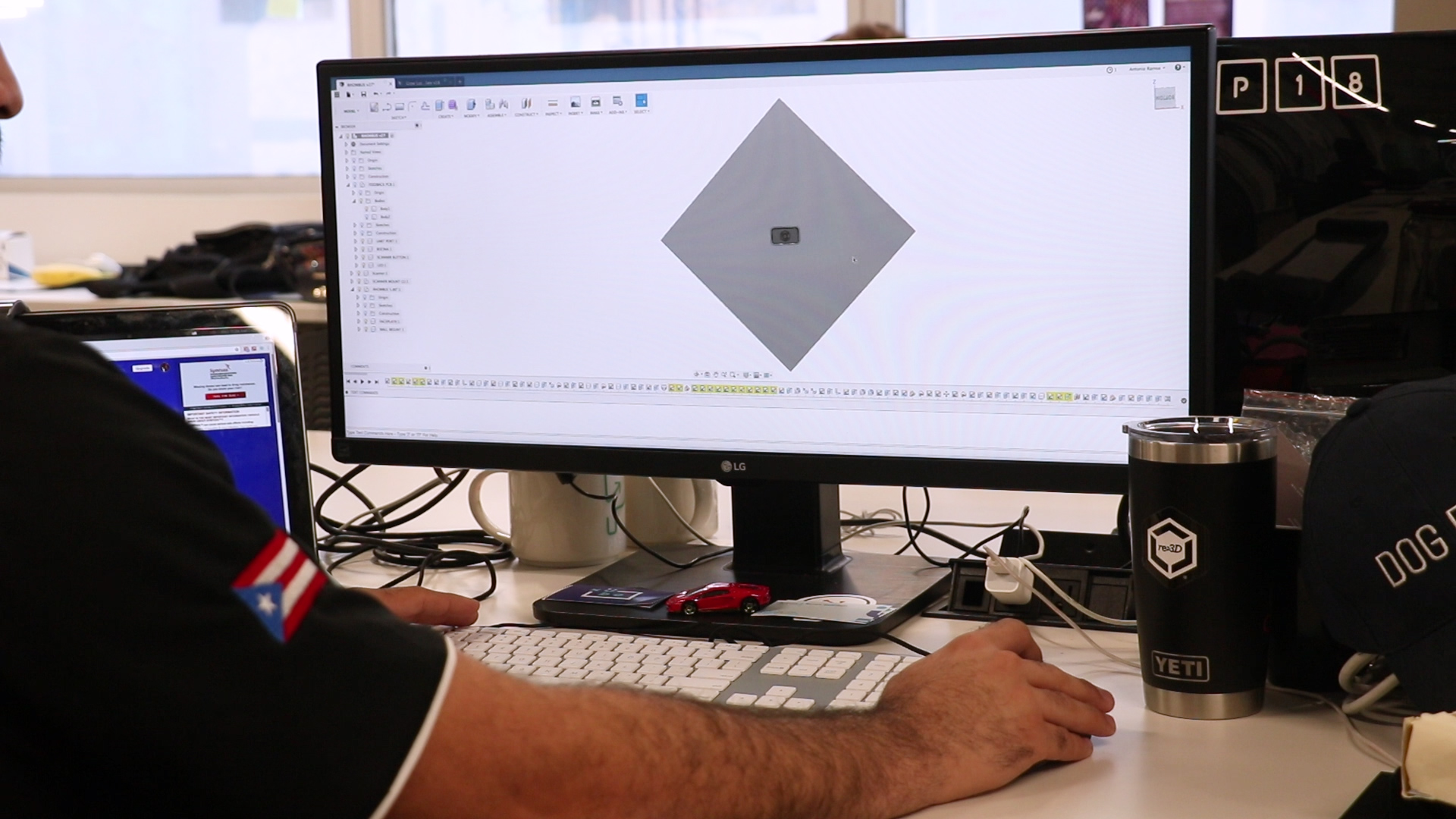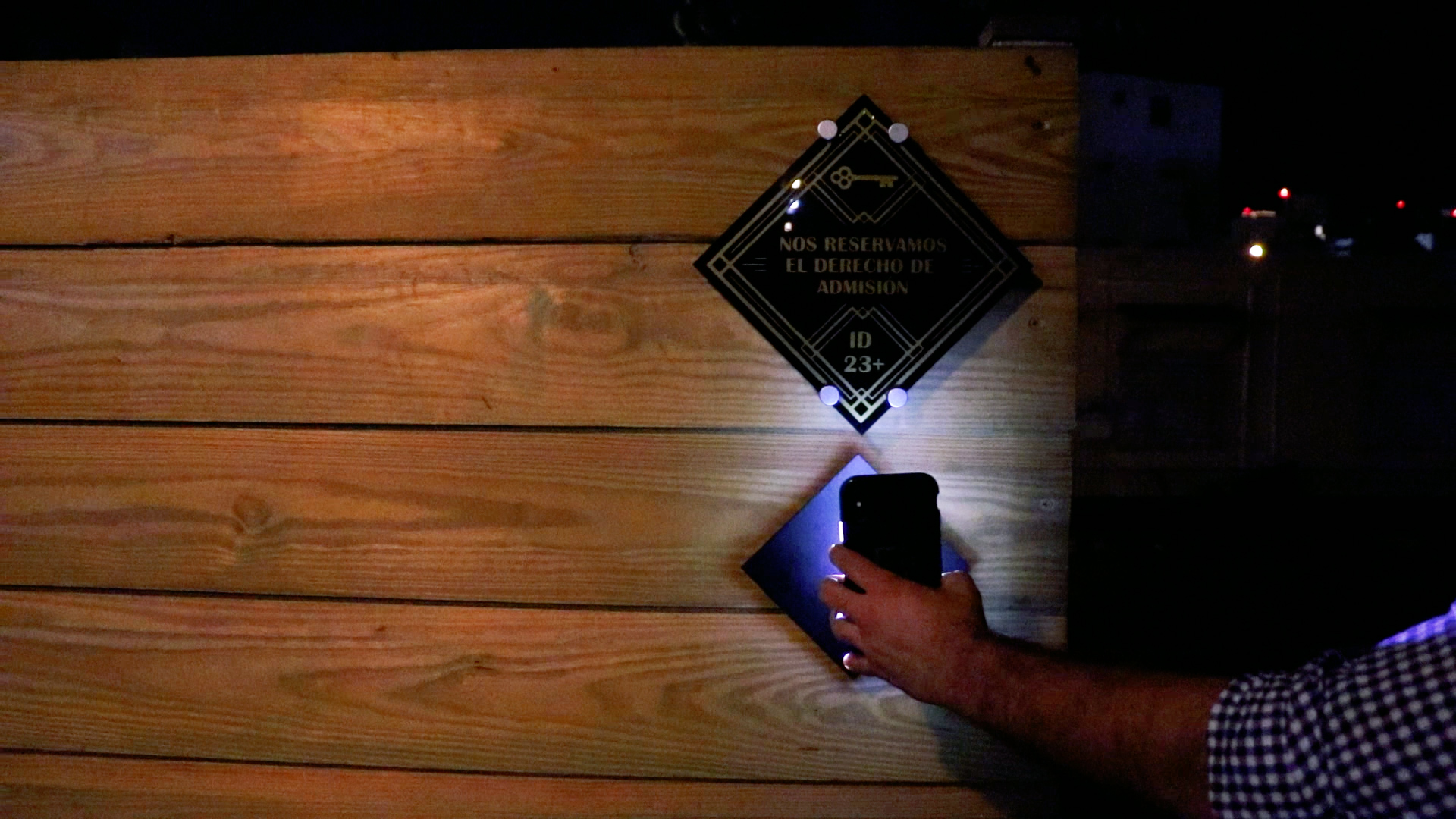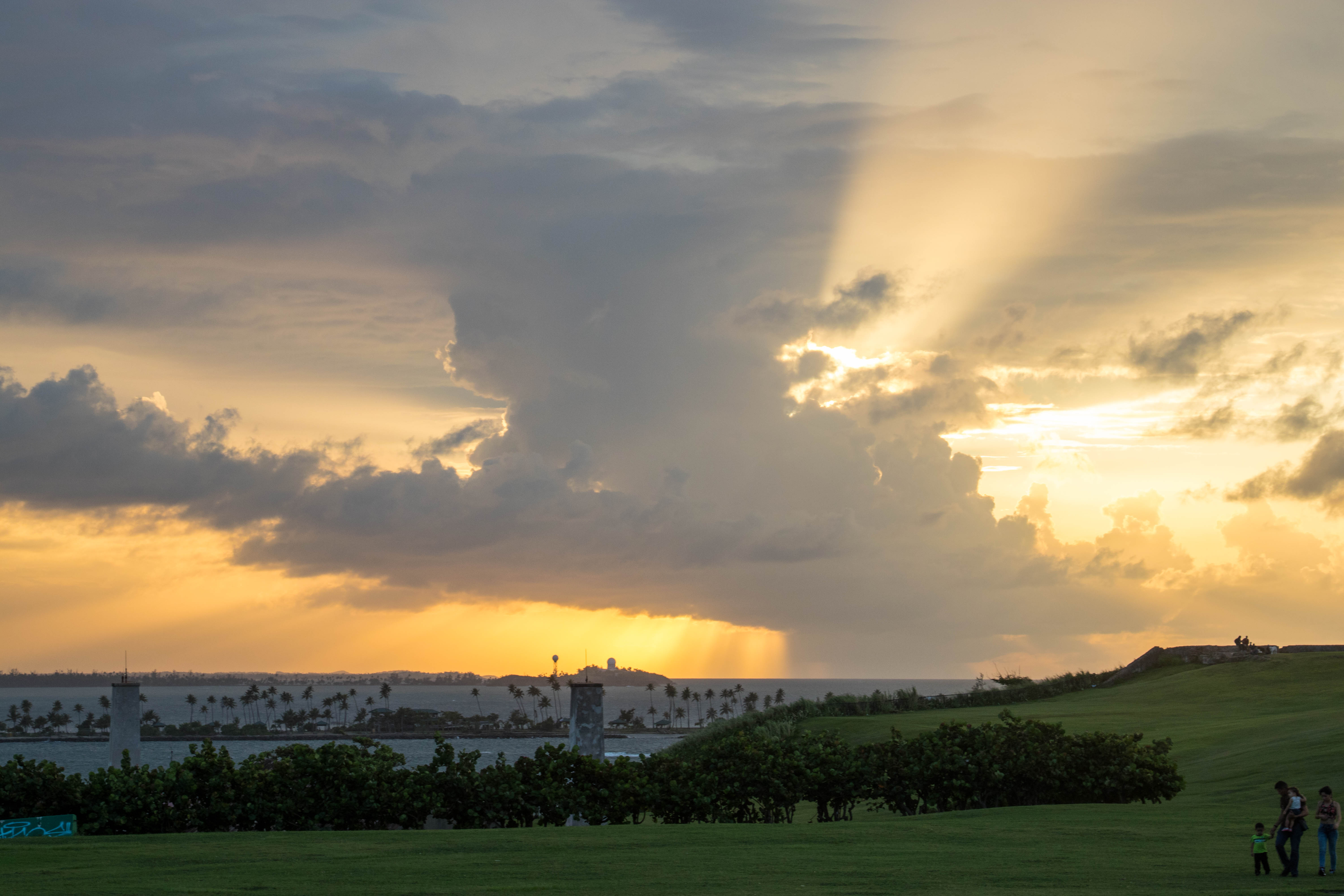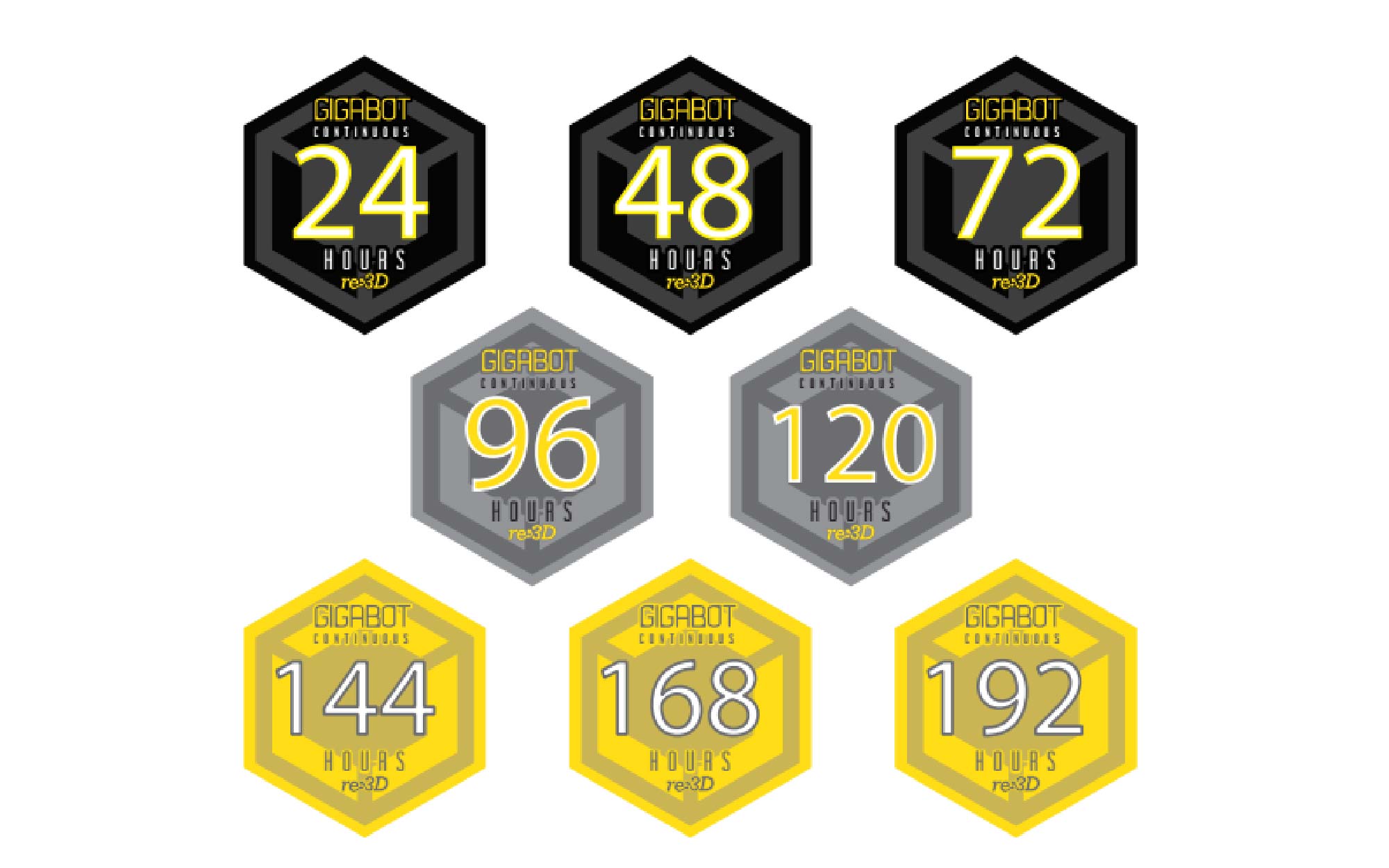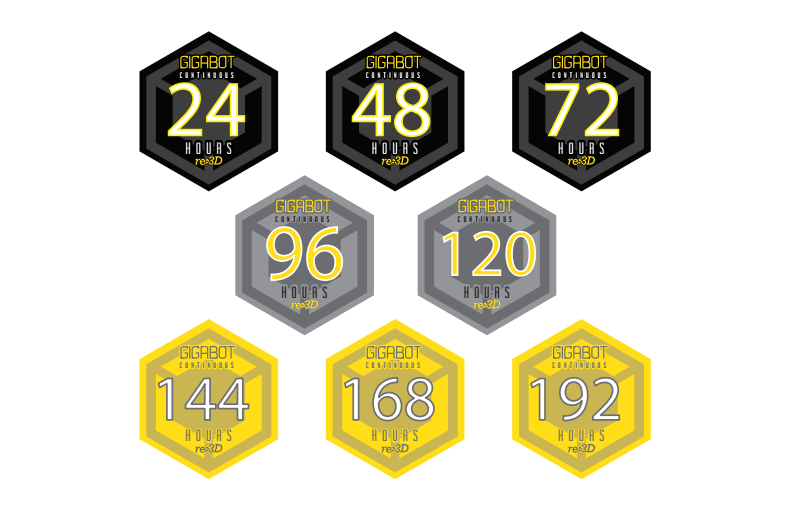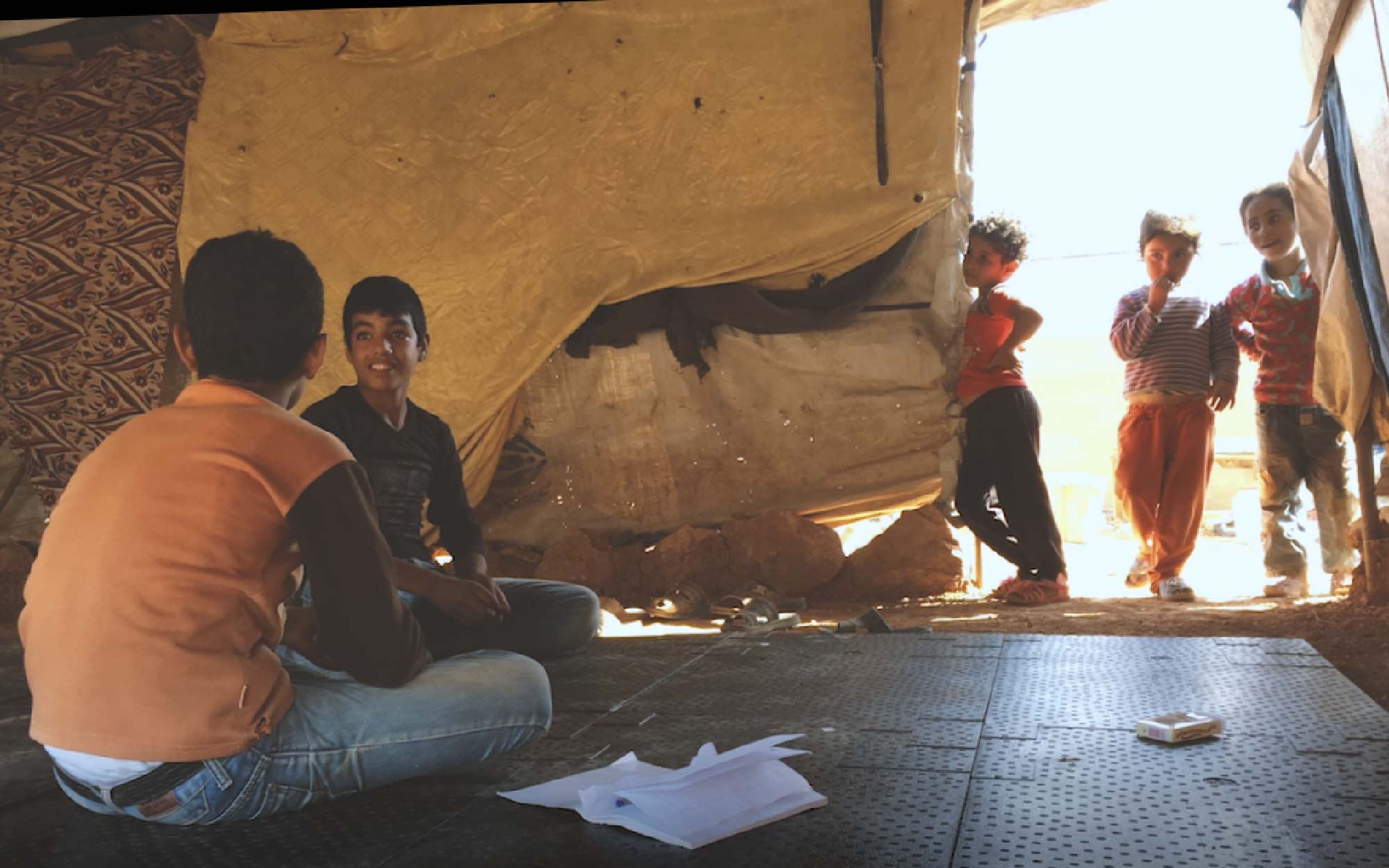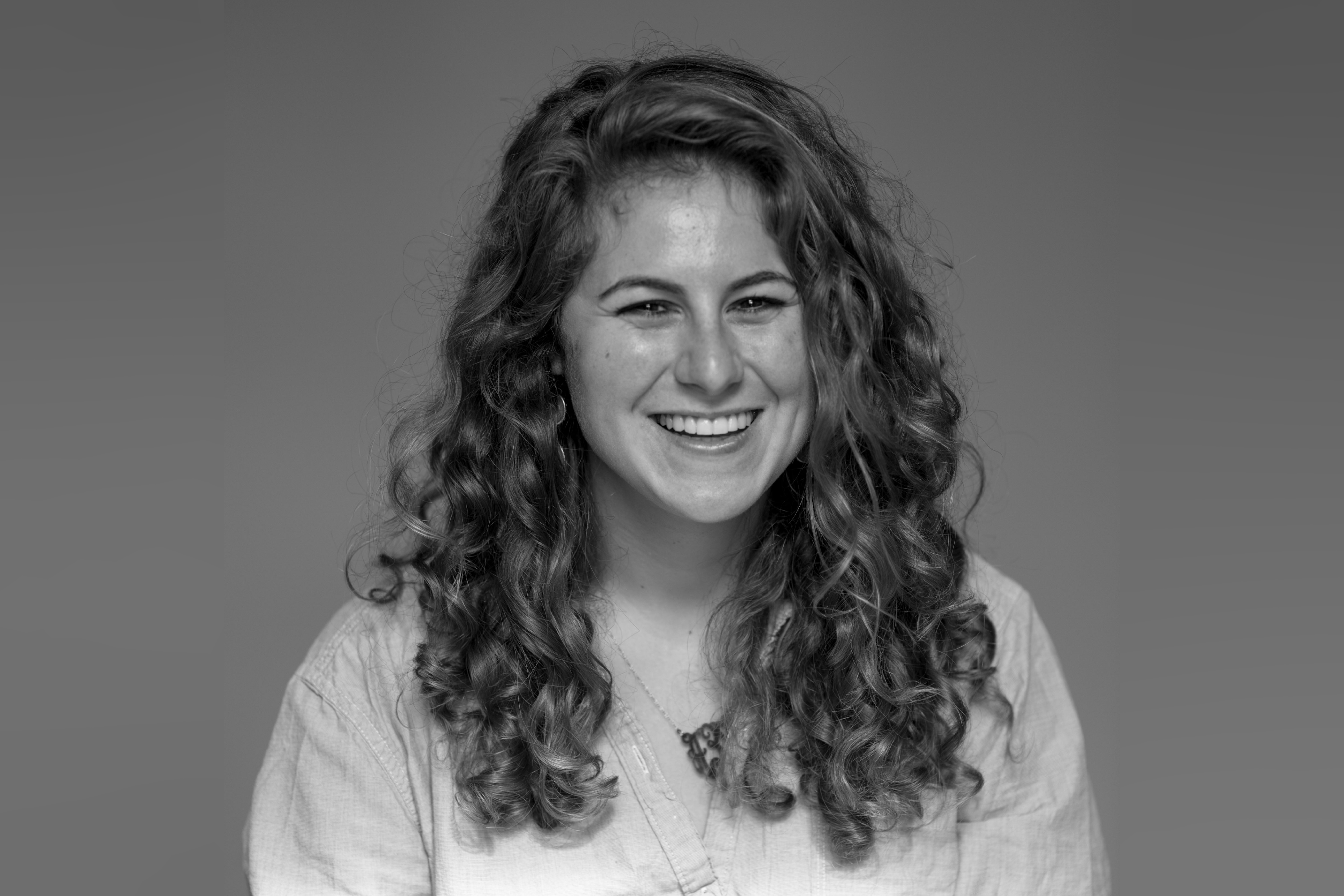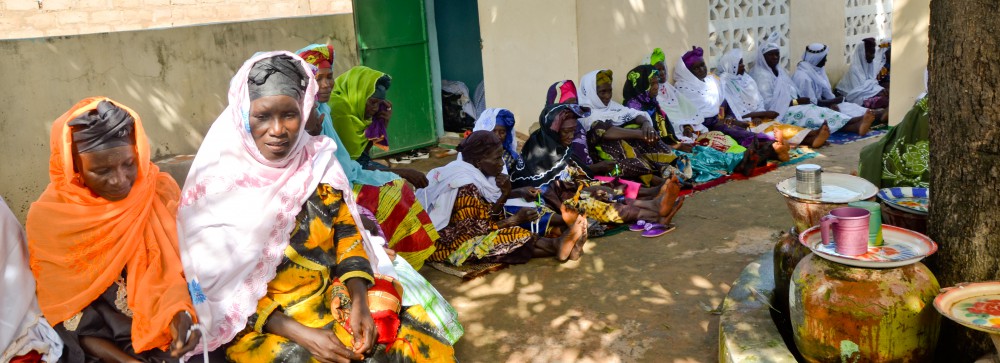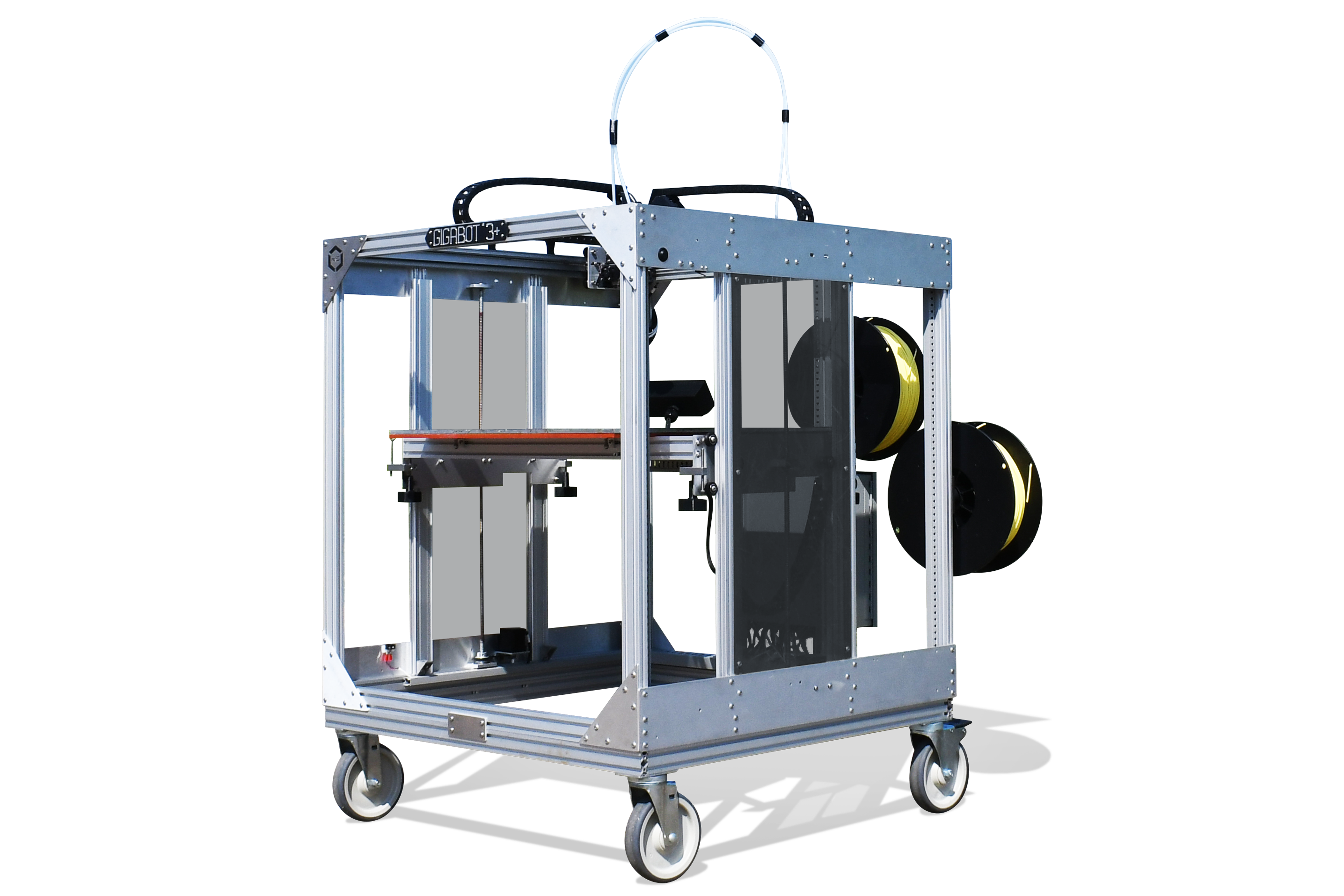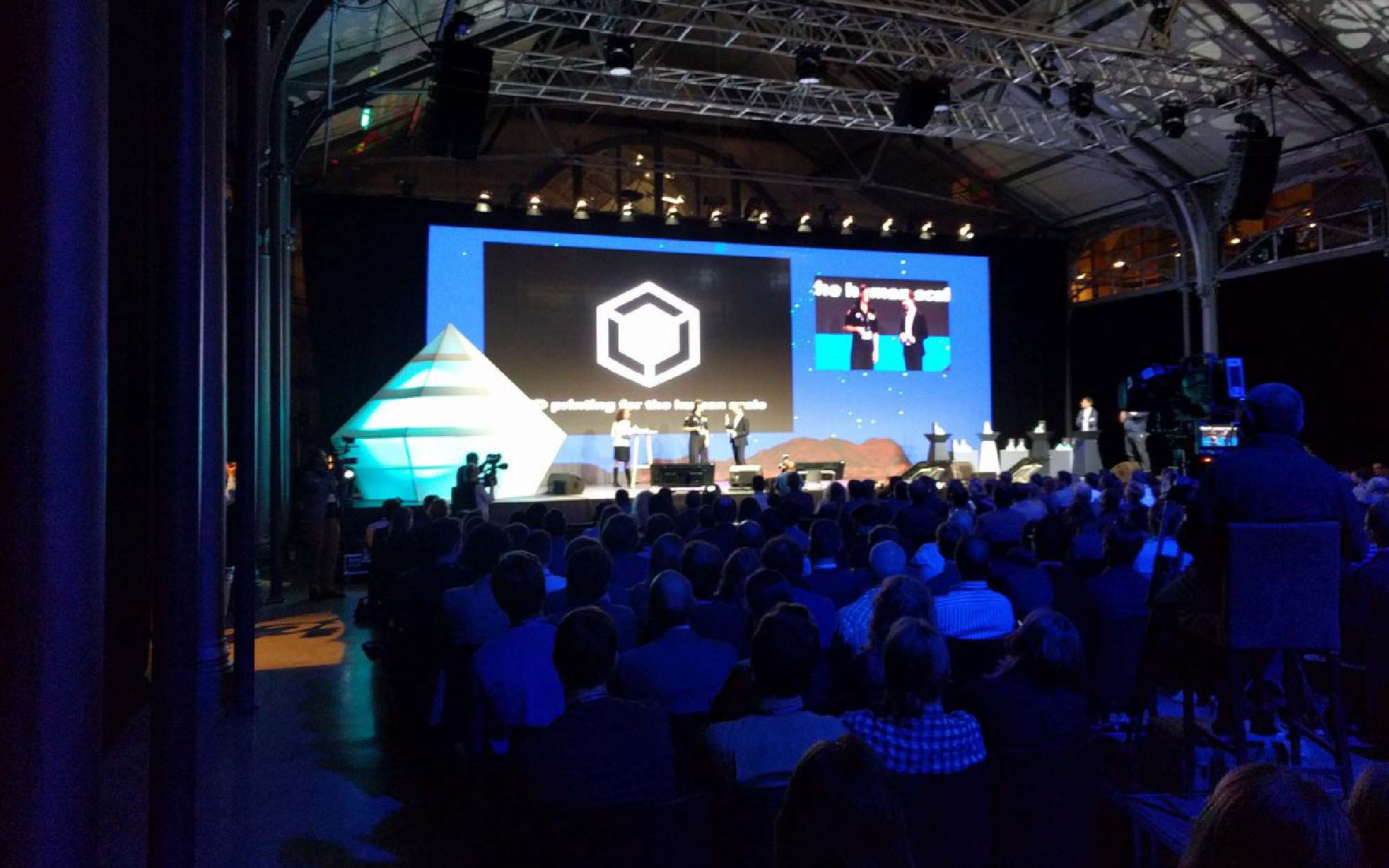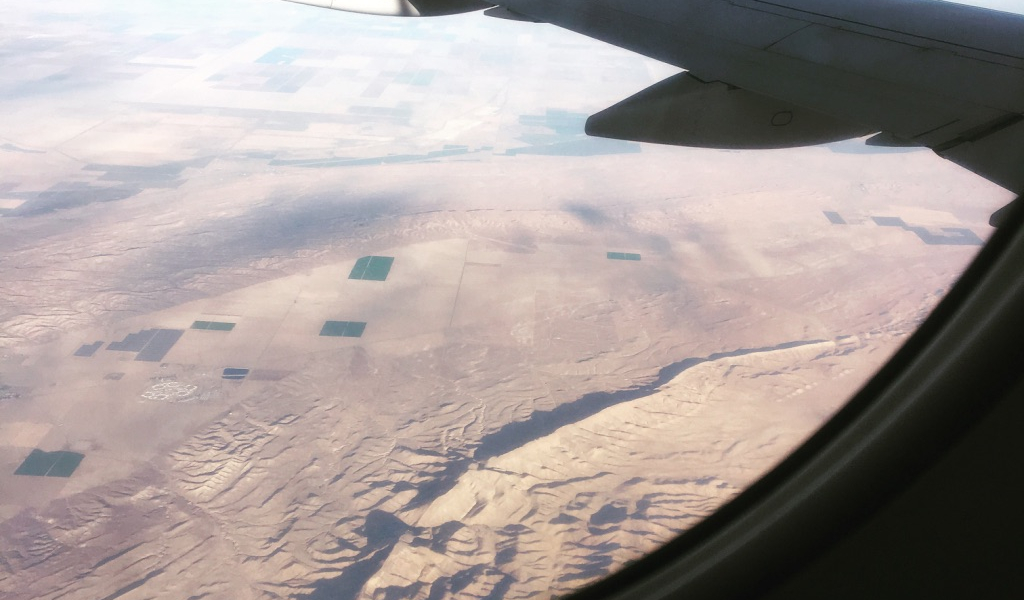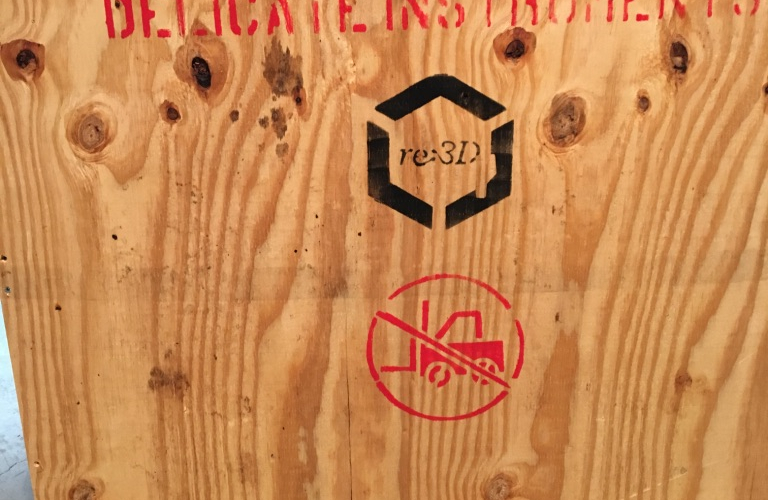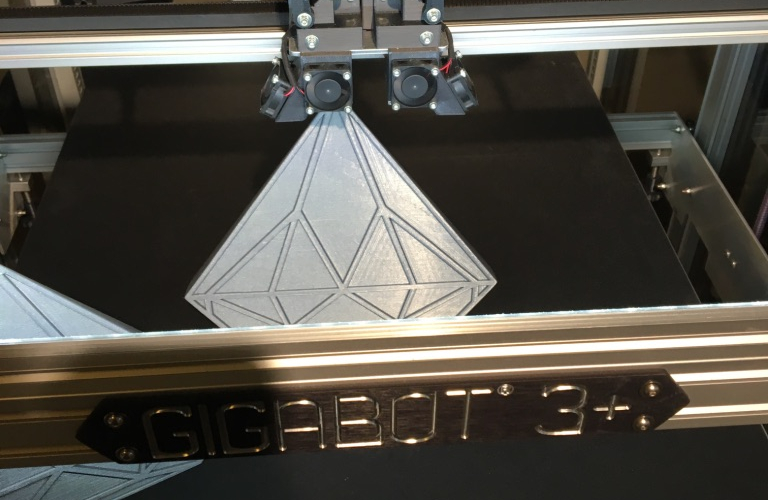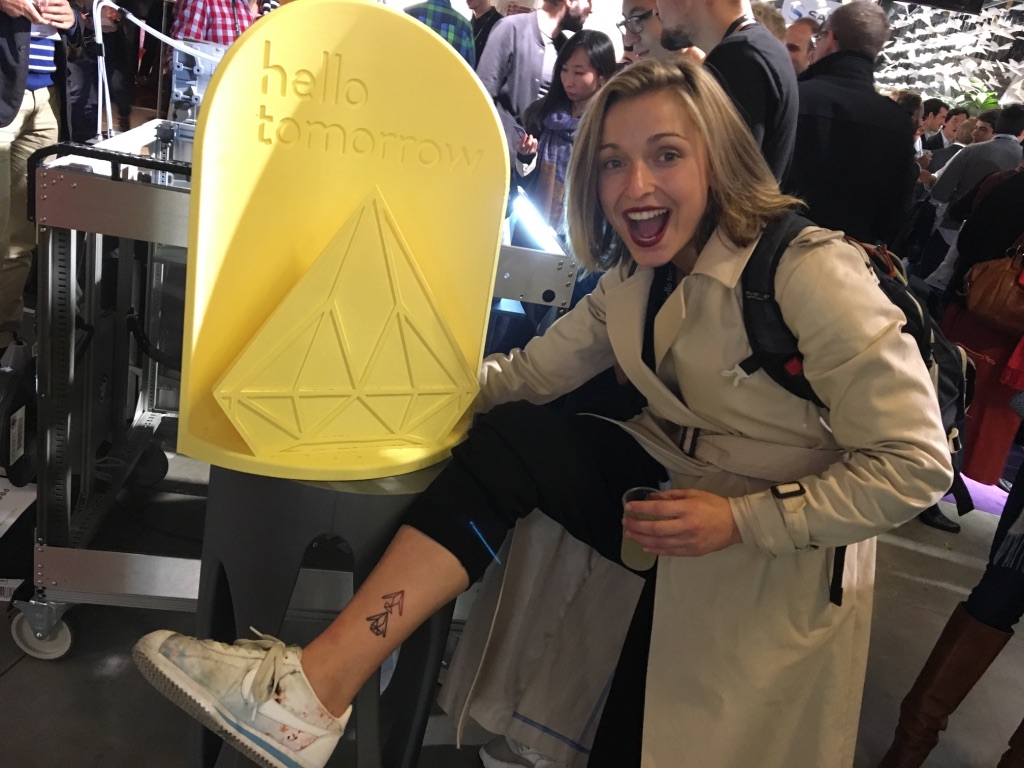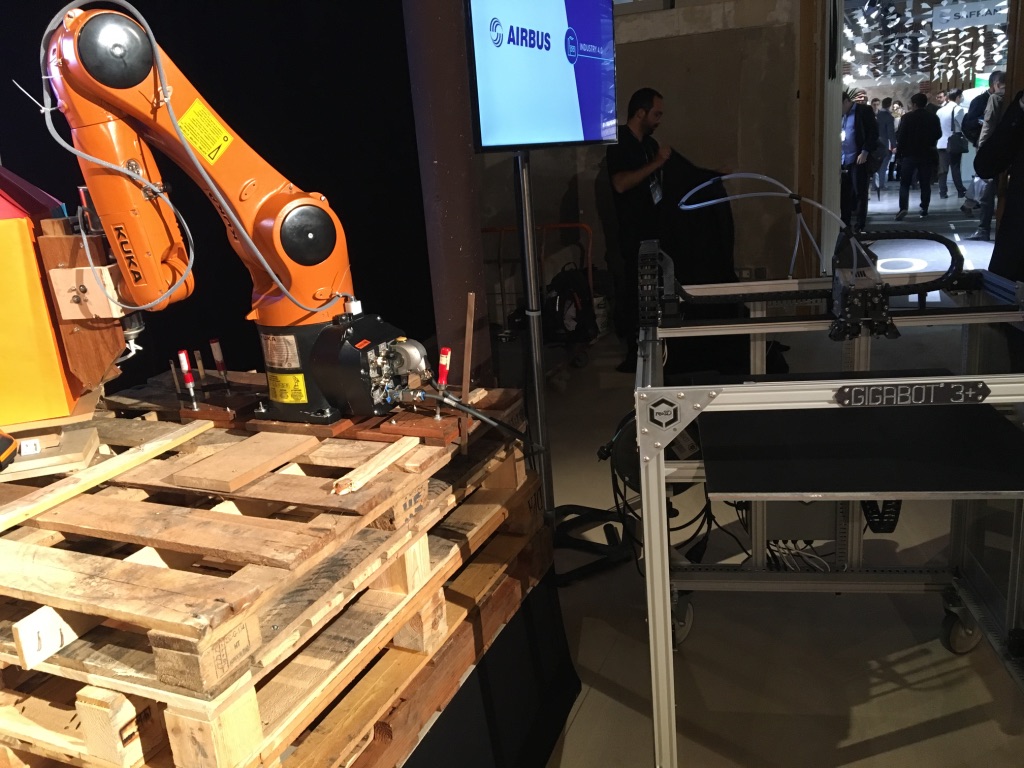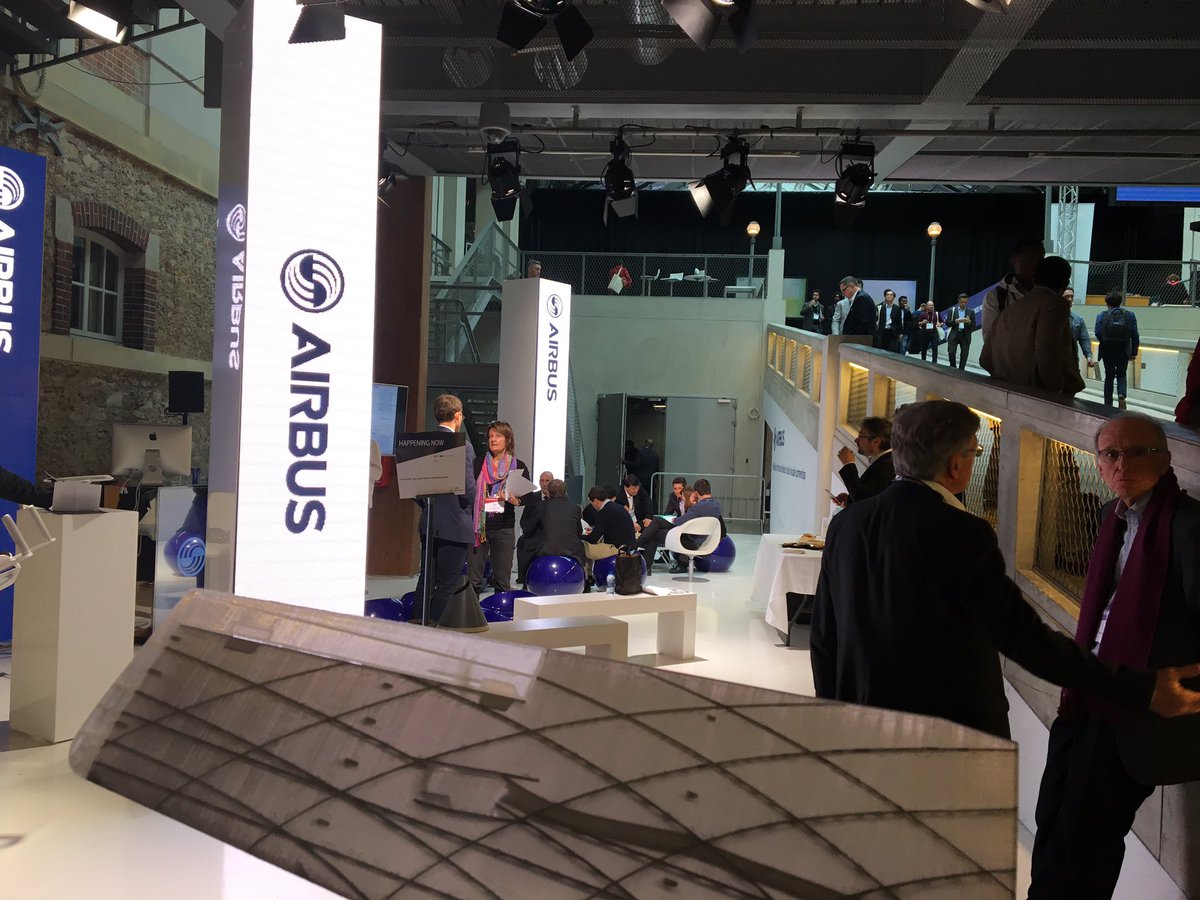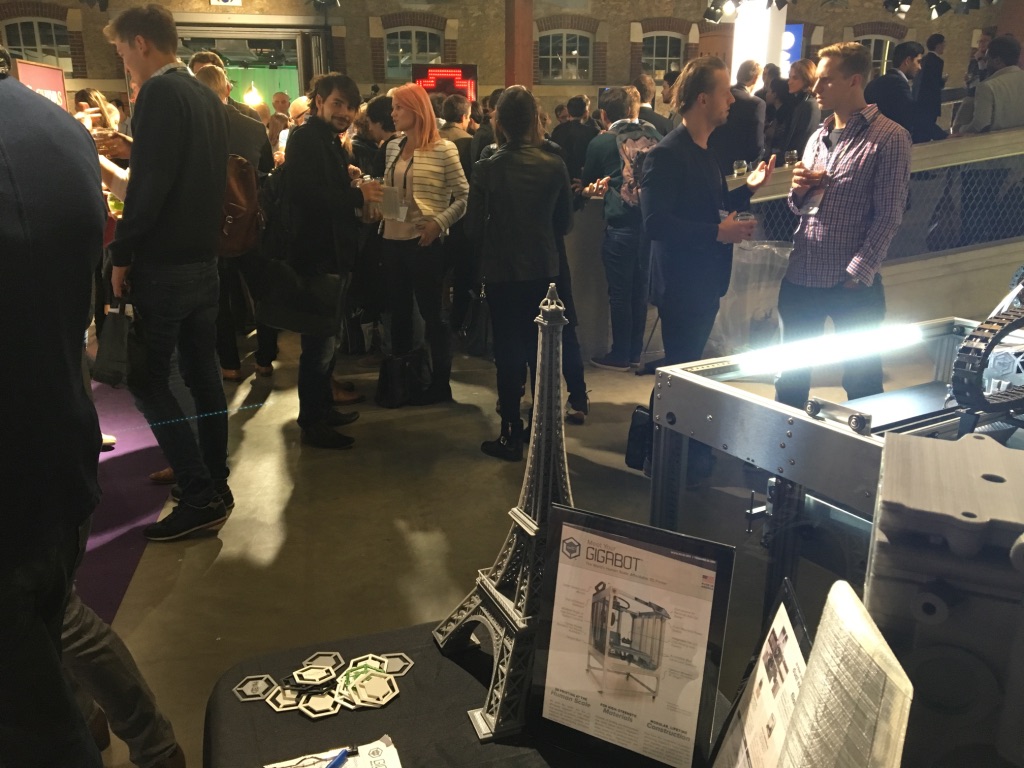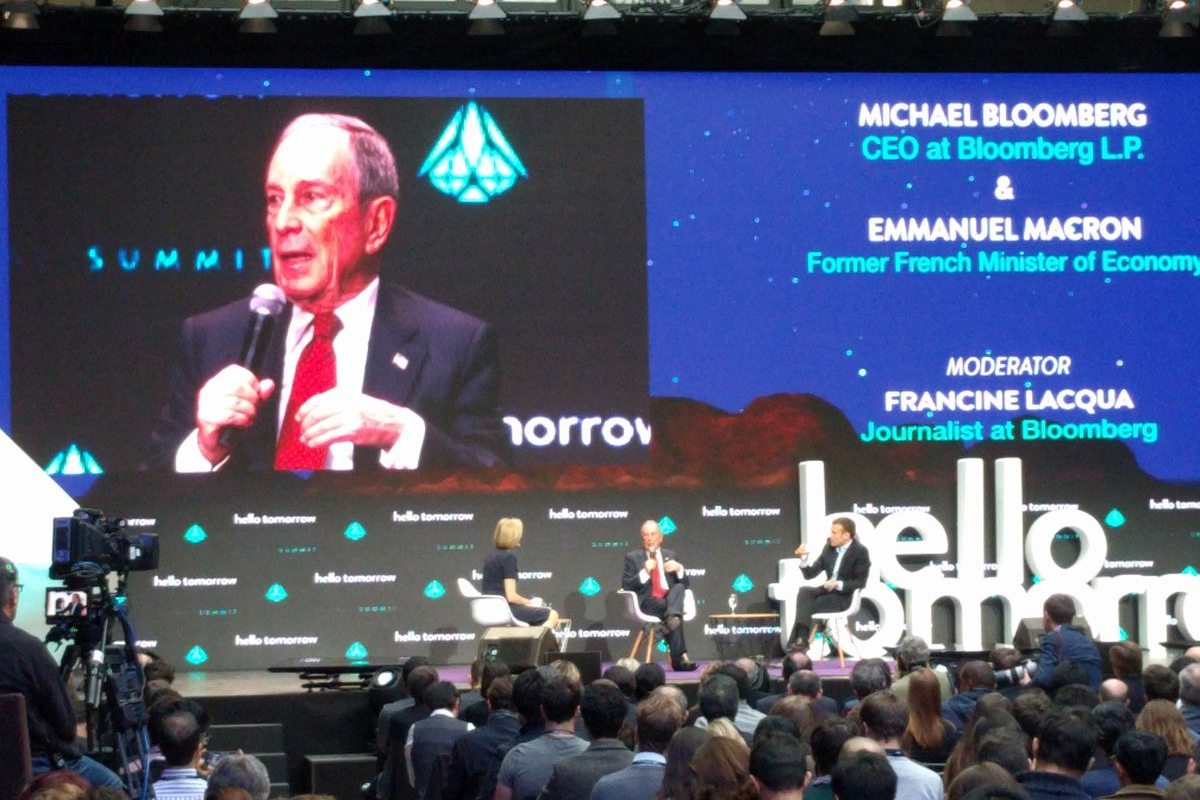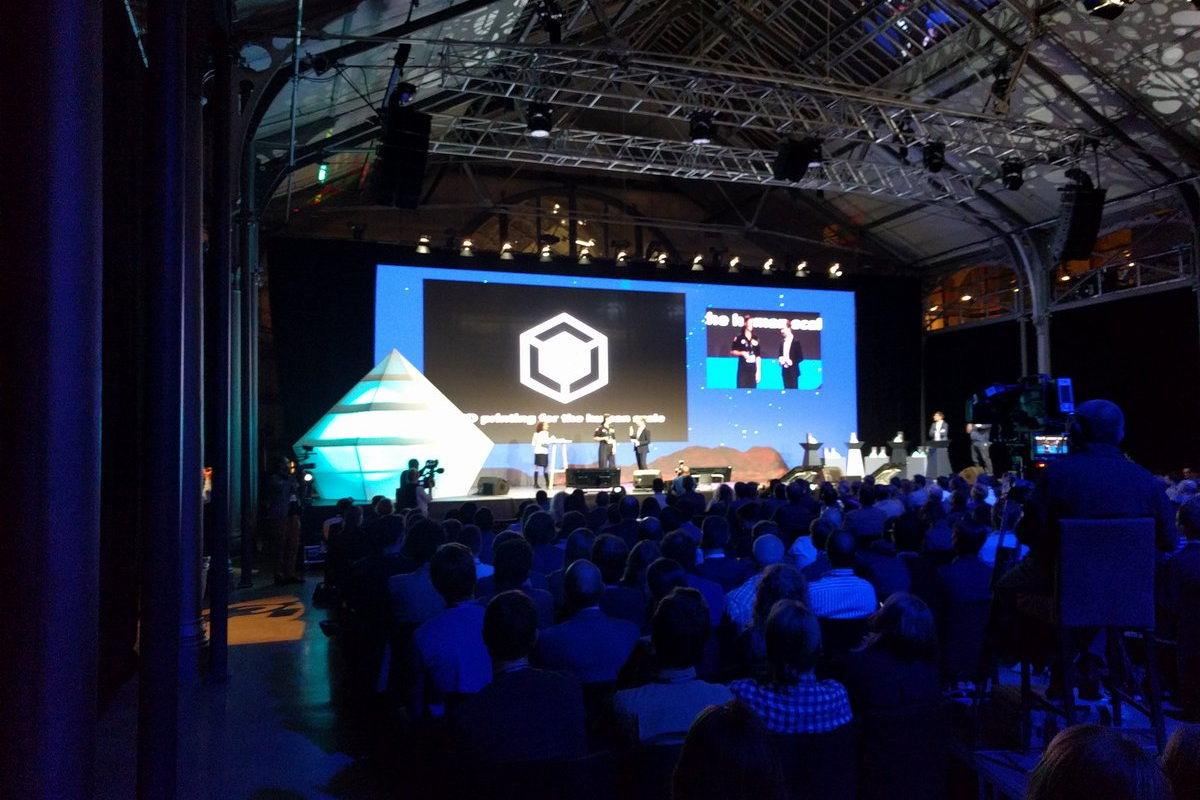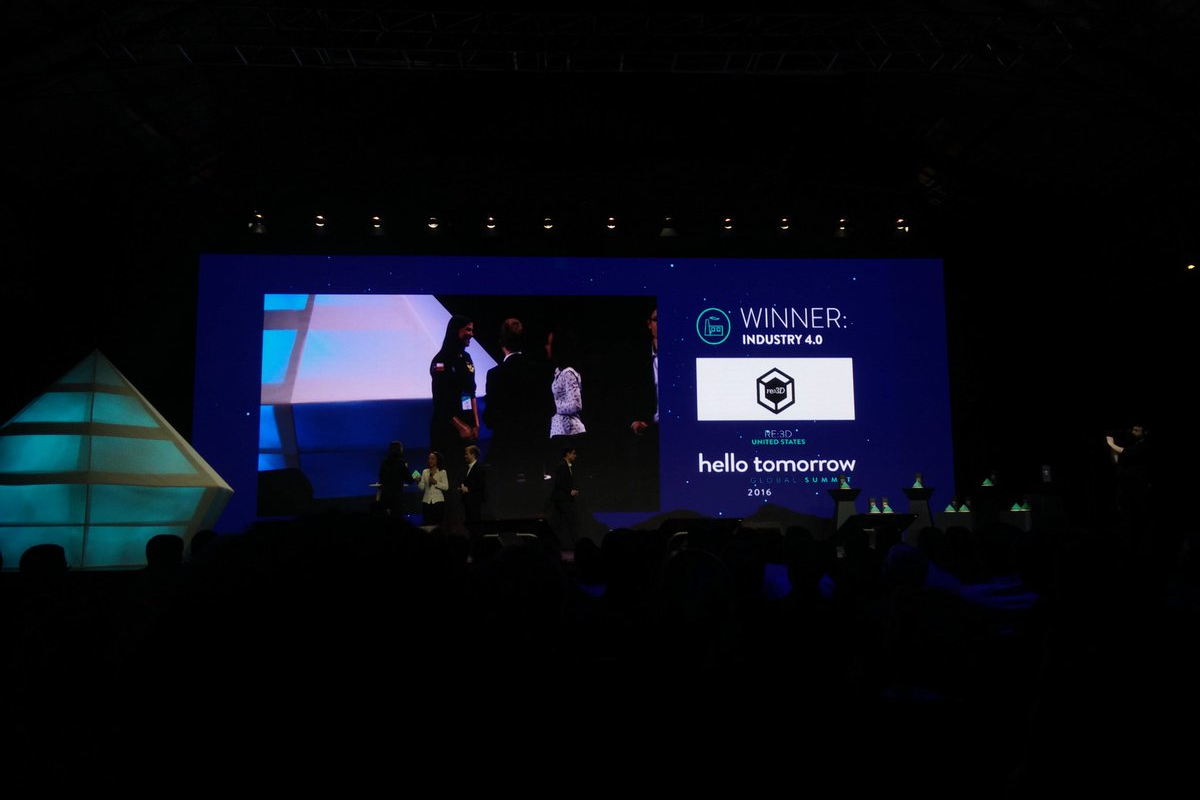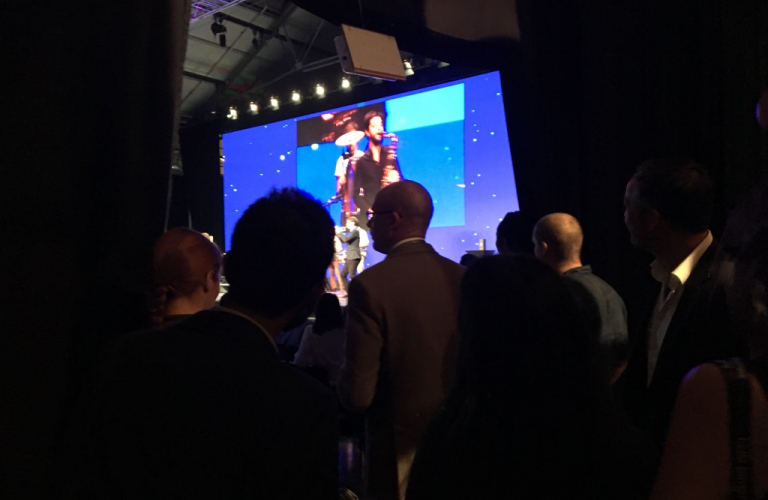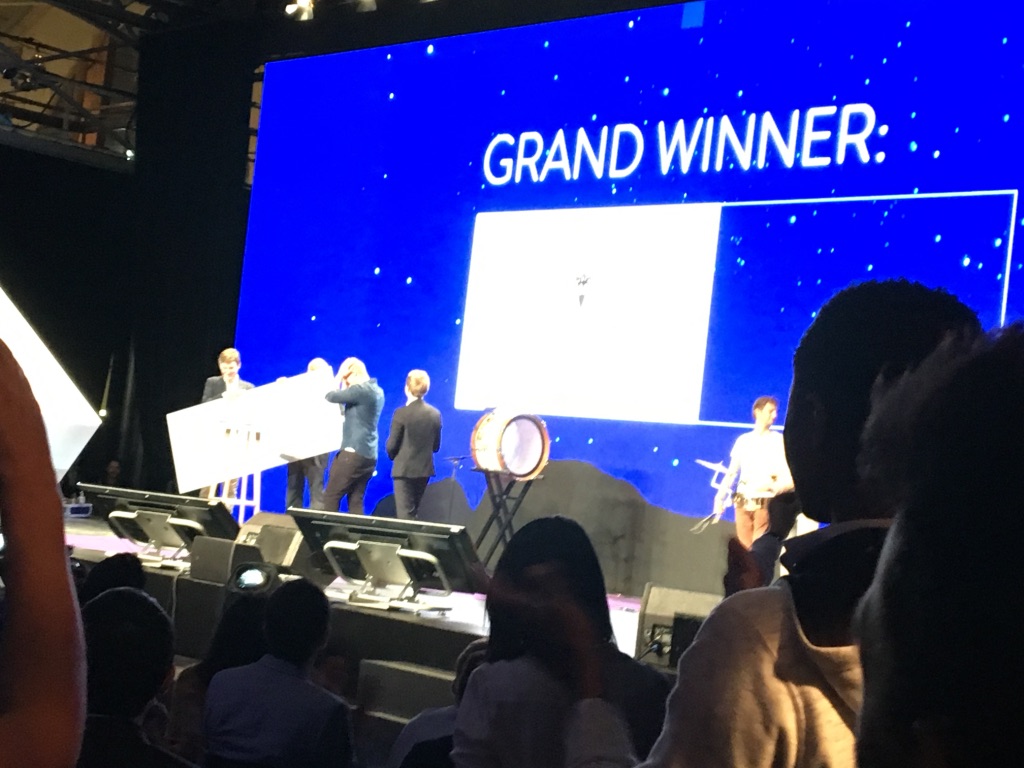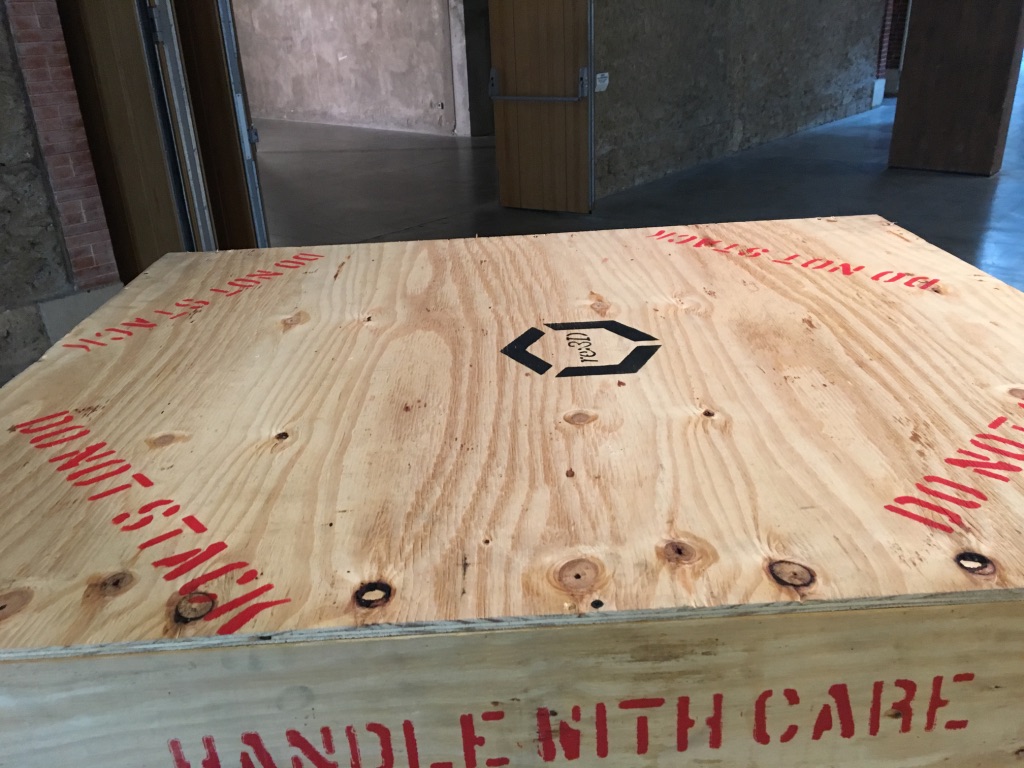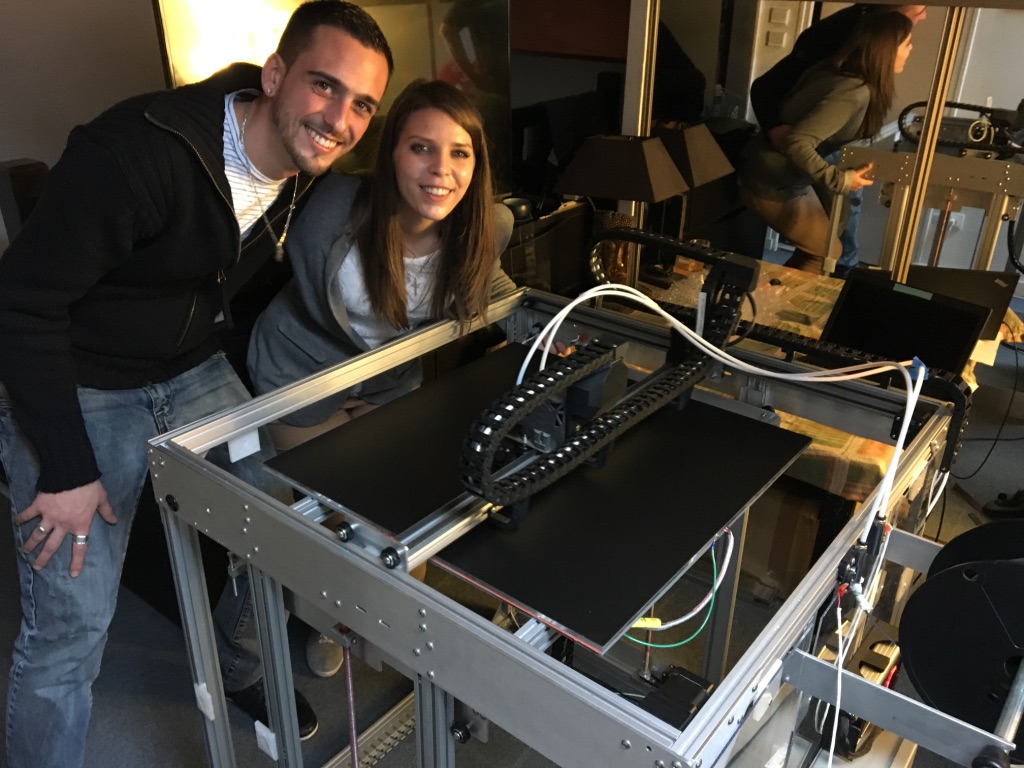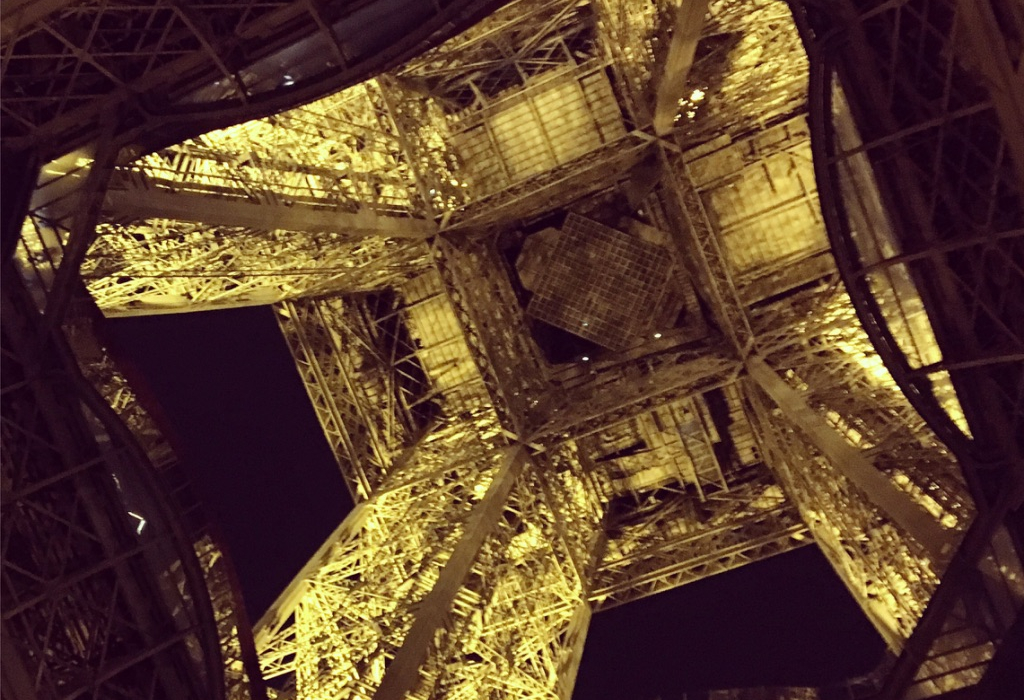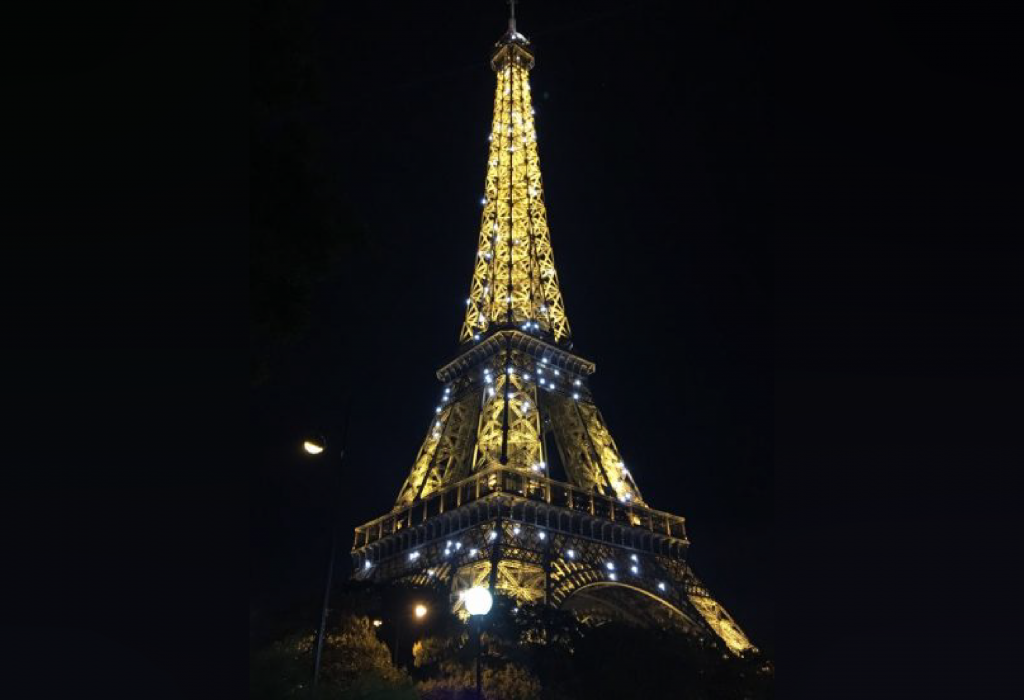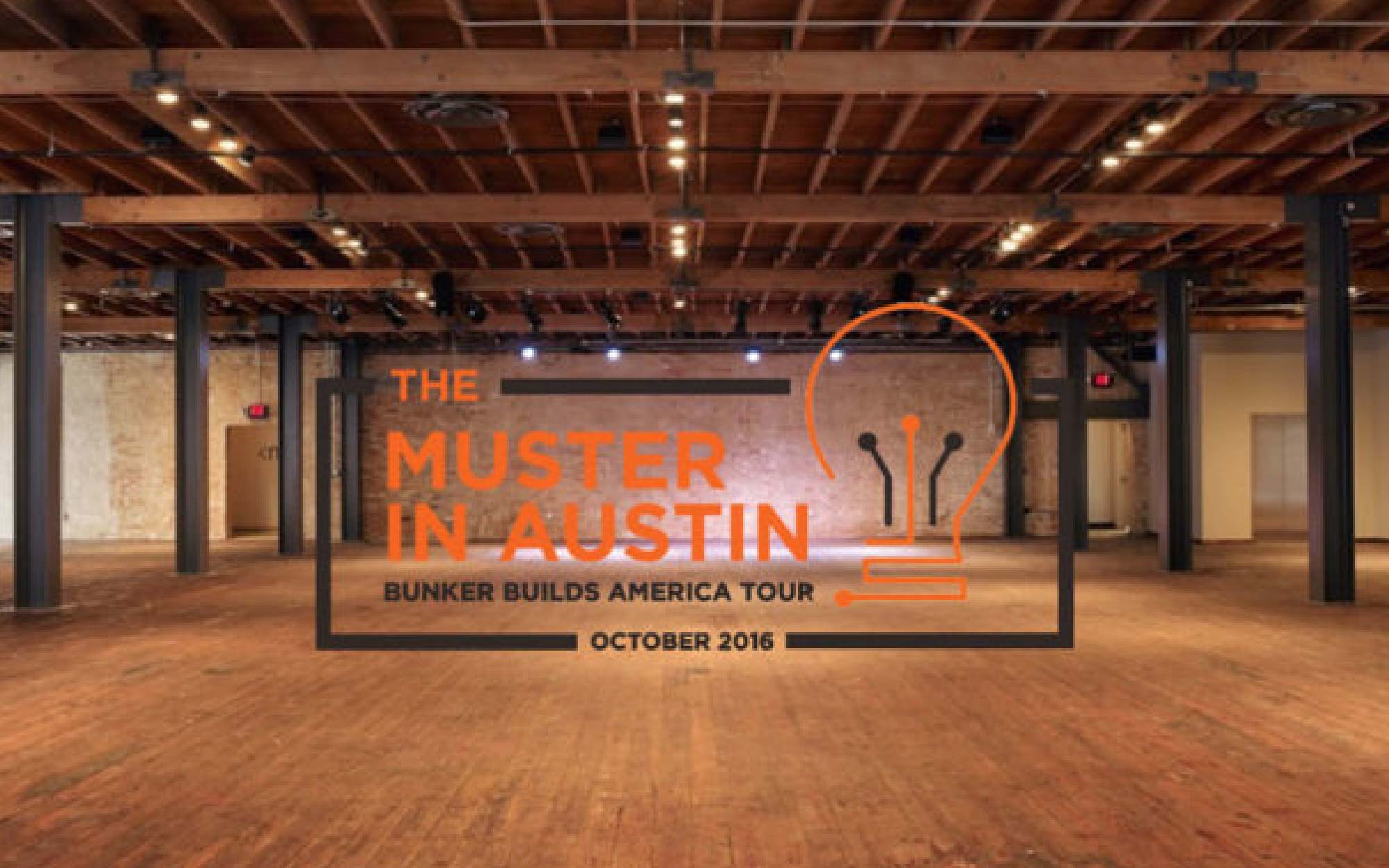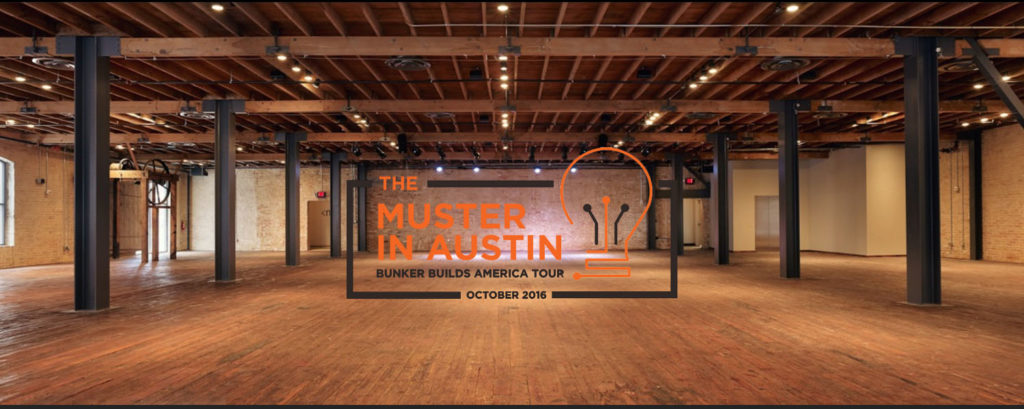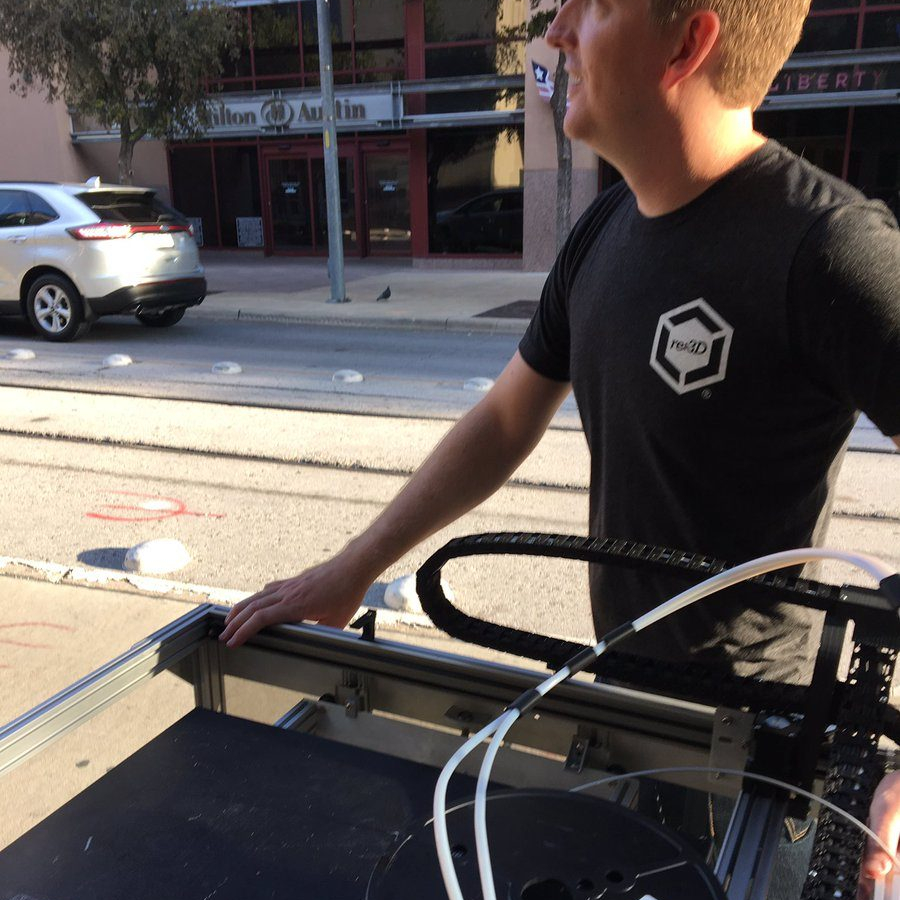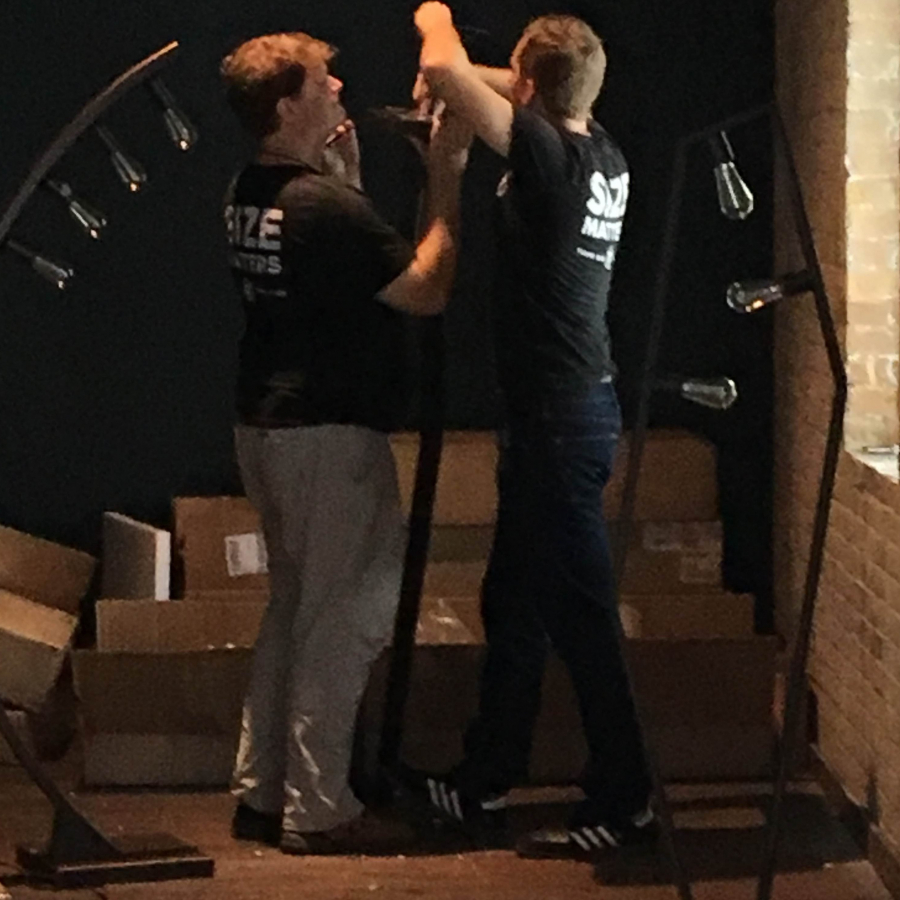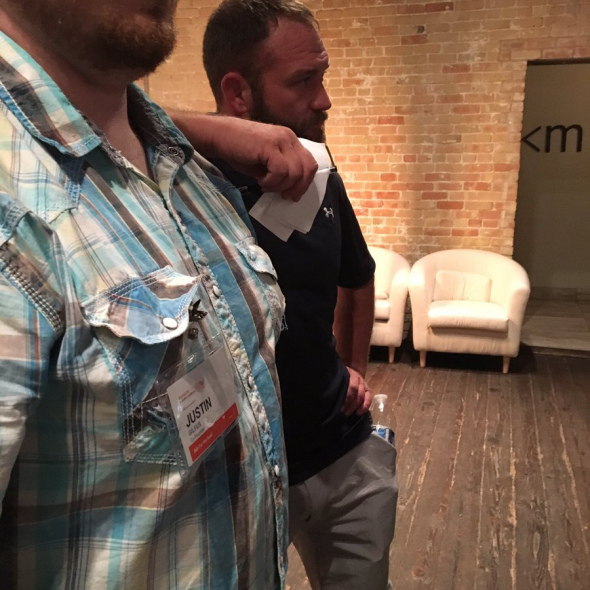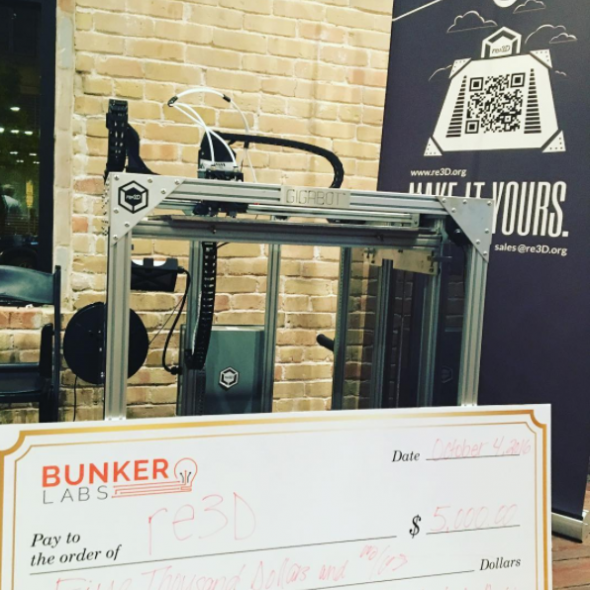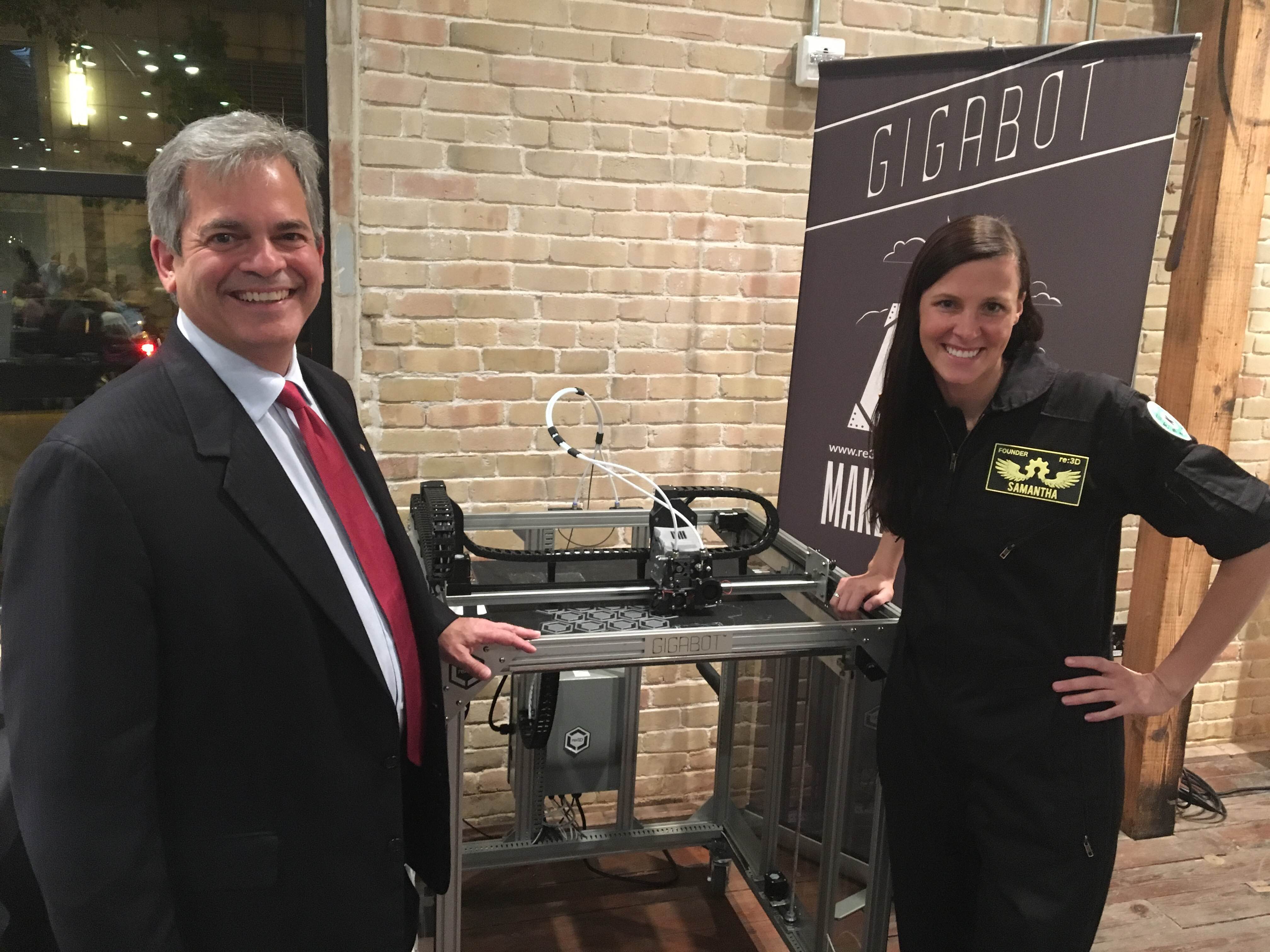re:3D is a proud and active member of America Makes, an organization which works to accelerate the adoption of additive manufacturing (AM) and supports global U.S. manufacturing competitiveness as one of nine Manufacturing Innovation Institutes (MIIs) operated by the Department of Defense (DOD). re:3D was invited by America Makes to join them in their expo booth at the 2025 Pacific Operational Science and Technology (POST) conference, recently held in Honolulu, Hawai’i. POST, hosted by the National Defense Industry Association, provides a venue for collaboration between the DOD, academia and industry to address challenges within the Indo-Pacific theater.
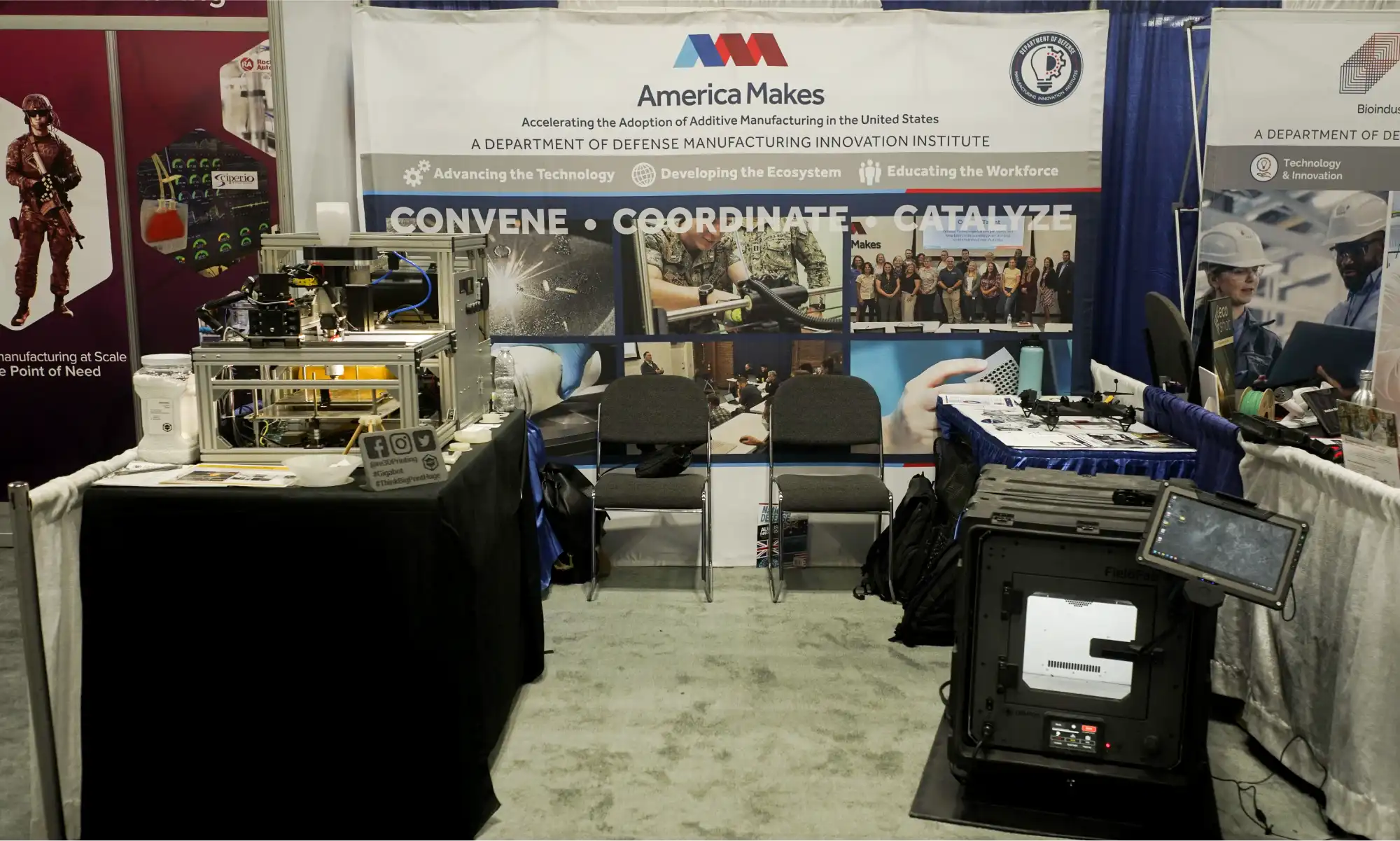
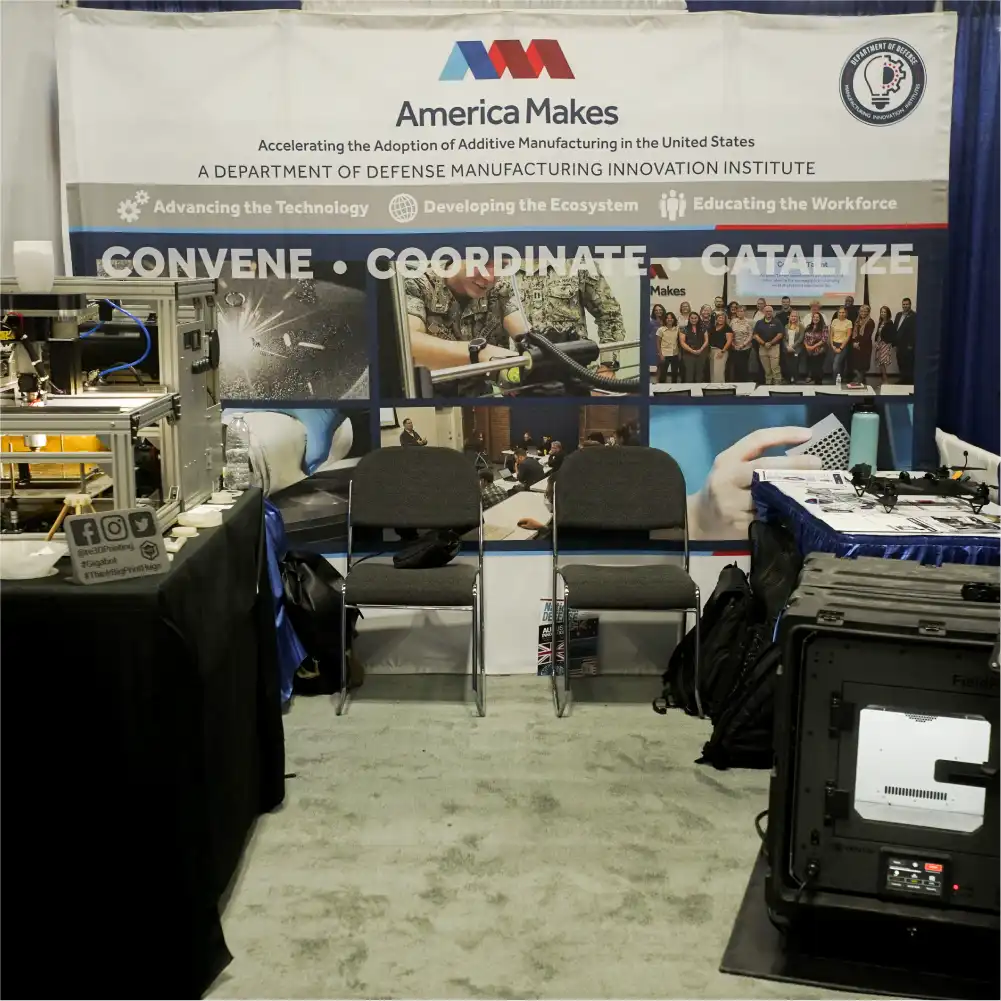
During the expo, re:3D displayed and demonstrated a system under development for NASA to convert logistics waste into articles of need in space, along with discussing the company’s several Gigalab projects. (You can read a bit more about those projects in a previous blog post here.) There was a positive response to these projects with good feedback and some new contacts and references to follow up with for future collaborations. The America Makes team, including their representatives at POST, Ed Herderick and Kimberly Gibson, were fantastic partners and hosts.
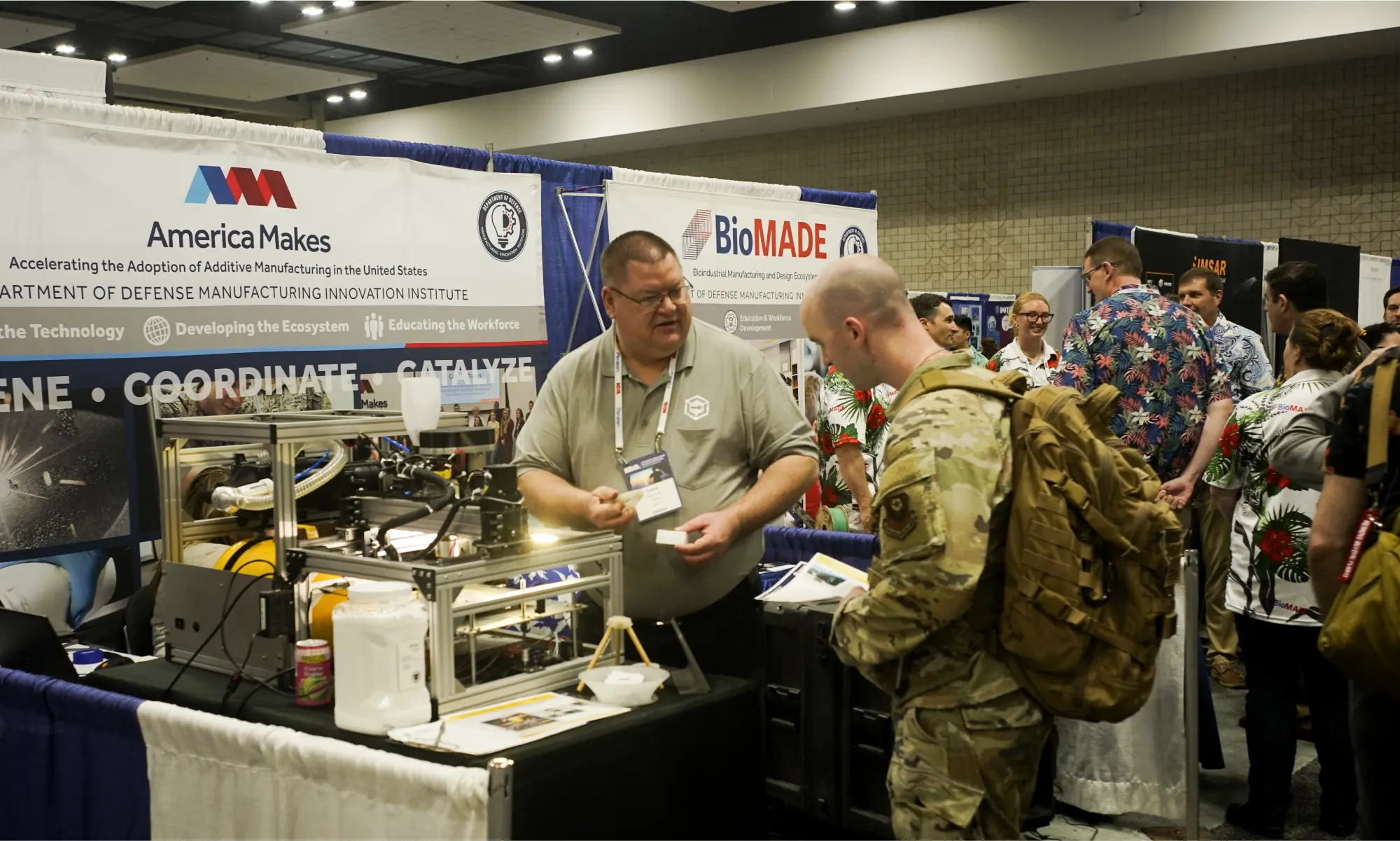
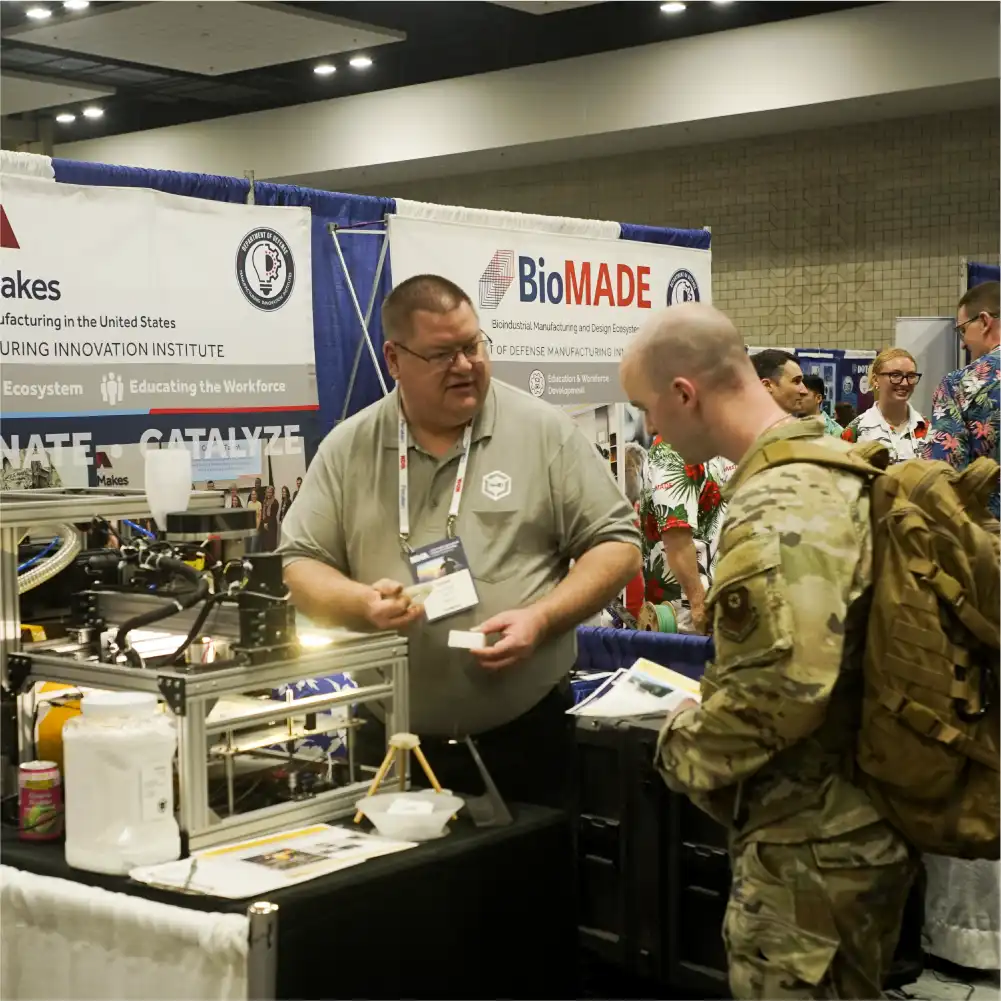
Also sharing the booth was another America Makes member company, Craitor. The team at Craitor has worked closely with units across service branches to develop an expeditionary 3D printer capable of operating in extreme environmental conditions. Their FieldFab printer can keep printing while being violently jostled in the back of a moving truck, caught in a -40°C blizzard or drenched in a tropical monsoon. Their booth display has the FieldFab mounted on a wobble-table so you can kick the printer while it’s running – something we’ve probably all wanted to do at one time or another. It was great meeting Eric Shnell, Dan Valdes and Will Landry at the event. The re:3D team wishes them all continued success.
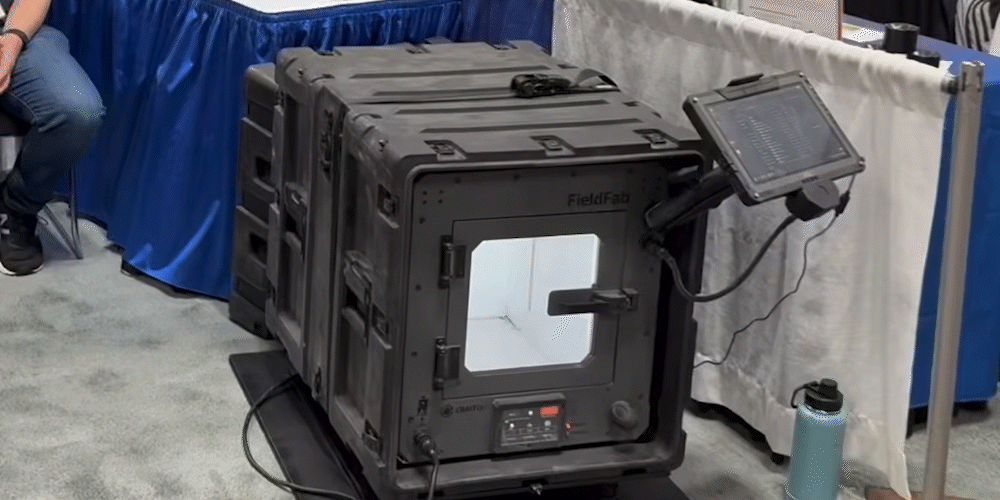
Midweek, after the expo was over, Kimberly Gibson arranged for re:3D to visit Min Plastics & Supply, a family-owned sheet plastics distributor and custom manufacturing company. Andrew and Aaron Min were gracious hosts and discussed possibilities for recycling drops and swarth from their manufacturing processes and using additive for creating custom sign mounts, skylights and tooling. Manufacturing and distributing in the middle of the Pacific Ocean has a whole range of challenges and opportunities to explore, and we look forward to further discussions with the Min Plastics family.
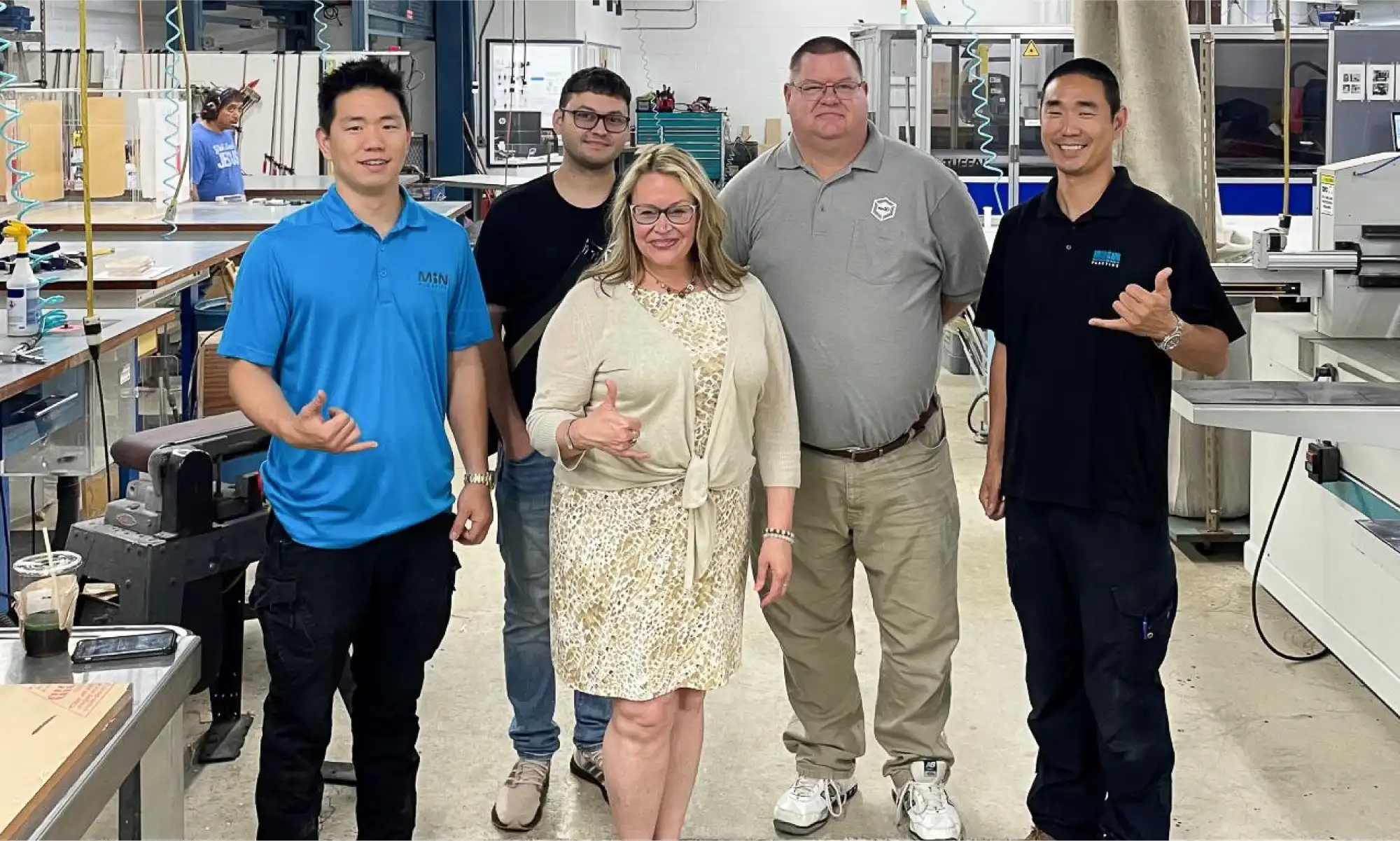
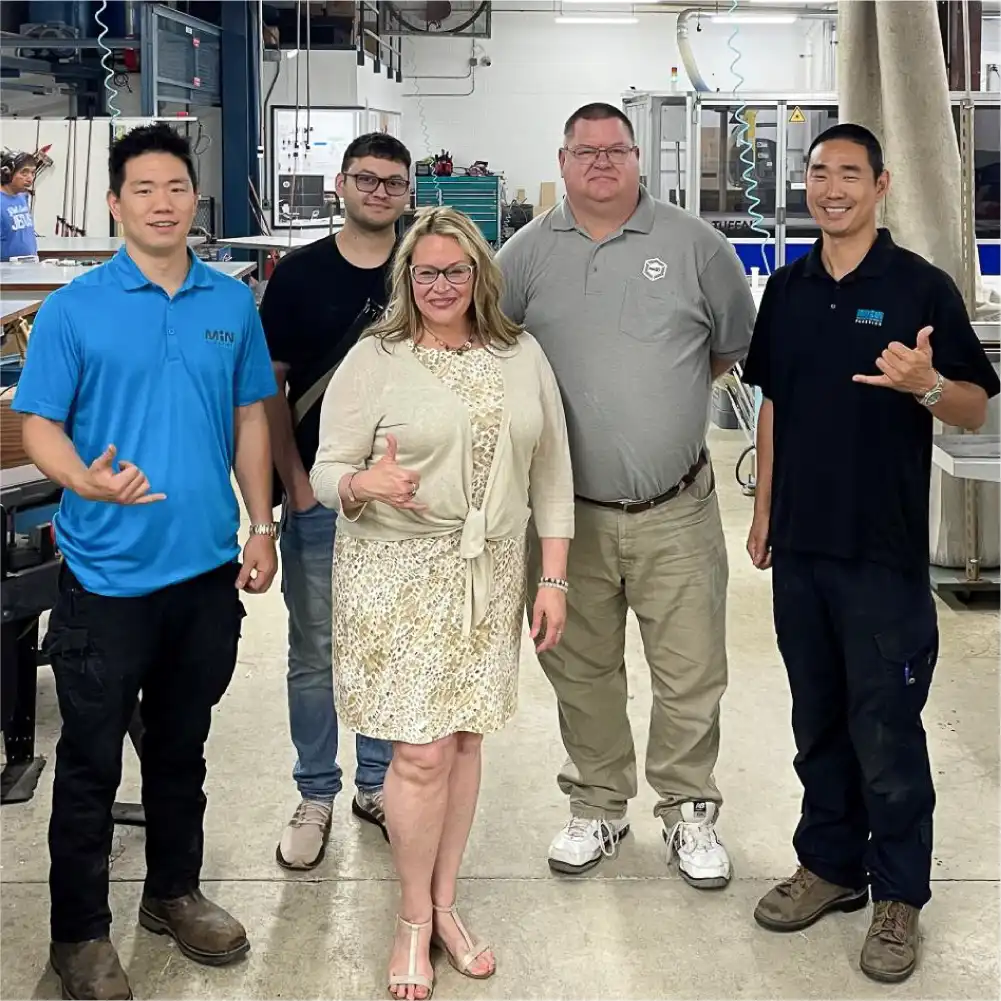
re:3D was also honored to be selected as a demonstrator for the POST Field Experimentation (POST FX), held at the end of the conference at the Marine Corps Base Hawai’i, Kane’ohe Bay. The purpose of POST FX is for demonstrators (mostly government organizations, military units and private companies) to demonstrate technologies or capabilities which support the Indo-Pacific area of responsibility, including priorities for advanced manufacturing and contested logistics which are addressed by re:3D’s Gigalabs and other point-of-need tools using recycled materials. We shipped a granulator and a GigabotX printer to Hawai’i for the POST FX event and demonstrated printing mini drone bodies from reclaimed drones. “Drones from Drones” was an attractive concept to the attendees who stopped by to observe and learn more, including Mr. Michael Holthe – Performing the Duties of Assistant Secretary of Defense for Science and Technology, Office of the Under Secretary of Defense for Research and Engineering.
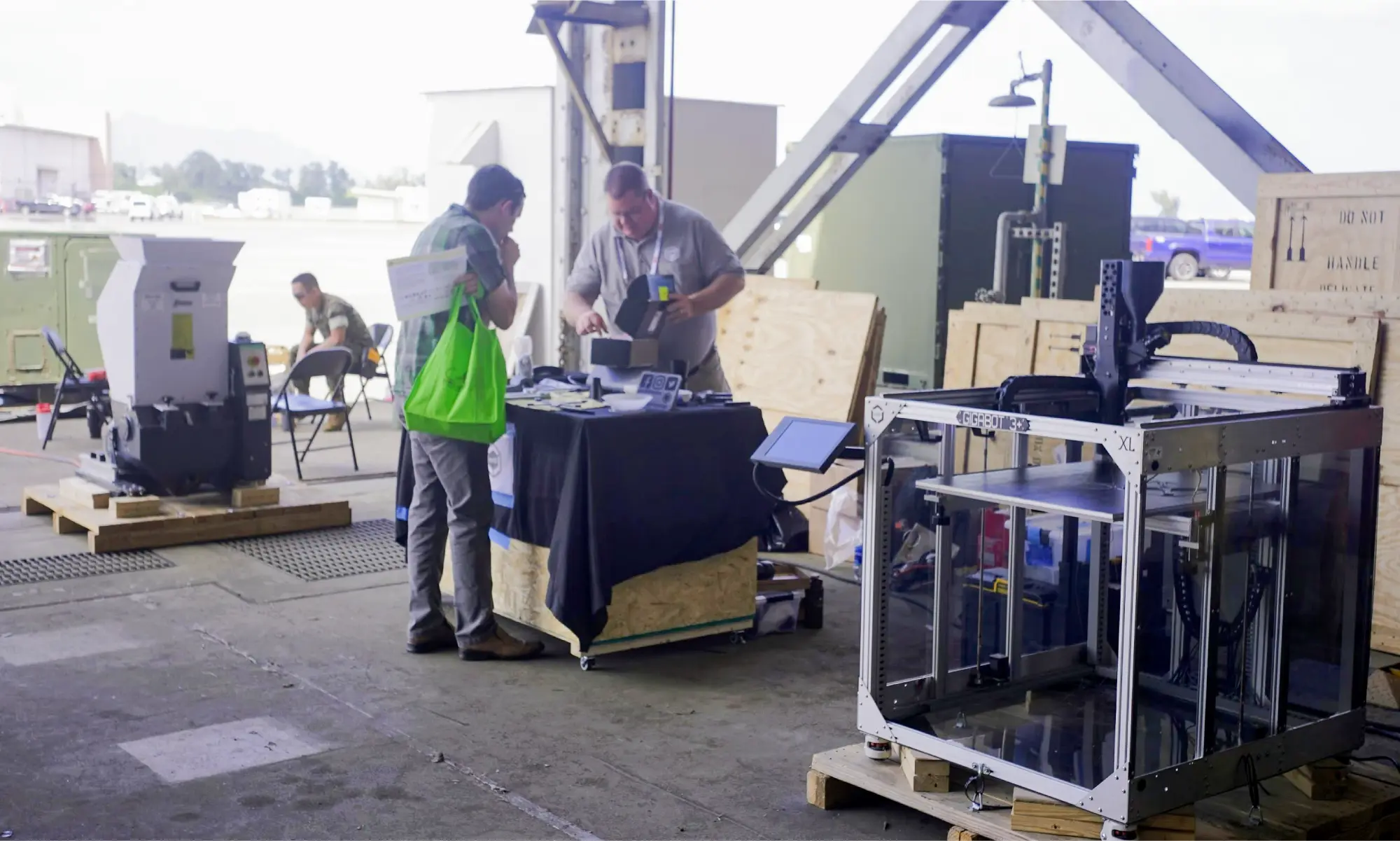
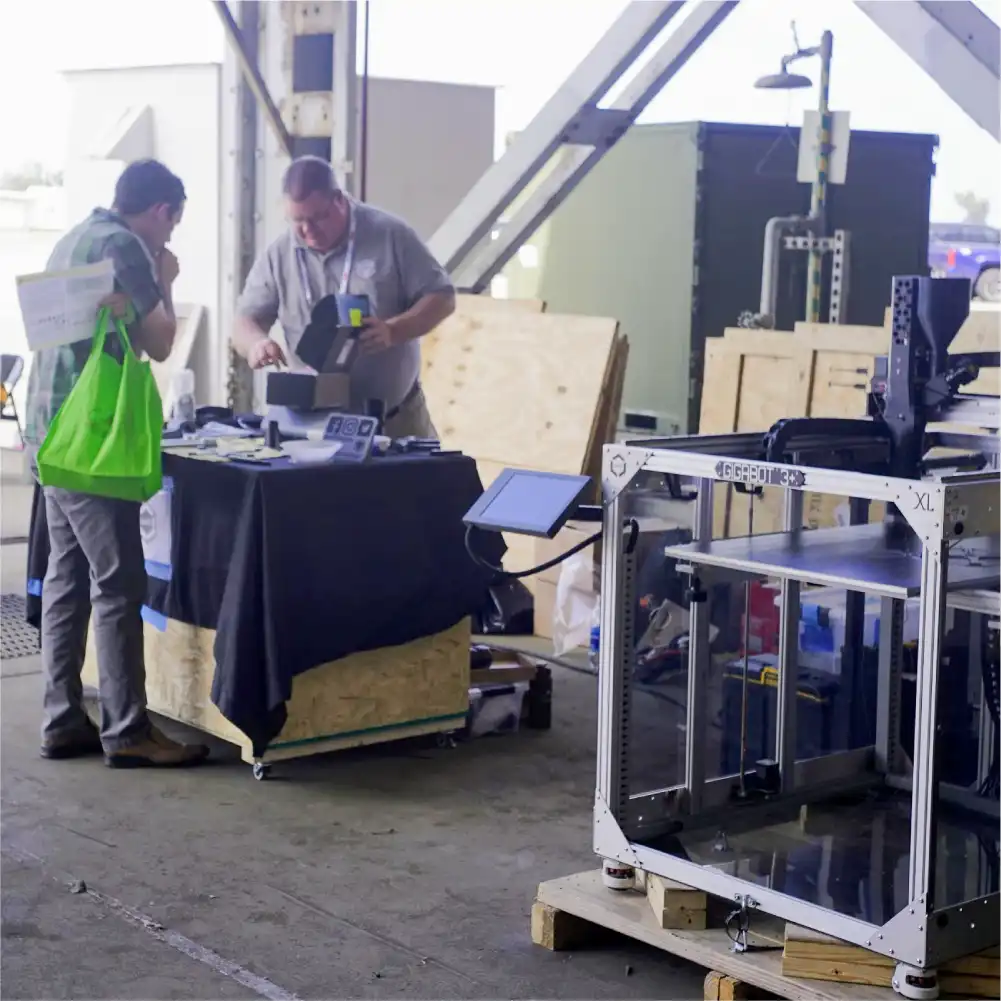
While in Hawai’i, we were obligated to do a little sight-seeing, and of course we went to a luau. Mike is never one to stop working, so he took the opportunity during the show to scan a large tiki near the stage at the Aloha Tower in Honolulu. He cleaned it up and posted it for all to share and print as his weekly “Free Print Friday” on Thingiverse. You can find the model file here. Mike also scanned the anchor from the USS Arizona on display at the Pearl Harbor National Memorial and has it published here.
Polynessian tiki statue at the Aloha Tower plaza in Honolulu, Hawai’i.
The island of O’ahu presented jaw-dropping views everywhere, and the people there really do have a special ‘aloha spirit’, all of which made the looong plane ride worth it. It’s no wonder that Hawai’i is such a popular vacation destination.
Beaches. Lots of beaches.
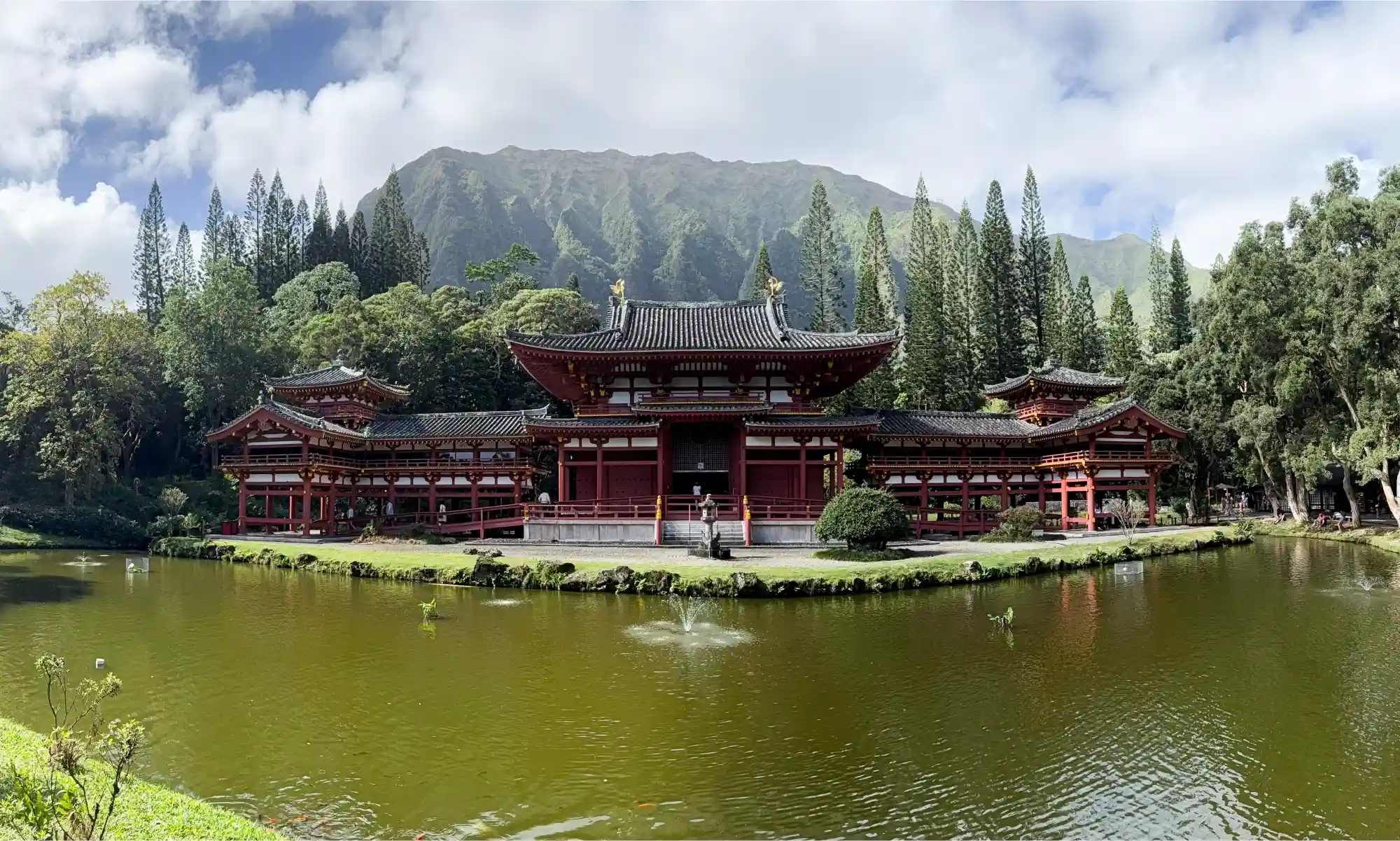
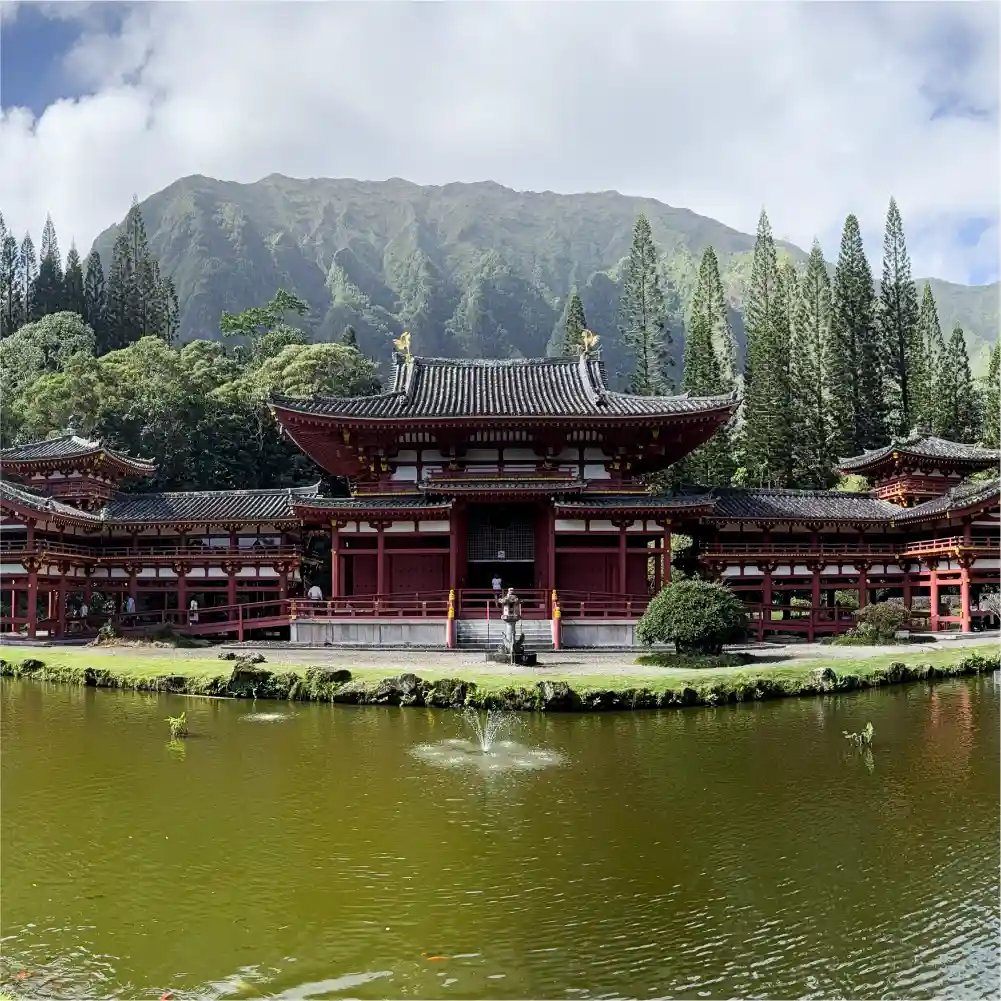
Sunset at Waikiki Beach, Honolulu,Hawai’i.
Until next time, Happy Travels and Happy Printing.
Patrick Ferrell & Mike Pujols
Blog Post Author
